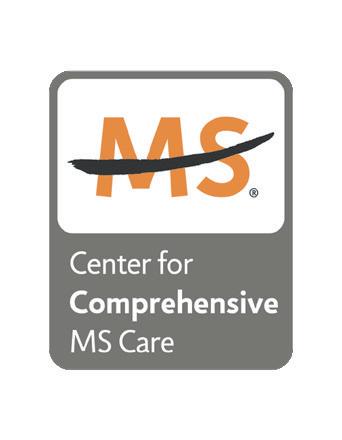








It’s about more than just weight loss. It’s about reducing your risk for serious conditions like heart disease and diabetes — and regaining the stamina, mobility and confidence to take on every day.
Crouse’s bariatric surgery program offers a dedicated team of physicians and providers, as well as psychological and nutritional counseling — all with the expertise to support you every step of the way.
Begin the process from home by viewing our online informational video. Then consult with our bariatric team via telemedicine visits to start your journey. It’s time — and now easier than ever.







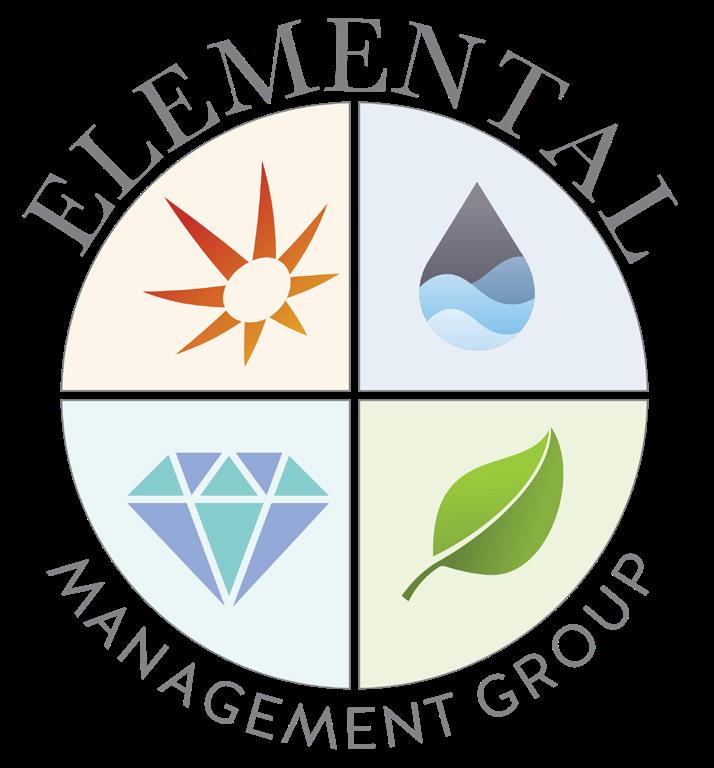
We are growing and have exciting career opportunities in the health care industry.
available positions.
We are growing and have exciting career opportunities in the health care industry.
We are growing and have exciting career opportunities in the health care industry.
To join our talented, professional team, please visit one of our care facilities career pages for available positions.
A company philosophy that speaks to a continual process of individual and collective development to improve our well-being, quality of life and personal relationships.
Life in balance.
To join our talented, professional team, please visit one of our care facilities career pages for available positions.
A company philosophy that speaks to a continual process of individual and collective development to improve our
Our Mission.
Life in balance.
Life in balance.
Our Mission.
To provide people in our community with healthcare, customer services, support & employment to achieve their individual best quality of life.
Our Vision.
quality of life and personal relationships.
A company philosophy that speaks to a continual process of individual and collective development to improve our well-being, quality of life and personal relationships.
A company philosophy that speaks to a continual process of individual and collective development to improve our well-being, quality of life and personal relationships.
To redefine skilled nursing care through successful team development, use of technology, progressive service and being a strong community partner.
Our Mission.
Our Mission.
Our Team.
To provide people in our community with healthcare, customer services, support & employment to achieve their individual best quality of life.
Registered Nurses
Licensed Nurses
Our Vision.
To provide people in our community with healthcare, customer services, support & employment to achieve their individual best quality of life. Our Vision.
To provide people in our community with healthcare, customer services, support & employment to achieve their individual best quality of life.
Our Vision.
Our Team.
Physical Therapists
Occupational Therapists
17 Sunrise Drive Oswego, NY 13126 315-342-4790 | www.morningstarcares.com
RESIDENTIAL CARE CENTER
17 Sunrise Drive Oswego, NY 13126 315-342-4790 | www.morningstarcares.com
220 Tower Street, Waterville, NY 13480 315-841-4156 | www.watervillecares.com
To redefine skilled nursing care through successful team development, use of technology, progressive service and being
Registered Nurses
To join our talented, professional team, please visit one of our care facilities career pages for available positions. 17 Sunrise Drive Oswego, NY 13126 315-342-4790 | www.morningstarcares.com 220 Tower Street, Waterville, NY 13480 315-841-4156 | www.watervillecares.com
RESIDENTIAL CARE CENTER
132 Ellen Street, Oswego, NY 13126 315-343-0880 | www.thegardensbymorningstar.com A ssist ed Living Community
To redefine skilled nursing care through successful team development, use of technology, progressive service and being a strong community partner.
Licensed Nurses
To redefine skilled nursing care through successful team development, use of technology, progressive service and being a strong community partner.
220 Tower Street, Waterville, NY 13480 315-841-4156 | www.watervillecares.com
Speech Therapists
Physical Therapists
Our Team.
Social Workers
Our Team.
Occupational Therapists
Speech Therapists
Registered Nurses
Recreational Therapists
R ehabilitation and N ursing C enter
Registered Nurses
Licensed Nurses
Dieticians
Social
Licensed Nurses
Nurse Aides
Physical Therapists
Physical Therapists
Occupational Therapists
Occupational Therapists
Speech Therapists
Speech Therapists
Social Workers
Social Workers
Recreational Therapists
Dieticians
Nurse Aides
100 St. Camillus Way, Fairport, NY 14450 585-377-4000 | www.aaronmanor.com
132 Ellen Street, Oswego, NY 13126 315-343-0880 | www.thegardensbymorningstar.com
Get The Upstate Advantage for your heart. Our united expertise brings you advanced technology and streamlined care. As the Upstate Cardiovascular Group, we provide connections to research and surgical care.

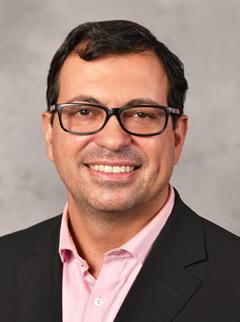
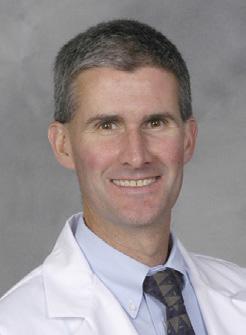
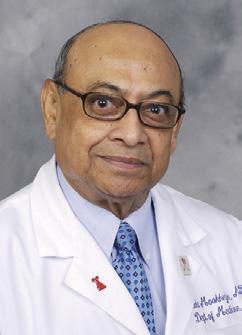

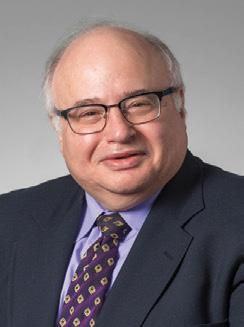

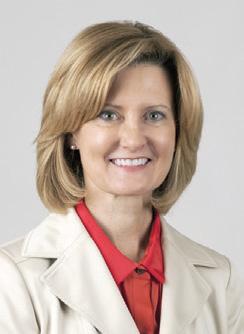
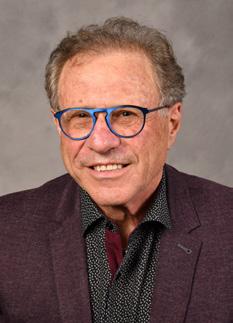
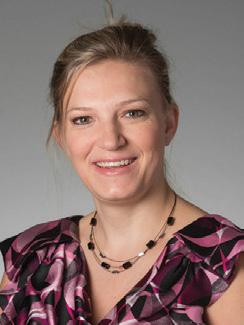
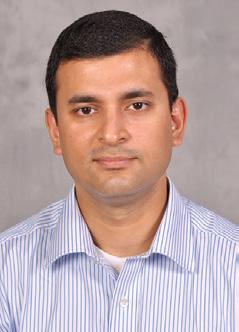

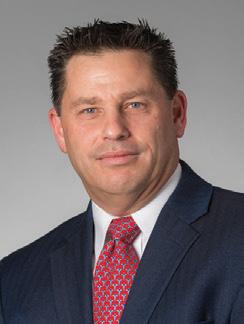


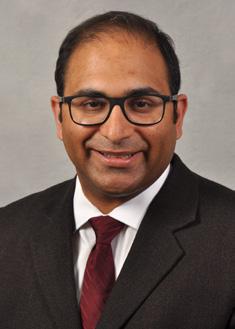
OUR UPSTATE CARDIOLOGY TEAM CONTINUES TO GROW.
P H YS I C I A N S F RO M TO P L E F T:
Larry S. Charlamb, MD
Mark J. Charlamb, MD
Jorge Davidenko, MD
Christopher A. Nardone, MD
Michael Fischi, MD
Charles Perla, MD
Theresa Waters, DO
Andrew M. Weinberg, DO
Timothy D. Ford, MD
Robert L. Carhart, Jr., MD
Debanik Chaudhuri, MD
Hani Kozman, MD
Sakti Pada Mookherjee, MD
Amy Tucker, MD
Daniel Villarreal, MD
Kiran Devaraj, MD
Srikanth Yandrapalli, MD, FACC
Courtney Maxey-Jones, MD
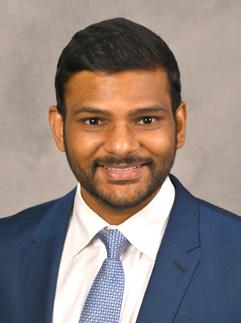

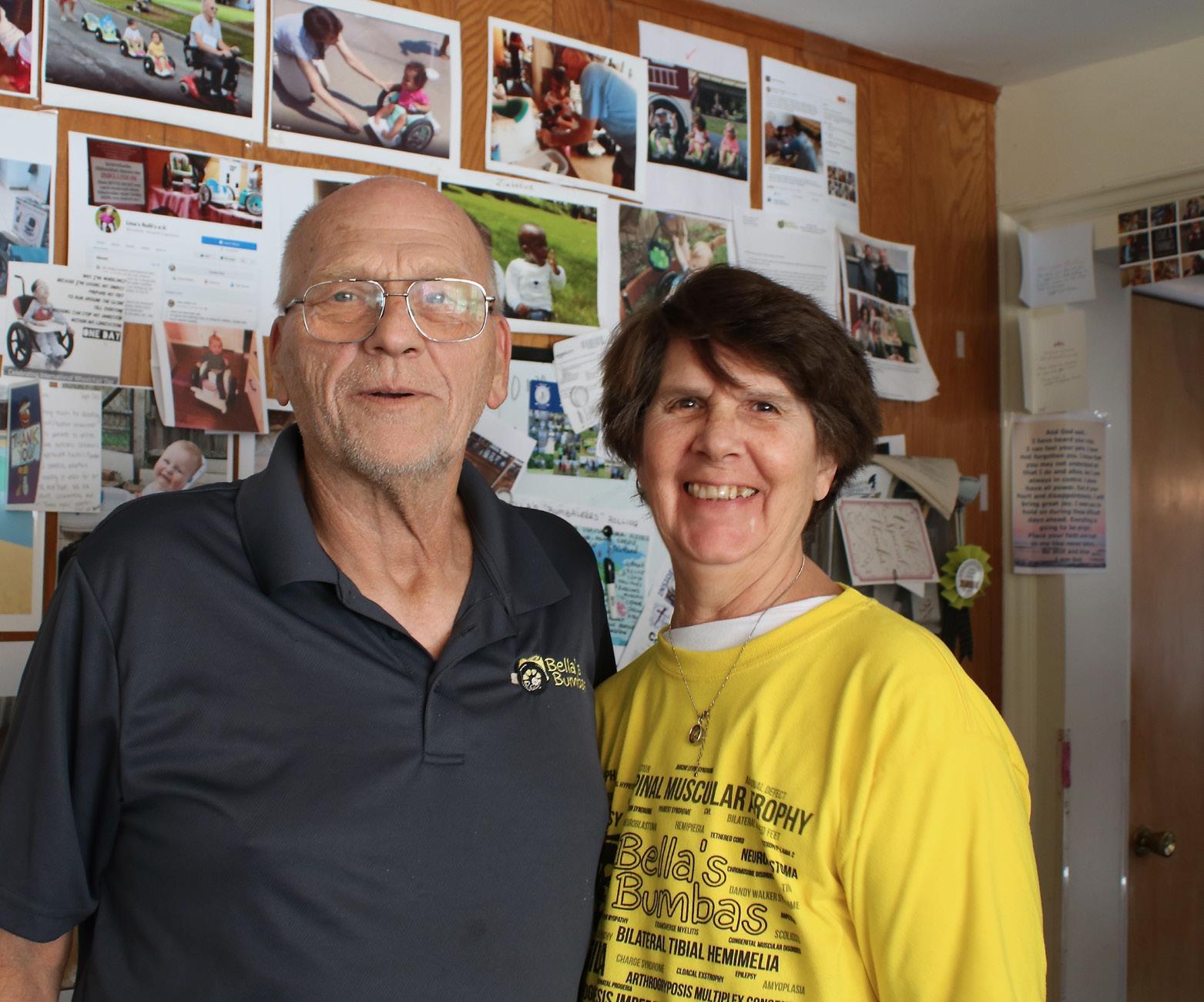
• From Hofmann hot dogs to Gianelli sausages: pick your favorite brand
• Part of retirement is to learn how to spend, experts say
• Do you live for the weekend? That’s one of the 12 signs you may be ready to retire
• Husband-and-wife team helps kids with disabilities around the world 24 Pets Things you can do to protect your pets from the hot weather
26 Chess
• Chess players work to promote the game of chess in local schools
28 Cover
• Chef Shelly Witchley brings casual and fine dining experiences to clients in Central New York
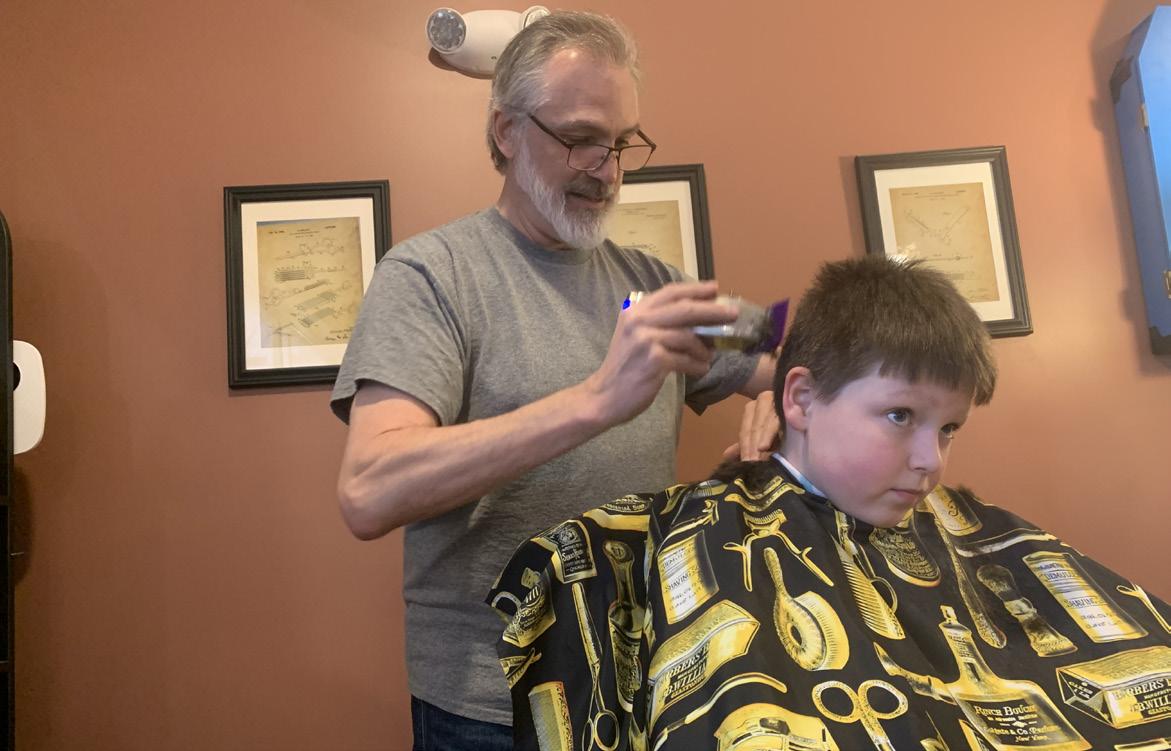
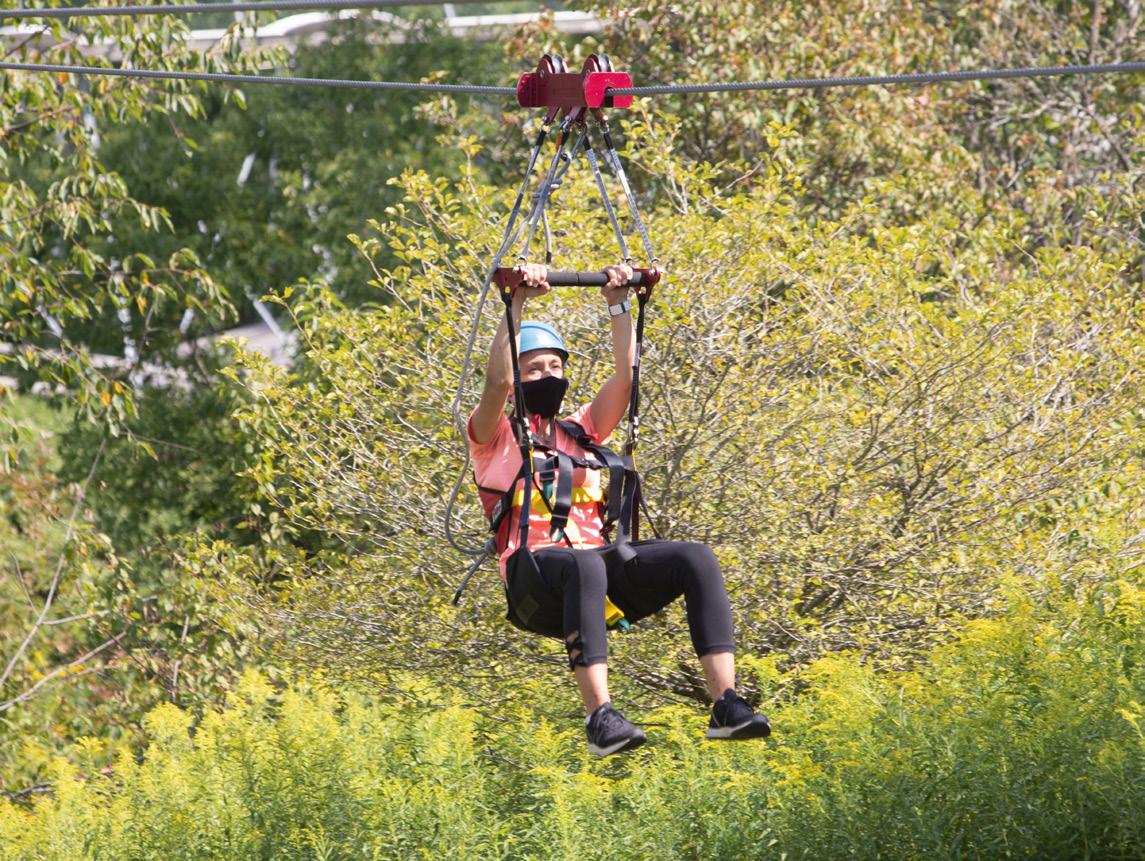
• Sandy Shutter runs a boutique inside historical Willard Memorial Chapel
Former NYS trooper makes the cut in his new career
• Toastmakers Club helps member to sharpen their speaking skills
• Price Chopper store manager retires, has the distinction of being the longestworking store manager within company
• Biking, zip lining and more 52 Your Health
• Turning 55? Check these 10 tests; skin cancer: how to spot signs; vitamin D: too much can be bad for you
58 Profile
• Susan Brown of Center for Better Bones
Cheff Shelly Witchley cooks in her Fayetteville kitchen on May 6. Photo by Chuck Wainwright.
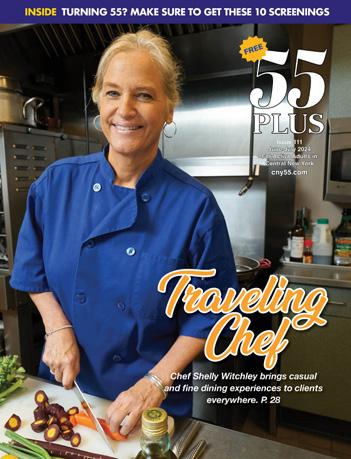
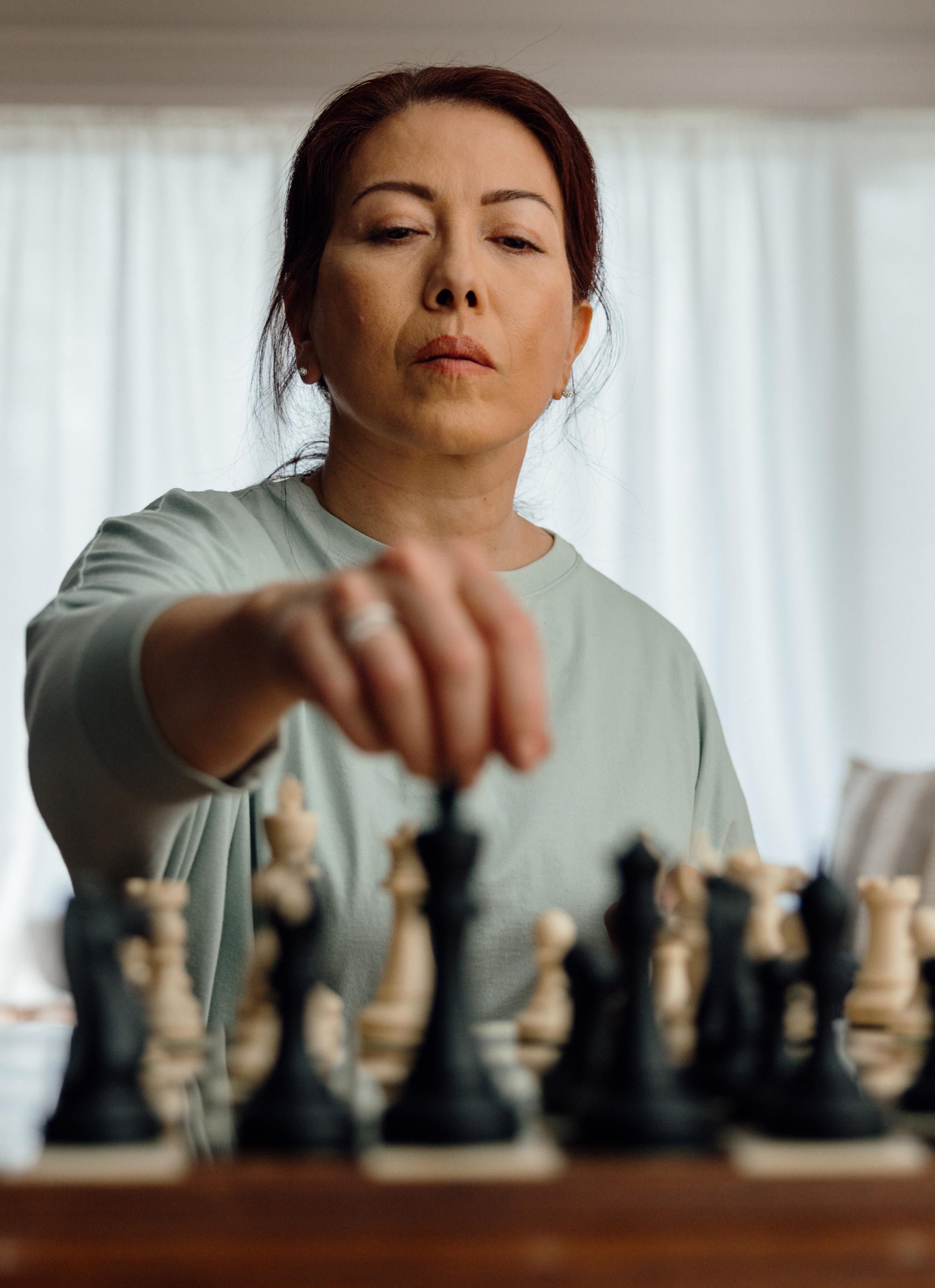

 ABy Jim Miller
ABy Jim Miller
dream vacation can turn into a real nightmare if you get ill or injured while you’re away and aren’t prepared. Before setting out, here are some tips to help ensure a safe and healthy trip.
• Get prepared: Before you go, talk with your doctor about your travel itinerary and what precautions you need to take before traveling. You should also have your doctor’s contact information with you when you travel, as well as a list of the medications you’re taking in case you need emergency medical care while you’re away.
It’s also a smart idea to locate health clinics or urgent care facilities near the areas you’re visiting. Your hotel can help you with this or a simple internet search can identify nearby health care services. If you’re traveling abroad, the U.S. consulate or embassy in the countries you’re visiting (go to step.state.gov to enroll your trip) is a good place to get a referral. Or use the International Society of Travel Medicine’s directory at ISTM.org.
If you’re traveling outside the U.S., you also need to find out the health conditions of the country you’re visiting and what, if any, vaccinations or preventive medications are recommended. See CDC.gov/ travel or call 800-232-4636 to get this information.
• Check your insurance: If you have private health insurance or a Medicare Advantage plan through an HMO or PPO that covers in-network doctors only, check your plan to find out what’s covered if you need medical care when traveling outside your geographic area.
Beneficiaries that have original Medicare are covered everywhere in the U.S. But if you’re traveling abroad, you won’t be covered outside the U.S. and its territories except in rare circumstances, although some
Medicare Advantage plans and some Medigap supplemental policies do provide limited coverage. Most private health plans don’t pay health care costs outside the U.S. either. Be sure to check.
Many retirees traveling abroad purchase travel insurance with medical coverage, which may cover expenses if you cancel the trip, need to be treated while traveling or need to be evacuated for medical care. Make sure the policy will also cover your preexisting medical conditions. To shop and compare policies visit TravelInsurance.com, InsureMyTrip. com or SquareMouth.com.
• Organize your medications: Make sure you have a sufficient supply of medications to last the entire trip.
If traveling by air, you need to pack your medicine in your carry-on bag, so if your checked luggage gets lost or misdirected you won’t be without. It’s best to keep your medications in their original containers to get through airport security without delays. It’s also a good idea to bring along a note from your doctor that explains why you take these medications, especially if syringes or other medical supplies are involved.
For airport security requirements visit TSA.gov – click on “Disabilities and Medical Conditions.” You can also call TSA Cares at 855-787-2227 prior to traveling with questions about screening policies, procedures and what to expect at the security checkpoint.
• Maximize technology: Keep a list of your medications and other important health and medical information handy on your smartphone so you can easily access and share it with emergency health care providers when you’re traveling. Some good apps that can help with this are Backpack Health (BackpackHealth.com) and Capzule (Capzule.com).
Editor and Publisher
Wagner Dotto
Associate Editor
Stefan Yablonski
Writers & Contributors
Deborah J. Sergeant
Mary Beth Roach, Kimberly Blaker
Andrew Rutter, John Addyman
Joe Sarnicola, Margaret McCormick
David Figura, Norah Machia
Tim Bennett
Jeffrey LaDuca, Ph.D., M.D
Columnists
Marilyn Pinsky, Jim Sollecito
Marvin Druger, Michelle Reed, Jim Miller
Advertising
Amy Gagliano
Pamela Roe
Tom Bachman
Office Manager
Allison Lockwood
Layout & Design
Angel Campos-Toro
Cover Photo
Chuck Wainwright
55 Plus: A Magazine for Active Adults in Central New York is published six times a year by Local News, Inc. at 185 E. Seneca St. P.O. Box 276, Oswego, NY 13126.
Subscription: $30 a year; $40 for two years
© 2024 by 55 Plus: A Magazine for Active Adults in Central New York. No material may be reproduced in whole or in part from this publication without the express written permission of the publisher.
P.O. Box 276
Oswego, NY 13126
Phone: 315-342-1182
Fax: 315-342-7776
Editor@cnyhealth.com
Email: editor@cny55.com
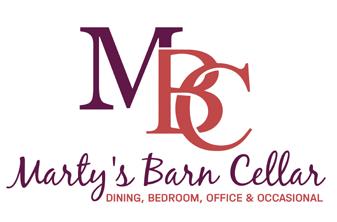



in
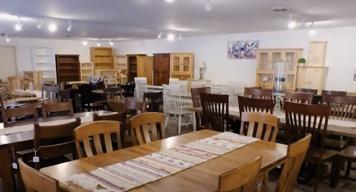

We’re in your corner in the fight against breast cancer.
“I
Through the Livestrong at the YMCA program, Laura Clary helps achieve the physical and mental wellness goals of individuals who have received a cancer diagnosis. With annual grants from Saint Agatha Foundation, she is also able to reduce the strains and stresses of unmet financial needs oftentimes experienced by local breast cancer patients, in particular. If your medical or nonmedical organization would like to provide financial support to CNY breast cancer patients – so they can focus on their fight, and not their finances – visit saintagathafoundation.org/for-providers to learn more and watch Laura’s complete interview. New provider partners are always welcome!

 Laura Clary, Health & Wellness Director
Laura Clary, Health & Wellness Director

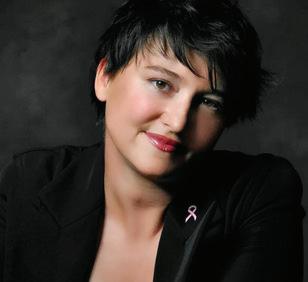
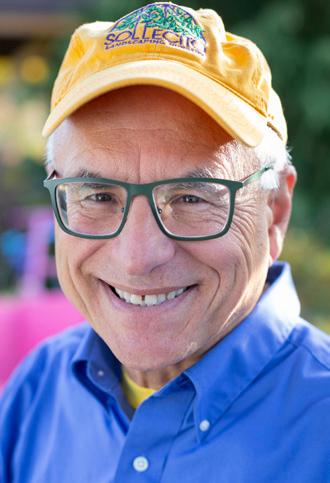 By Jim Sollecito
By Jim Sollecito

Occasionally we are privileged to attend events that affect us in ways we didn’t see coming.
Some emotional connections are so otherworldly they exist beyond description.
Our daughter Rachel and son-inlaw Angel’s recent beach wedding was one of them. Truly inspirational, their devotion and happiness were contagious, inspiring reactions so strong our eyes leaked uncontrollably for days.
Weddings of close relatives can be
utterly engaging. Our history, in part, contributes to or at least participates in the making of their story. Further, they can inspire us to see life beyond the moment, simultaneously projecting ahead and relating back to our own experience. Ties that bind.
We watch our adult children continue to grow as we navigate our own lives, much in the way we manage our gardens. The ongoing task is deciding what to keep and cultivate; what to remove and replace. Everything does change over time,
including ourselves.
As we enter our own new decades, we need to unlearn certain behaviors that hinder our personal growth. Behaviors that don’t help the cause. Believe me on that. Not every plant we started years ago should remain in our yard. Life is short. Let’s enjoy our surroundings and surround ourselves with what we enjoy.
When we look back on our own story, it’s hard not to envy who we were in the day, because we were fearless. We took on challenges, and marriage is indeed a loving challenge, and turned them into opportunities.
Perhaps now we’re a little wiser, gentler and not as unyielding.
Watching others embark on that early stage of joining their lives together reminds us that just because we placed part of us in a drawer someplace, we didn’t lose it. We can still pull it out and wear it again, just a little differently than before.
I delight in my old photographs of Megan, my only permanent crush, when we were just dating. Her hair was different and darker, but she always loved sweaters, summer and sunsets. Oh, and bicycles. Periodically I pick up one of my photo albums and go through one picture at a time, trying to remember the place and people in them. Just like my ancestors did. These days, scrolling through a small phone for a remarkable photo is akin to watching a movie like “Napoleon” on an iPad. Something is lost in that arrangement.
Some people believe in age as a timepiece; I believe in energy. Our current circumstances don’t determine where we can go. They merely determine where we will start next.
So, let’s consider how we’ll start our day and in the larger sense, how we’ll nurture our personal garden this year. There is so much beauty ahead of us. The inspirations are endless.
Jim Sollecito is the first lifetime senior certified landscape professional in New York State. He operates Sollecito Landscaping Nursery in Syracuse. Contact him at 315-468-1142 or jim@sollecito.com.
Q.: What is the estimated average Social Security payment that a person receives each month?
A.: The estimated average monthly Social Security benefit for a retired worker in 2024 is $1,907.00. The average monthly Social Security benefit for a worker with a disability in 2024 is $1,537.00.
Q.: My spouse doesn't have enough work credits to qualify for Social Security retirement benefits. Can they qualify on my record?
A.: A spouse receives one-half of the retired worker's full benefit unless the spouse begins collecting benefits before full retirement age. If the spouse begins collecting benefits before full retirement age, the amount of the spouse's benefit is reduced by a percentage based on the number of months before he or she reaches full retirement age.
Q.: I haven’t received my Social Security Statement in the mail the last few years. Will I ever get one again?
A.: We currently mail Social Security Statements (Statement) to workers age 60 and over who aren’t receiving Social Security benefits and do not yet have a personal my Social Security account. We mail the statements three months prior to your birthday. Anyone can access their statement online if they have a personal my Social Security account. We encourage you to create your own account at www.ssa.gov/myaccount and check your statement at your convenience.
Q.: I noticed that my date of birth in Social Security’s records is wrong. How do I get that corrected?
A.: To change the date of birth shown on our records, take the following steps: complete an application for a Social Security card (Form SS-5), show us documents proving: U.S. citizenship (if you have not previously established your citizenship with us), age and identity.































Hailing from Upstate, your picnic isn’t complete without these favorite brands.
By Deborah Jeanne SergeantIt may seem like locally founded brands like Hofmann hot dogs and Terrell’s potato chips are available everywhere; however, these brands and more are sold only across the region (unless one orders online). The following popular brands have become essential parts of Upstaters’ picnics.
HOFMANN SAUSAGE COMPANY, SYRACUSE
Grilled hotdogs are essential to many families’ picnics. Hofmann Hots are CNYers’ top choice. The Hofmann family emigrated from Germany to New York in 1861and founded a
meat market. By 1879, they settled in Syracuse and began establishing their line of authentic German franks, sausages, Snappy Grillers, beef jerky, Hunter Sticks, and condiments, the most recent of which is a line of relishes.
As far as Upstaters are concerned, the only other New York hotdog is Zweigle’s. In 1880, C. Wilhelm and Josephine Zweigle opened a butcher shop in

Rochester. The 5th generation of the same family now owns the business, making red and white, skinless and pop open hotdogs; franks, sausage, chorizo, Italian sausage, kielbasa, deli meat, meat balls.
GIANELLI SAUSAGE, SYRACUSE
A grilled sausage smothered in tender onion and green pepper brings flair to any picnic. Anyone in Upstate seeking an authentic Italian sausage looks

no further than Gianelli. Founded in 1946 by Lou and Gary Davis as G&L Davis Meat Company, the operation has grown to include sausage links, patties, ground sausage and coiled sausage in a variety of flavors under the Gianelli label.
A good sauce slathered on the meat goes a long way towards a delicious grilled meal. Many CNYers reach for Dinosaur BBQ sauces and rubs to boost the flavor of their picnics. The lineup of Dinosaur goods come from the restaurant chain of the same name. In 1983, founder John Stage and friends decided to sell high-quality food targeting bikers at the Harley Rendezvous, a motorcycle gathering near Albany. They called their mobile concession stand “Dinosaur” after “Dino,” one of the founders, and as a tribute to a Hank Williams song. The business remained mobile for five years until they settled in Syracuse. The restaurant side of the business has expanded to Rochester, Manhattan, Troy, Newark NJ, Brooklyn and Buffalo. Dinosaur also caters with mobile barbecue food trucks. But if you can’t get out to Dinosaur location, their bottled sauces and rubs can bring the flavor home.

In the 1800s, Irish salt miners in Syracuse prepared small, new potatoes for their lunch by boiling them in salt. The result was not unlike a baked potato with crisp skin and tender but not mushy flesh inside. A little more than 100 years ago, entrepreneur John Hinerwadel began serving salt potatoes along with their other clambake fare at Hinerwadel’s Grove, his restaurant in Syracuse. His success made salt potatoes a summertime staple in CNY. Bags of Hinerwadels’ potatoes —then sold at grocers throughout the region — became a must-have for anyone hosting a cookout. Although the Hinerwadels
stopped serving their clambakes in 2018, the tradition of salt potatoes continues at picnics across Upstate.
Refreshing beverages are always a welcomed part of every picnic. An Upstate favorite, Adirondack has been leaving condensation rings on New York’s picnic tables since 1967. The classic flavors are still available— orange, black cherry, cola, ginger ale, root beer and cream soda—along with newcomers. These include sparkling water and Frannie’s, a sparkling beverage with vitamins, antioxidants, energy and no sugar. Adirondack sources from a local protected glacial aquifer.




In 1946, William Terrell founded Terrell’s Potato chips, a company now operated by his grandson Jack Terrell. The chips come in original, ripple, barbecue and “Syracuse Style” flavors. Terrell’s acquired Jean’s potato chips. Remember them, the ones in the blue (original) or red (ripple) boxes? But Jean’s is no longer in production.
What else could you dip your Terrell’s into than Heluva Good! brand dip? It originates from Heluva Good!, a cheese company founded in Sodus, Wayne county in 1925. A customer tasting the new product exclaimed, “That’s a hell of a good cheese!” and the brand earned its moniker. Although now part of HP Hood, LLC, the dip and condiments parts of the company are in Arkport. The dip flavors include French onion, bacon horseradish, buttermilk ranch, bodacious onion, jalapeno cheddar, and white cheddar bacon.


Part of retirement is to plan on how to spend money saved over the years, an expert saysBy Deborah Jeanne Sergeant
Are you ready to retire? Sure, you may have 401ks, IRAs and other investments lined up for your retirement nest egg, but that’s not all you need, according to area financial advisers.
want to spend more time with family and friends.”

For one thing, you need to be ready to spend instead of save.
“Even if someone is financially stable, which is definitely subjective, they are always apprehensive about retirement because they are conditioned to receiving a paycheck and at retirement that stops,” said Cynthia Scott, financial adviser and owner of OMC Financial in DeWitt. “If they are working with an adviser, they need to begin to plan at least six months for the retirement. I have many clients who begin one year before.”
Another reason to retire is feeling like they’re ready to step away from their career. Even with a stressful job, that can be tougher than what it seems. Scott said that is feeling like you’ve accomplished everything you want to and it’s time to pass on the baton.
Considering your health is also important. People in poor health may want to retire so they can better care for themselves and also enjoy the remaining years they have left.
“Everyone knows someone who has either died early or is fighting a medical condition,” Scott said. “They begin to assess their longevity and
Planning what to do is as important as how to fund it. For example, many people find fulfillment in volunteering for causes which they feel passionate about — a much better way to pass their days than merely watching TV or aimlessly puttering around the house.
“One mistake people make about retirement is believing that they have enough to do every day,” said Vicki R. Brackens, chartered financial consultant and president and financial planner at Brackens Financial Solutions Network, LLC in Syracuse. “Particularly for individuals who had busy work schedules all of their lives. I ask, ‘What are you going to do with your time each day?’ We have things to do for three months. That’s the ‘honeymoon’ of retirement. What are you going to do every day? Pencil it out. One reason there’s a high level of dissatisfaction in retirement is there’s no plan for their time. If we haven’t figured it out, it may not be time to retire yet.”
Brackens said that includes mental stimulation as well, so that retirees remain engaged.
Where to go also matters. Brackens encourages those soon-to-be retirees to decide where they want to live — not a decision to make likely. Visiting a potential home on vacation doesn’t
necessarily mean it will be a good place to live fulltime.
“It’s very costly to move across the country and move back,” she said. “Do you know about the services, the culture, the healthcare systems and the weather? Florida sunshine looks great but it’s also hot. Will you miss having four seasons? How good are you at making new friends? Do you have support systems in place? Creating how you’ll live your life and where, you should take as much care with those as your finances. We took years to build your financial plans. You should spend more than a couple of weeks deciding where to live.”
Many charities need volunteers to support their mission.
You need to have a personal reason to retire. Caring for elderly parents or grandchildren or supporting a spouse who is launching a business or other sizeable endeavor can all contribute to the need to scale back and retire.
Randy L. Zeigler, certified financial planner and private wealth adviser for Ameriprise Financial Services, LLC, Oswego, said that many people tend to know it’s time to retire when “they hate their jobs and want to wake up to do something different every day.”
Another reason could be to move closer to family members, requiring them to quit their current position. If they’re close to “retirement age,” that

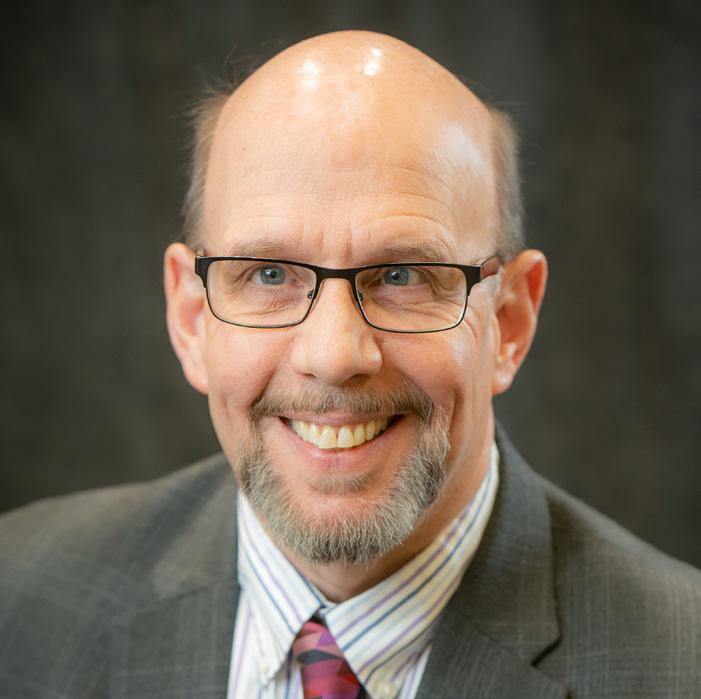

Farrell's Funeral Service has been serving the Auburn, New York area with compassion and respect since 1927. Our deep roots in the community are a source of pride, as we grow side by side with the families we serve.
Let our dedicated and supportive staff guide you through this difficult journey. We take pride in doing our absolute best to ensure your needs are met.


may be enough to tip the scale.
Zeigler also said that for some people, “the financial rewards of their current employment arrangement are no longer worth the stress and physical toll it is taking on them, their spouse or their marriage.”
He encourages people on the cusp of retiring to consider how they’ll socialize once they retire. With those ties severed, many people lack the network that work friends provide.
“Men in particular, often undervalue socialization issues until they no longer have the same work friends and regular acquaintances that they had before they retired — often to their own detriment,” Zeigler said.
Senior Companion Volunteers assist older adults living at home and give respite to caregivers
Our Senior Companions serve Onondaga, Cayuga, Oswego, and Madison counties.
One to One Volunteers are matched with nursing home residents, to spark joy and social connection
Our volunteers reach older adults who don’t have regular visitors.

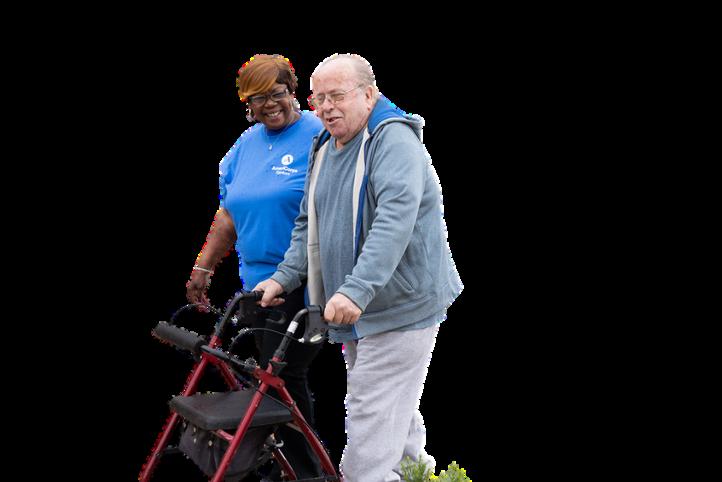
Join a gym, club, body of faith or other group. Taking a class or course short-term can also allow you to try it out and meet some new people. You can also prolong work friendships by planning meet-ups with work friends.
Randy Zeigler
This article outlines 12 signs that you might be ready to make the transition into retirement.
1. You constantly daydream at work
Wouldn’t it be nice to win the lottery? Or travel the world with your partner? While everyone daydreams, if you find your little fantasies are distracting you from work, it might be time to leave and go after those dreams for real.
Daydreaming is often symptomatic of escaping from the stresses and
pressures that are going on in our reality and they become a way for us to retreat from that reality. An extreme example would be someone in prison who might spend much of their days daydreaming about what life would be like if they were released. If this is the way you are feeling when you are at work, you either need to change your work situation or, if your math, mindset and health issues are aligned, make a call to transition into the next phase.
2. You live for the weekend
Do you get hyper-excited by the time Friday rolls around? We’ve all been there, but if you find you begin to dread going back on Monday, it might be time to consider giving work the boot or change jobs.
For some, you might reach a point where your job becomes tedious and is not exciting as it may have been in the past, or the prospect of a promotion or career enhancement does not hold any appeal.
A good friend and ex-work colleague, Adrian Emery, reached this point when he came to the realization that “issues that once were important at work now seemed more trivial and I realized that accepting that the next promotion would actually be hell and probably cause me health issues.”
3. You’re jealous of your retired friends
If you’re the only one in your friend’s group still working, you might feel a bit left out hearing about all the free time your friends have.
You might have a case of FOMO (a fear of missing out) with respect to the lifestyle your retired friends are living. Conversely, your friends are probably experiencing JOMO (a joy of missing out) with respect to the concept of still working. Whichever OMO is going on, if the grass appears greener on the other side, go and check it out — it probably is!
4. You have a countdown to your retirement
Trying to stave off retirement until a certain age? You’d be surprised how many people use countdown apps and calendars to track their progress toward that happy day.
Even if you don’t have a specific date in mind, having a target month or year — perhaps end of financial or calendar year? — is important so you can plan out the things you need to achieve or complete by that date.
My book — “My Future’s So Bright…I Gotta Wear Shades” — contains goal setting frameworks and smart goal setting which might help you plan out the actions steps you need to put in place to achieve your target date for retirement.
5. You are ready to hand over your role
If you have been in a role for many years, you may have lost the passion for what you are doing and are ready to pass on role responsibilities to the next generation. Perhaps you have been mentoring someone and it is time to get out of their way for the good of the business.
As my friend Mark Hardgrave said when contemplating his transition, “one day you see the young guys and
girls coming along and realize it is their turn to shine.”
Sometimes, it is time to handover and move onto something new that excites you knowing you are leaving your responsibilities in good hands.
6. You’re debt-free
If you’ve paid off all your debts, you are well-positioned for retirement. If you have credit card debt or still owe a lot of money on a home or car, you may want to postpone giving yourself over fully to your days of freedom.
When you’re on a fixed income, a hefty mortgage or car payment can put a major strain on your finances. It also makes it more difficult to deal with unexpected expenses. Before you hand in your retirement notice, try to whittle down most, if not all, of your outstanding debts.
This is part of the math side of things that you need to discuss with a financial adviser. If you have not accessed an adviser before this stage of your life, retirement is such an important and big step you should take the time to consult with a professional. You are transitioning from working and earning income, to living off your accumulated income or investments. Plus, there are a myriad of issues to consider — tax, investments, good debt, bad debt, spending habits, savings, to name a few — that need to be considered in your overall planning.
7. You’re no longer supporting kids or parents
Are your kids all grown up, out of the house, and earning their own income? That makes it a lot easier for you to retire.
However, if you’re still financially supporting your kids or helping them out regularly, you may want to put your retirement plans on hold for a while. You might also hold on if you have elderly parents who need your financial support — or may need it down the line.
Financial adviser Brendan Murray says, “Supporting aging parents or kids at home is becoming more expensive as schooling and housing costs continue to rise. There is no way a couple can downsize and start minimizing their expenses if they have financial dependents.”
Everyone is in a different situation
financially. But put simplistically, if you no longer have financial dependents, you only have to worry about your own circumstances.
8. You’ve created a retirement budget
This may seem like a no-brainer, but many soon-to-be retirees don’t crunch the numbers. Before you ditch your career, it’s important to figure out whether you can live comfortably on your post-retirement income.
Start by adding up your must-have monthly costs, including mortgage or rent, groceries, electricity and other utilities. Then add in your “wants,” such entertainment, shopping and dining out. Once you’ve calculated your estimated monthly expenses, it’s time to figure out whether you’ll have enough income to cover them.
Do you have any lumpy expenditure items that you can include in your plan? House renovations, car replacements, travel? These need to be factored into your plan.
Add up your estimated superannuation benefits, pension payments (if you get them), investments and any other sources of income you will have.
As I said before, there are some basic concepts you should have a grasp on.
• Assets less liabilities = net assets
• Income less expenses = net income
• Do I have sufficient net assets to generate my desired retirement net income?
Do you have enough?
The more you are certain that you have enough net income, the more choices you will have. The more choices you have in life, the more freedom you will have and the less stress you will have.
9. Your portfolio is updated
How long has it been since you took a hard look at your investment portfolio?
There are three parameters that influence one’s ability to live off one’s savings at the onset of retirement.
• First, the size of the savings or investment portfolio upon retiring.
• Second, the expected growth rate of the portfolio going forward (the average annual return), and
• Third, the amount of annual withdrawal/consumption the retiree requires to maintain their lifestyle.
If you haven’t done a portfolio check-up in a while, now is the time to do one. I recommend you undertake a portfolio review annually. Every year you should be doing a projection based on your portfolio returns and spending habits. The goal is to live the lifestyle that you are comfortable with.
The concept of lifestyle affordability is an important one. There is a lot of evidence to suggest many retired people live in fear of running out of money. They take the minimum withdrawals from their aged-based pensions or savings, and live pretty miserable and abstemious lives, only to die with mountains of assets (which get left to the kids).
Are you planning your retirement lifestyle, or planning to maximize your what you hand to the next generation? These are important concepts to reflect upon and discuss with a professional adviser if you need guidance.
10. Your spouse agrees
Unless you live alone, retirement
doesn’t affect just you. Retirement is a decision for you and your partner to make together.
One factor to discuss is how the reduction in your income will affect your partner. If you and your spouse are both financially and emotionally ready for it, you’ll be more likely to enjoy a fulfilling retirement together. If your spouse intends to continue working for many years, your retirement may be much lonelier than you expected. On the other hand, retiring at the same time if both partners have jobs can be both a financial and a psychological shock. Work out the best timing for each of you and both of you.
Communication is always important, especially when it comes to your household finances. Being on the same page in terms of your retirement plan will help bring you peace of mind about transitioning into your next phase in life.
Communication is also important in terms of the expected lifestyle you and your spouse expect to lead in retirement. Will you get in each other’s way? If you are used to one of you working while the other is at home more often, will you crowd each

other’s space? If you start to invite yourself into aspects of your spouse’s life that he/she once did solo, what are the ramifications? Will this create conflict? Resentment? Frustration? In a life partnership, it’s important to discuss boundaries. What will you do together? What will you do solo? Even if you have been together for a long time, a lifestyle event such as retirement is a big change that deserves some discussion and agreement.
11. You already have your retired life planned out
Do you know how you’ll spend your retired years? For most people, retirement is the first time in decades that they can finally pursue their hobbies and passions.
If you have things planned out, you probably have developed some form of bucket list of things you want to pursue.
12. You have a strong support network
Transitioning to retirement can be a massive emotional upheaval. Ask yourself — do you have a network of friends and family that can help ensure the process is smooth sailing?
When I was first contemplating this post-work phase I reached out to four friends who had recently taken the big step.
It turns out there were divergent views on the way to go about finding reason, meaning and purpose in retirement and these concepts meant something different to every individual. However, everyone agreed that they had spent considerable time thinking about how to productively fill their weeks and take on new challenges to keep their mind and body active.
Having your own “retirement club” allows you to learn about the experiences of others as you develop your own plans and goals.
Andrew Rutter is an author, podcaster, art gallery owner, artist, wine enthusiast, music lover, consultant. He wrote “My Future’s So Bright…I Gotta Wear Shades,” which is available on amazon. com and other sites. Contact him at www. ruttsy.com.au
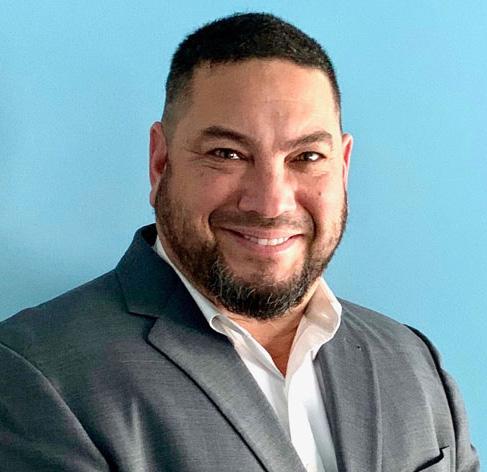
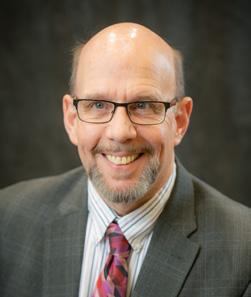
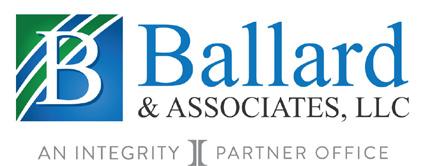
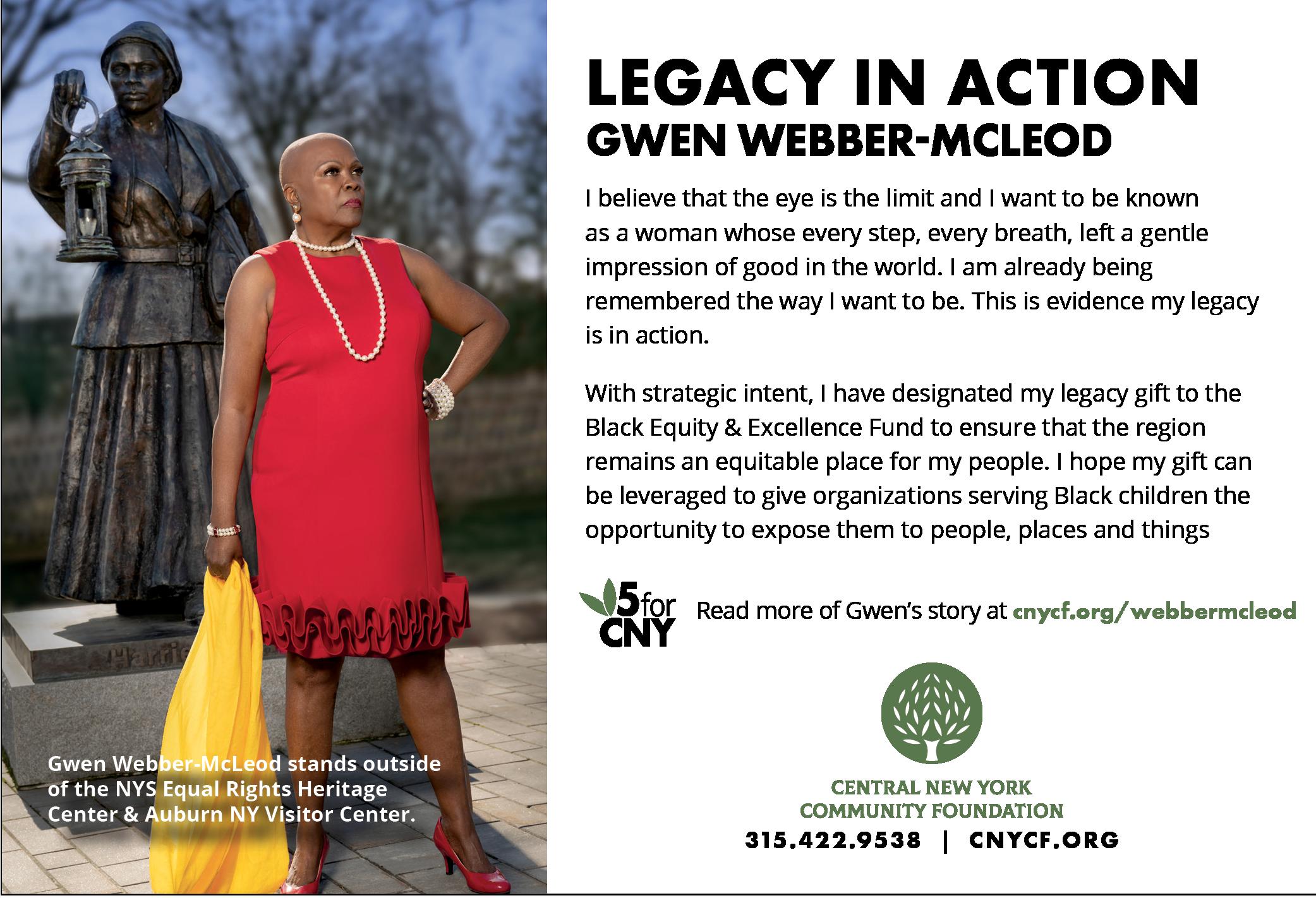

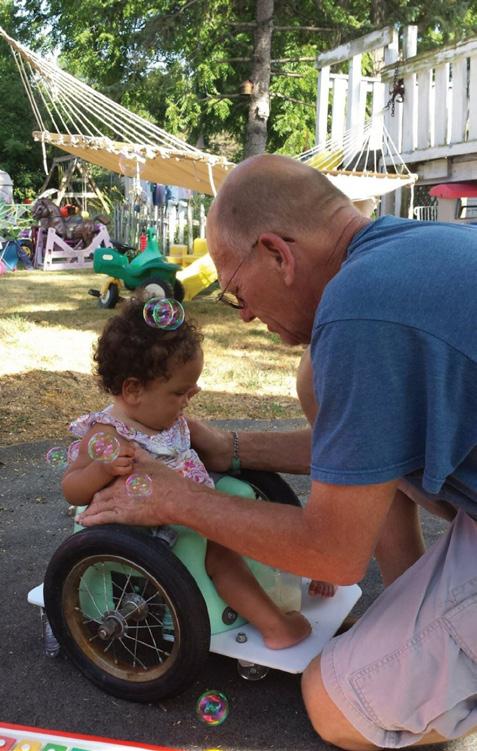
MAIN: Marty Parzynski and Rebecca Orr, the husband-and-wife team who has built and shipped 2,600 special-needs child wheelchairs to 65 countries in seven years.
INSET: Marty Parzynski fitting
his
with
Rebecca Orr is a woman who relies on her ability to take action, especially when it comes to helping someone else.
The test came in 2015. Her niece gave birth to Bella. Happiness.
But Bella had spina bifida. This cute-as-a-button cherub might never walk and was facing a life of other uncertainties and improbabilities.
How could Orr help her grand-
niece? What could she possibly do?
The internet and Pinterest provided a clue — a special type of Bumbo seat (made in Cape Town, South Africa) attached to a roller frame.
A year later, close to Bella’s first birthday, Orr gave the plans for the rolling child’s chair to her husband, Marty Parzynski. That handoff birthed a nonprofit business: Bella’s Bumbas.
Orr and Parzynski have since produced 2,600 Bella’s Bumbas and sent them to grateful parents and
enthusiastic kids in 65 countries around the world. No one pays for their Bumba, but the new owners are asked to cover the shipping.
And what the couple — Orr, 60, and Parzynski, 71 — has accomplished is to feed the spark of independence that lies waiting in every child with a disability.
“We never expected it to become what it has become,” said Orr, sitting in the kitchen of the house next door that has become headquarters for Bella’s
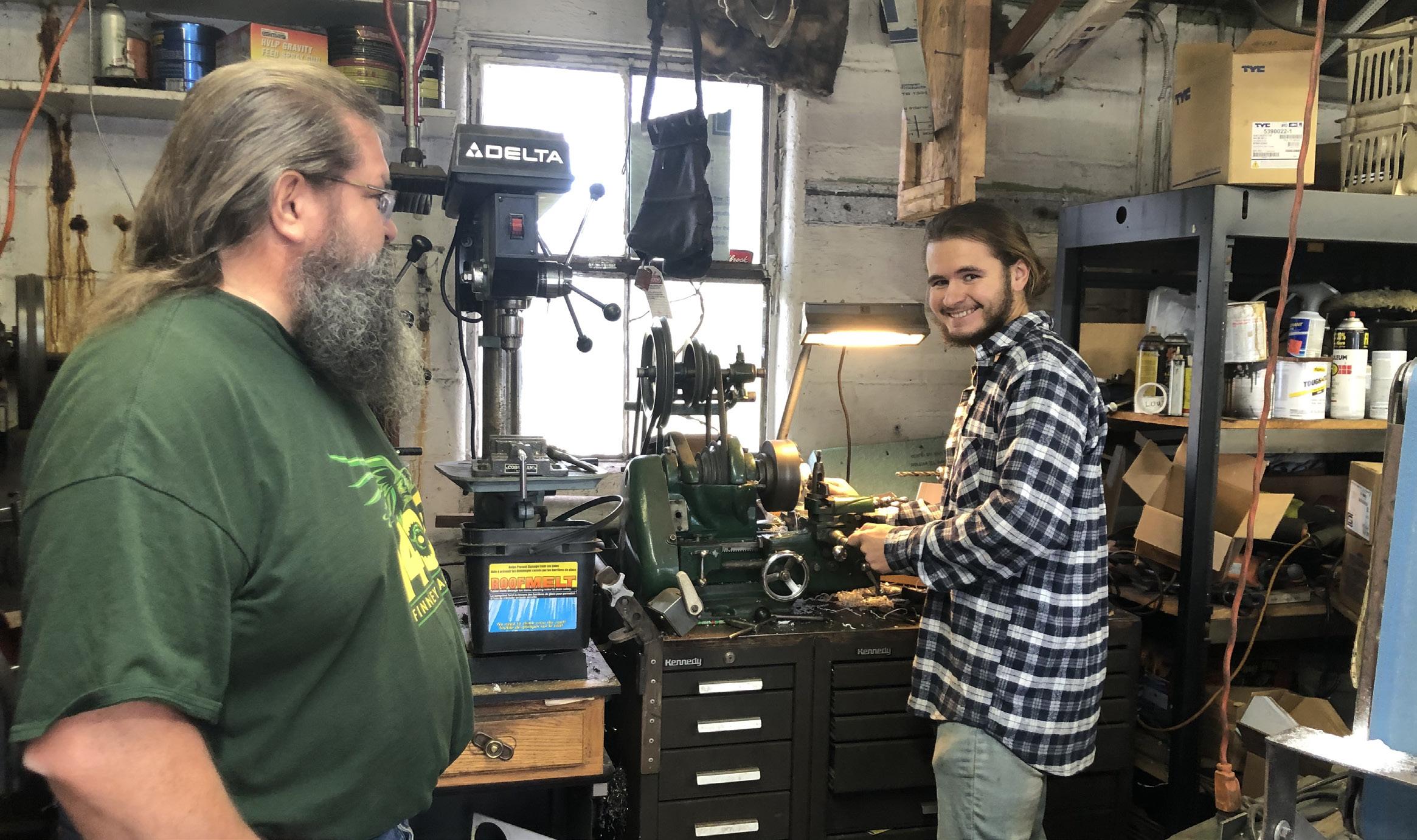
Bumbas on Webster Road in Webster.
“This is a labor of love,” she added. “We’re meeting a need. None of us get paid. It’s all volunteers and we’re 100% supported by donations.”
A Bella’s Bumba is a rolling introduction to freedom for many severely disabled kids. Orr ticked off the major conditions — cerebral palsy, spinal muscular atrophy, Dandy Walkers Syndrome (very similar to cerebral palsy), bilateral tibial hemimelia, arthrogryposis multiplex congenita (CMA: joints frozen at birth), neuroblastoma — “and several of our children have multiple diagnoses,” she said. “We’re serving kids with more than 70 conditions.”
What the Bumba platform delivers is mobility. Orr recites case after case where a Bumba made an enormous, and often surprising, difference in a child’s life — kids whom doctors said would have to be pushed around in a stroller their whole lives, now are scooting on their own and doing figure-eights in their Bumbas.
The success of the company goes
beyond the fact that the Bumbas are free and many are individually modified for the problems a child faces. Parents faced with caring for a child quickly find out that the cost of expensive wheelchairs is not covered by insurance. A free, individually designed, forget-the-insurance-issue Bumba is a godsend.
Does a child need to have a feeding tube? Bella’s Bumbas has a model with a basket on it.
There are soft Bumbas and highbacks and those with two leg stages. All have benefited from Parzynski’s superior skills.
“I’m the brains of this outfit,” said Orr. “Marty knows better how to make something work that I think up. He went to school to be an aviation mechanic. He became a master mechanic of anything and everything you can think of — cars, farm equipment, diesel equipment — he was a maintenance mechanic at Xerox for a long time. He’s one of those amazing people who, if it can’t be fixed, if he needs a special tool, if he needs a part that’s obsolete, he’ll make it.
“He works on old farm equipment
Bella’s Bumbas operates with an annual budget of about $75,000 and is grateful for donations through www. gofundme.com/bellas-bumbas, www.bellasbumbas.com, www. facebook.com/bellasbumbas and bellasbumbas@gmail.com.
“We spend what we’ve gotten,” Rebecca Orr said. “It’s all up to God how long we keep this going.”
The Bumbas inspire confidence and bring happiness not only to children, but to their families. Personalities emerge and flower. Smiles are a lot easier to come by.
“Whenever we’re tired and we’re done with the work and our funds are low and I’m thinking we may have to close the door, we think about what we’re accomplishing,” said Orr. “One of Marty’s ways of looking at our work is that he sees children trapped in their bodies. If no one gives them an out, they’re never going to get out. We have some children who were barely verbal who, within a couple of weeks after receiving their Bumba chair, they’re singing. One of our Bumbaleers is now a regular classroom dancer.”
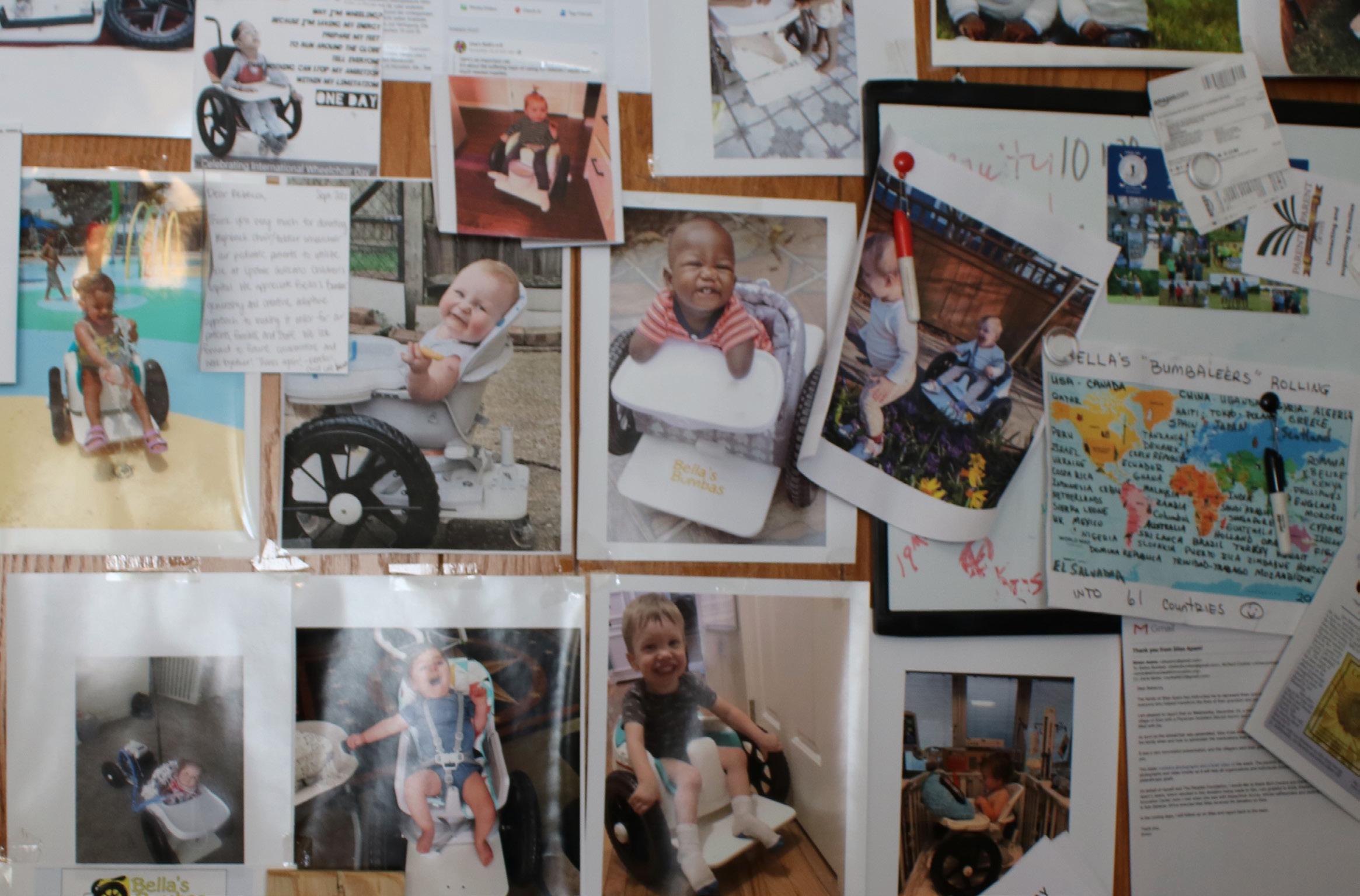
for a couple of farmers he does outside work for. Those parts become obsolete and he’ll either make them or make the tool to fix what’s not working.”
“Whatever it takes,” he said. “I want nothing left broke. Some of the equipment I’ve got on the farm is just so obsolete — replacement is just too expensive, but on the farm when something’s broke, they need that machine. I gotta get it up and rolling. I do a lot of that.”
For Bella’s Bumbas, ‘Uncle Marty’ explained that Bella was indeed the light that started the company.
“We made the first one from the plans Rebecca found on Pinterest. That first one took four hours. Now we can make them in 30 minutes,” he said. “By our 10th chair we were modifying the plan, just to make the chair work better, changing the axle location and the type of seat, the type of casters.
Now we make changes that depend on the type of disabilities of the child who need a chair.”
“We made a lot of alterations,” Orr explained. “We put baskets on the back for some children who have small portable devices, like small bottles of oxygen or a feeding pump. Some of the kids have traches so they need a suction machine available to them. We also made a ventilator trailer so if a child is on a ventilator, they still want to roll and be independent, so the ventilator sits right on the trailer — like a little tractor trailer for kids.
“Kris is in Buffalo. He had the first ‘Kris Kart,’ made for him. He did a roll to raise awareness of spina bifida. He wanted to do it on his own; he didn’t want anyone to have to carry a 40-pound ventilator behind him. He wanted to do it. We made him his ventilator tray. There were a whole lot of tears that day.”
Inside the workshop, Parzynski — also known as “Sarge” — is part instructor, part foreman and part engineer and designer.

“We have some amazing volunteers,” Orr said. “A lot of them are retired. Some are close to retirement. We have younger kids who come help us, including our second Eagle Scout. During the pandemic, kids who couldn’t go to school would come over here and help us build chairs.”
‘We’re meeting a need’
Orr’s background is of the Heinz 57 variety, she said.
“I never finished school. When I finally got myself together and figured out what I wanted to do, I did some child care, some general HVAC contracting and I was a single mom for nine years so I did a lot of nontraditional work to be flexible with my time for my kids. I was also an Army wife — I love those years. We spent a
lot of time in Germany. I managed the A-plus Sunoco here in Webster. I sort of semi-retired when I had cancer.”
She and Parzynski married in 2006. In their modest Webster neighborhood, she got to know everyone.
“I took care of the lady who lived next door in what is now our headquarters,” she explained. “After her husband died, we started mowing the lawn for her, doing this and that, it just grew into a family sort of thing. The more help she needed, we just kind of did. We helped her stay at home as long as possible. She was always a part of my kids’ lives because we lived next door.
“When she had to move to assisted living, she wanted Bella’s Bumbas to use her house as the workshop. When she passed away four years ago, her children said this is what Mom wanted and Dad would have approved, so we treat the house as our own. They still own the house but we maintain it as if it were our own. We pay taxes and insurance on it. Some day when they’re ready, we would like to buy it.”
The workshop is functional but tight. Parzynski has spread out into other rooms for his production areas. With volunteers of a certain age mixed in with high school robotics team members and visitors dropping by on a Saturday morning, Bella’s Bumbas is a very noisy, friendly place where things are getting done.
“It’s a labor of love: we’re meeting a need,” Orr said, standing in the middle of all this.
In October, a Bumbaleer — a mom whose daughter has a Bumbas chair — was in London, helping clear three Bumbas through Heathrow Airport on their way to India. It was a success years in process and Orr and Parzynski were very grateful.
“You thank me?” the woman wrote. “Every day I watch my daughter go to school because the independence she has in her Bumba chair shows how strong she is. You thank me? My daughter just got approved for a wheelchair over a year and a half early because she wants to independently self-propel. I was told my child would have to be pushed on a stroller her whole life. You thank me? Every day I see her little tiny arm muscles and amazing head control from pushing herself around all day. The real question is, how do we all thank you?”

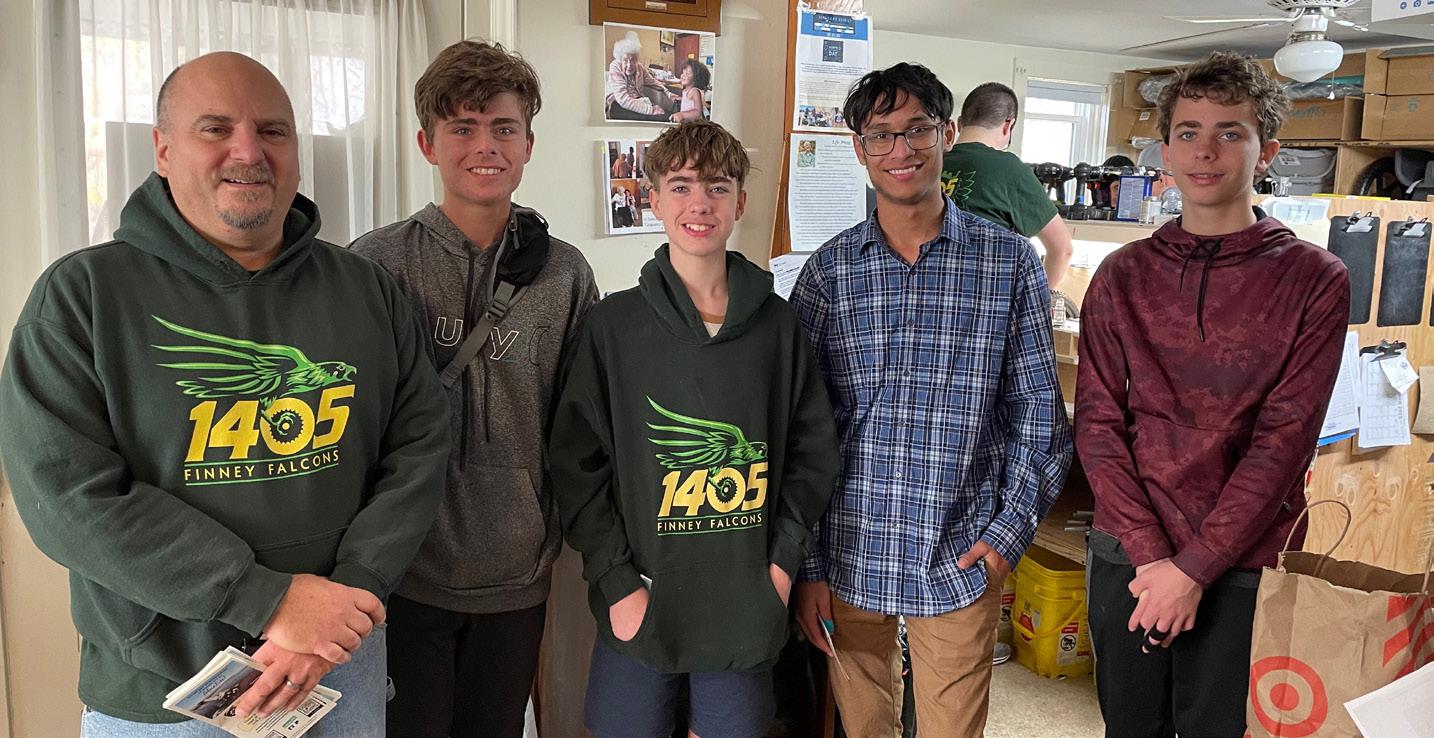
On a Saturday in midNovember, the robotics team from Charles Finney School in Rochester was at Bella’s Bumba in Webster to help with their coach Larry Latone.
“We build a robot that competes, but it doesn’t help anybody,” Latone said. “The robotics helps our kids learn how to be engineers. But here at Bella’s, the kids can actually see that we’re doing something good here. We spend thousands of dollars on a robot, but come here, and we
probably get more gratification than building a robot.
“It’s putting our work into practice. Marty and Rebecca [Orr] have graciously allowed us to bring our kids here where they can learn to use these tools. They’re learning there’s more to building robots than just having fun. Do something greater than what you’re doing — do something to help people out. It’s a good service project for the kids.”
Brendan Hough, a student at Charles Finney School, volunteers his time at Bella’s Bumbas.
Hundreds of pets die each year as a result of being left in parked cars, according to the American Veterinary Medical Association.
This often occurs when pet owners make a stop with the intent of only being gone a few minutes. But the fact is, getting sidetracked or delayed can happen to anyone.
Unfortunately, unforeseen circumstances can and do arise, such as having to wait in a long line, running into someone and getting tied up in a conversation, or any number of other scenarios. Not to mention, it takes only a few minutes for a car to heat up to dangerous temperatures.
Many pet owners also believe a car can’t get too hot for their pet with the windows cracked open or on a cloudy day. Sadly, these mistaken notions have resulted in countless pet emergencies and deaths.
Studies have found that within only 10 minutes, car interiors can heat up by nearly 20° Fahrenheit. The more
time that lapses, the hotter a car gets. At 60 minutes, the car cabin temperature can increase by 45 degrees.
Contrary to popular belief, there’s little difference in the temperature rise between a light-grey minivan with partially opened windows and a dark-colored sedan with the windows closed. This was confirmed in a study by Lynn I. Gibbs et al., appearing in the Journal of the Louisiana State Medical Society. In the study, both vehicles heated up by 20° within the first 10 minutes. At one hour, there was only a 2° F temperature difference between the two cars.
Most charts that show the rise in car cabin temperature begin at 70° days. But even a 50° or 60° day can have temperature increases with similar increments. So a car can still heat up enough on those cooler days to cause hyperthermia or heatstroke. This is particularly true for dog breeds with thick or long hair or short snouts.
Even for those smart pet owners who would never leave their pet in the car on a warm day, there’s still the potential for risk. Pet owners have forgotten and left their beloved pets
in the car because the pet was quietly sleeping in the back.
To prevent a tragic incident, place your pet’s leash on your purse or in a conspicuous place. That way, when you get out of the car, you’re reminded Felix or Fido is in the vehicle.
Exercising in hot or sunny weather poses an increased risk
Dogs are also particularly prone to heat exhaustion or heatstroke when they’re overexercised, especially during hot weather or even on mild, sunny days. As mentioned above, certain breeds are particularly prone. Always monitor your dog’s behavior. If it begins to pant or drool or wants to stop, don’t push it. Give your dog the rest and shade it needs.
The signs of heatstroke or hyperthermia are similar in both dogs and cats. A pet doesn’t have to experience all the symptoms to be in danger. One or more symptoms can be
a sign your pet is in distress. The result, if not caught and treated quickly, could be coma or death.
• panting
• excessive drooling
• pale gums
• bright red tongue
• difficulty breathing
• increased heart rate
• irregular heartbeat
• little to no urination
• vomiting
• fever, 103° F. or more
• heartbeat or breathing stops
• muscle tremors
• seizures
• shock
If your pet is experiencing heat exhaustion or shows signs of heatstroke or hyperthermia, you need to get your pet out of the heat and sun immediately. Move your pet into some shade or preferably air conditioning. Also, for a dog, you can use a hose or put the dog in a tub of tepid, but not cold water. Since most cats hate baths, try just dipping your cat’s feet in a sink of tepid water instead. You can also wet a towel and rub your cat or dog down, particularly concentrating on the head, neck, and underside of the legs. Although it might sound helpful to feed your pet ice or icy cold water, it’s dangerous to cool down an overheated animal in this manner.
What to do if you see a pet left in a hot car
In the US, there are 13 states with laws about pets being left in vehicles. These laws vary by state but are in place in Arizona, California, Delaware, Illinois, Maine, Maryland, Massachusetts, Minnesota, Nevada, New Hampshire, New Jersey, New York, and North Carolina. Pet owners should be aware of their state’s laws or any state they may be traveling to. Even in states where laws are not in place, good samaritans can take action to protect or save the life of an animal left in a hot vehicle. If you see a pet left in a parked car in temperatures that could quickly escalate inside the cabin, or if an animal shows signs of distress, call 911. Also, you can go into the store where the car is parked and ask that the owner of the vehicle be paged over the store intercom.



no-nonsense solutions for the gritty, complex issues parents of estranged adult children face. With information gleaned from more than 50,000 families and the author’s own estrangement. Reclaim your life and joy. Start the New Year with a fresh perspective.
 By Joe Sarnicola
By Joe Sarnicola
Local chess experts Bob Nasiff, Anton Ninno and Jim Gonnella have been working for many years to promote the game by establishing chess clubs in area schools, organizing tournaments and even hosting regular friendly games.
Nasiff is the most prominent member of the local chess community, having earned a master rating from the United States Chess Federation and serving as its National Scholastic Tournament director.
The three were together at a scholastic tournament for students in grades K-12 at the CS Driver Middle School in Marcellus in early March.
Ninno was pleased with the turnout.
“We had more than 100 players sign up,” he said. “More than we expected. COVID put an end to chess clubs, but interest is starting to pick up again. We have another tournament at Pine Grove Middle School next month. We started a club there a couple years ago.”
Sue Riccardi is the chess club adviser for the Marcellus school. Her children have a long history with chess and with Nasiff.
“My children took lessons from Bob. They have played at local, state and international tournaments,” she said. “My oldest son, Thomas, is a chess master and he has won six national titles. I also have a set of triplets who have played as a team in the nationals.”
The children were only in second grade when they placed at that level. Thomas, now a dentist, still volunteers as an adviser to the school club.
Nasiff, a retired special education teacher, has been playing since he was 8 years old. He didn’t take the game too seriously until he was in his teens, when he joined his high school chess club. He also played whenever he could while serving in the Army. His work with the US Chess Federation took him around the country and the world.
“I knew a lot of the Russian masters
during the Soviet era,” he added.
Before the tournament started, Nasiff addressed the players and their families to explain the rules and reminded them once the games started, only players and volunteers would be allowed in the tournament room. Parents and friends left the room, but there was plenty of chess activity in the lobby, which became a community space. Tables were covered with chess boards where friendly games were waged by players of all ages.
Ninno assisted him as needed, but he was also encouraging players and guests to buy the quality chess sets he was selling in the community space, some which came with a travel bag to carry the pieces and the vinyl board. His love for the game is evident, as he promotes chess in the Central New York region.
“I try to get clubs started in schools by meeting with the school principal, the PTAs and volunteers and a possible club adviser. Everyone wins if the club is successful. The kids get


a tournament, the schools look good hosting the events, and the PTAs use the events as fundraisers,” he said.
According to the National Scholastic Chess Foundation: “Chess provides both conceptual instruction and practical application that allow students to develop skills that are so necessary for success in life.”
Learning and playing chess is not only beneficial for children, but also for people later in life. The American Psychological Association has found that “chess has been shown to improve cognitive function, memory and analytical skills while decreasing anxiety and depression in older adults.”
Ninno first learned the rules of chess when he was 8 years old. He thought the game was difficult, so he never became a serious player until he taught his two children how to play. His decision to find a place for people to play chess on a regular basis started with his love for the game of “Go,” a strategy game that has its origins in
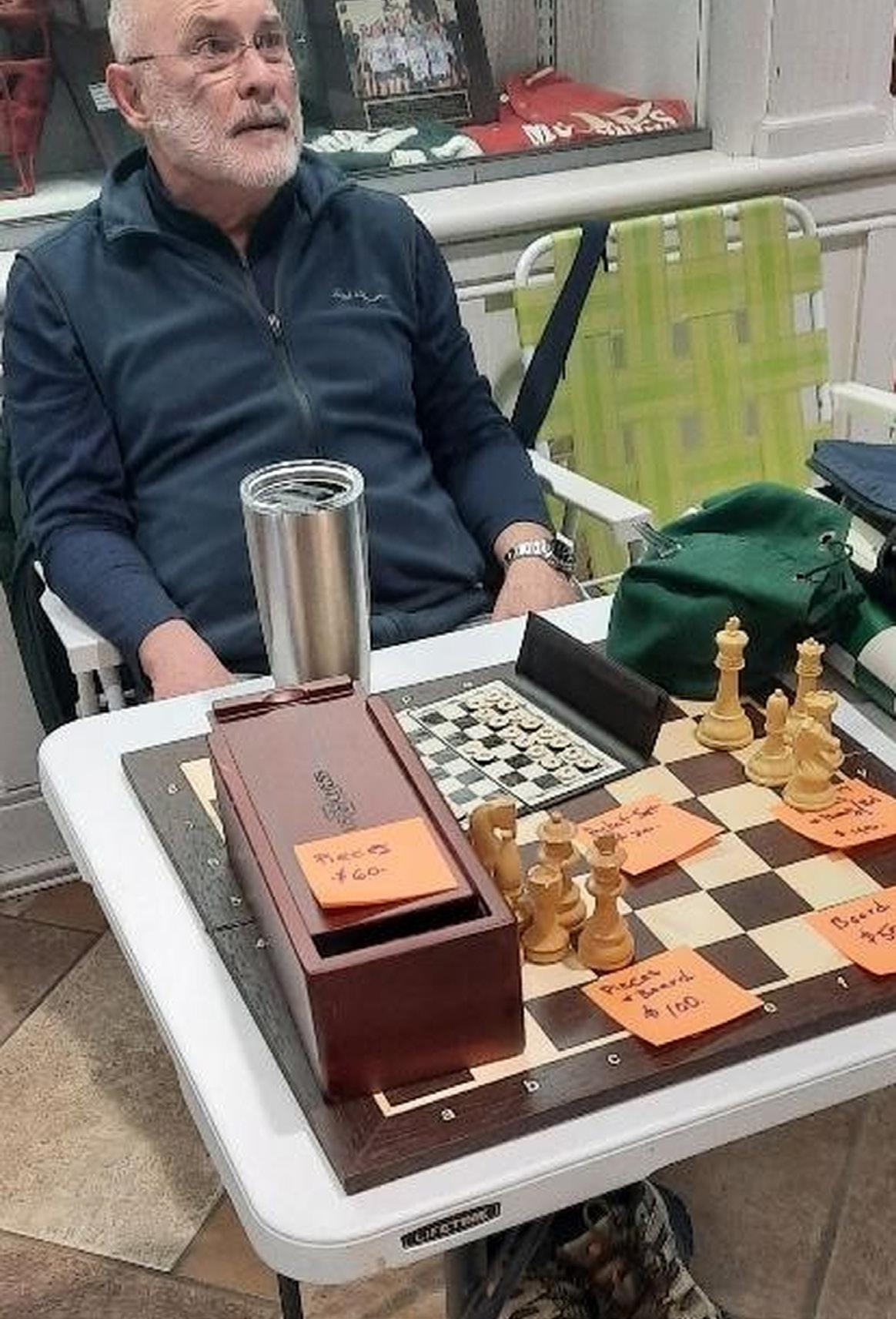
ancient China. Eventually there was more interest in the game of chess, so that became the game everyone played, including Ninno.
He is also an expert on the history of chess. He explained that Syracuse University had a chess club as far back as the mid to late 1800s.
“When Bobby Fischer beat the Russians, interest in chess exploded. But that was years ago,” he said. “Now a lot of kids who play really good chess don’t even own a chess set. They play online. That’s why I’m selling actual chess sets here.”
He explained to a customer that his pieces are weighted — meaning they have a weight built in, which makes them stable and adds a more satisfying feel to them.
“Once you get used to a weighted piece, you never want to use anything else,” he said.
In addition to trying to start school chess clubs, Ninno is the administrator of Syracuse Chess, a nonprofit organization which he
established nearly 10 years ago. It now has more than 850 members.
The primary contact is its Facebook page. According to the page, “We create, support and coach school chess programs across CNY. Our events are open to all students, not just those at the hosting school. Join our FB group to hear about chess activities for all ages. We accept donations that help us promote chess. It’s one of our goals to start a new Syracuse Chess Club for adults.”
Gonnella is a volunteer with Syracuse Chess. While Nasiff and Anton are both retired teachers, Gonnella is a retired radar engineer. According to Anton, he is able to supervise clubs in the town of Dewitt through a grant from the town. He progressed from checkers to chess and has played in many tournaments.
Anton said that friendly games are held at the Dewitt Wegman’s every Wednesday from 6 to 9 p.m. No experience is necessary. The games are free and open to the public.
Students at the CS Driver Middle School in Marcellus playing chess with some pros.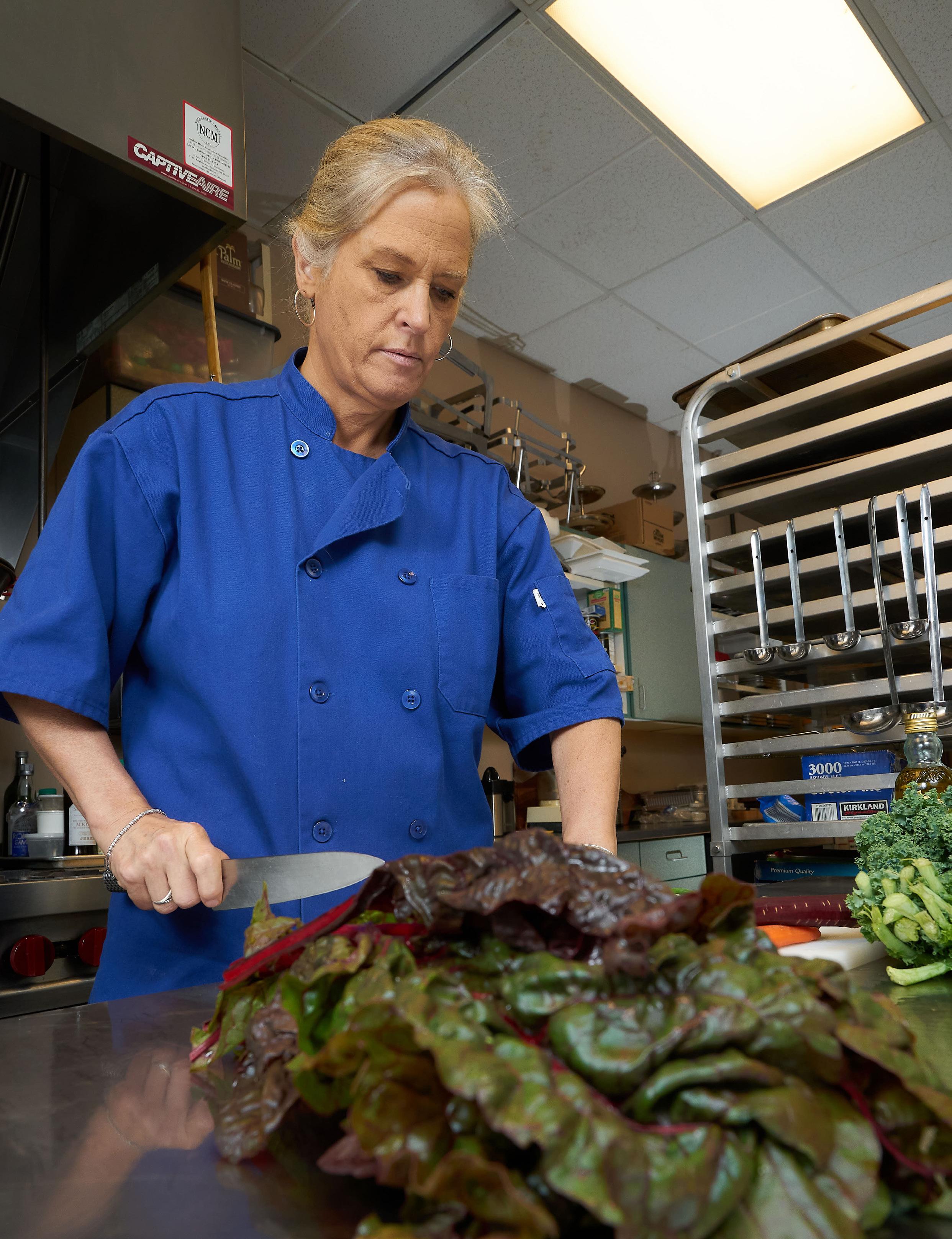
Shelly Witchley grew up in Central New York, but never had the opportunity to spend much time in the Finger Lakes. She was too busy working in restaurant kitchens.
These days, the chef spends a lot of time in the popular vacation destination for food, wine and nature lovers, bringing casual and fine dining experiences to clients.
“Until moving back here, I didn’t really know much about the Finger Lakes,’’ Witchley said. “Now I love going out there. It’s a treat for me.’’
Witchley, 56, owns and operates Chive, a personal chef and catering business based at Towne Centre at Fayetteville. She travels mainly within an hour and a half of Syracuse and estimates that 65% of her business is in the Finger Lakes.
She might serve as an on-site chef at a bachelorette party on a Friday night or at a reunion of college friends on a Saturday. Or, she might spend an entire weekend preparing custom meals for the same group, who’ve booked a vacation rental for a couple days of touring, relaxing and socializing — and leaving the cooking to someone else.
“They want a chef experience,’’ Witchley explained. “They kind of want a restaurant to come to them.’’
She’s happy to make that happen and make their visit a memorable and tasty one.
Witchley isn’t alone in this capacity.
Trade organizations like the United States Personal Chef Association and market research companies like IBISWorld say the coronavirus pandemic boosted an already strong market for personal chefs and
custom caterers, as consumers sought alternatives to dining in restaurants.
She arrived at this place of entrepreneurship after a long and varied career in restaurants — and a lifetime of wanderlust, hanging her chef’s coat in multiple states and traveling the world and savoring its cuisines.
Witchley grew up in Canastota and got her start in the restaurant business at 16. She wasn’t sure what she wanted to do when she graduated high school but eventually enrolled in college in New York City and supported herself as a server at a variety of upscale restaurants.
“I often found myself in the back of the house asking cooking questions and watching techniques,’’ Witchley recalled. “I had dinner parties and cooked for friends, who encouraged me to go to culinary school.’’
After two years of college and not settling on a major, she decided to attend Peter Kump’s New York Cooking School (now the Institute of Culinary Education). The one-year program gave her a solid foundation in culinary and pastry and included an externship with chef and restaurant owner Anne Rosenzweig at the Lobster Club in New York City.
After graduation, she worked as a food broker, calling on restaurant owners and chefs, before landing her first job as a chef at The Dark Room in DeWitt (now The Dark Horse Tavern). Stints at a long list of CNY restaurants followed, including Julie’s Place (when it was owned by the late Karen White), the former La Cena in Fayetteville and Bacio in Hanover Square. At one time, she operated a southwestern food stand at the former Paradise Market
on Erie Boulevard in DeWitt.
Living in one place wasn’t the life for Witchley. The restaurant road took her to Washington state, Washington, D.C., California, Massachusetts, Virginia, Maryland and Florida.
“I moved around a lot, as I think the gypsy in me wanted adventure and to experience our vast country,’’ Witchley said. “It is amazing how different parts of the country yield such different cuisine, people and history… I have also traveled overseas quite a bit, eating my way through places like Thailand, South Africa, France, Italy, Spain, Ireland, Czech Republic, Poland and Turkey, to name a few.’’
Today, Witchley’s catering menus reflect both her personal travels and her restaurant journey, incorporating a wide range of American and international fare. There’s Italian food (arancini with sundried tomatoes, basil and mozzarella), French (Brie and caramelized pear tartlets), Indian (potato and pea samosas) and classic American like scallops wrapped in bacon.
And that’s just a few of her appetizer selections. Some clients book three- or four-course plated meals. To date, her most requested entrees are braised beef short ribs in port wine, served with roasted root vegetables and garlic whipped potatoes and pan-seared seabass with citrus buerre blanc, lentils and grilled vegetables.
Her menus can be tailored to suit vegetarians and vegans and those who avoid gluten and dairy. She will cater to pretty much any craving a client has — which once involved procuring 30 live lobsters.
“I have a vast menu,’’ Witchley
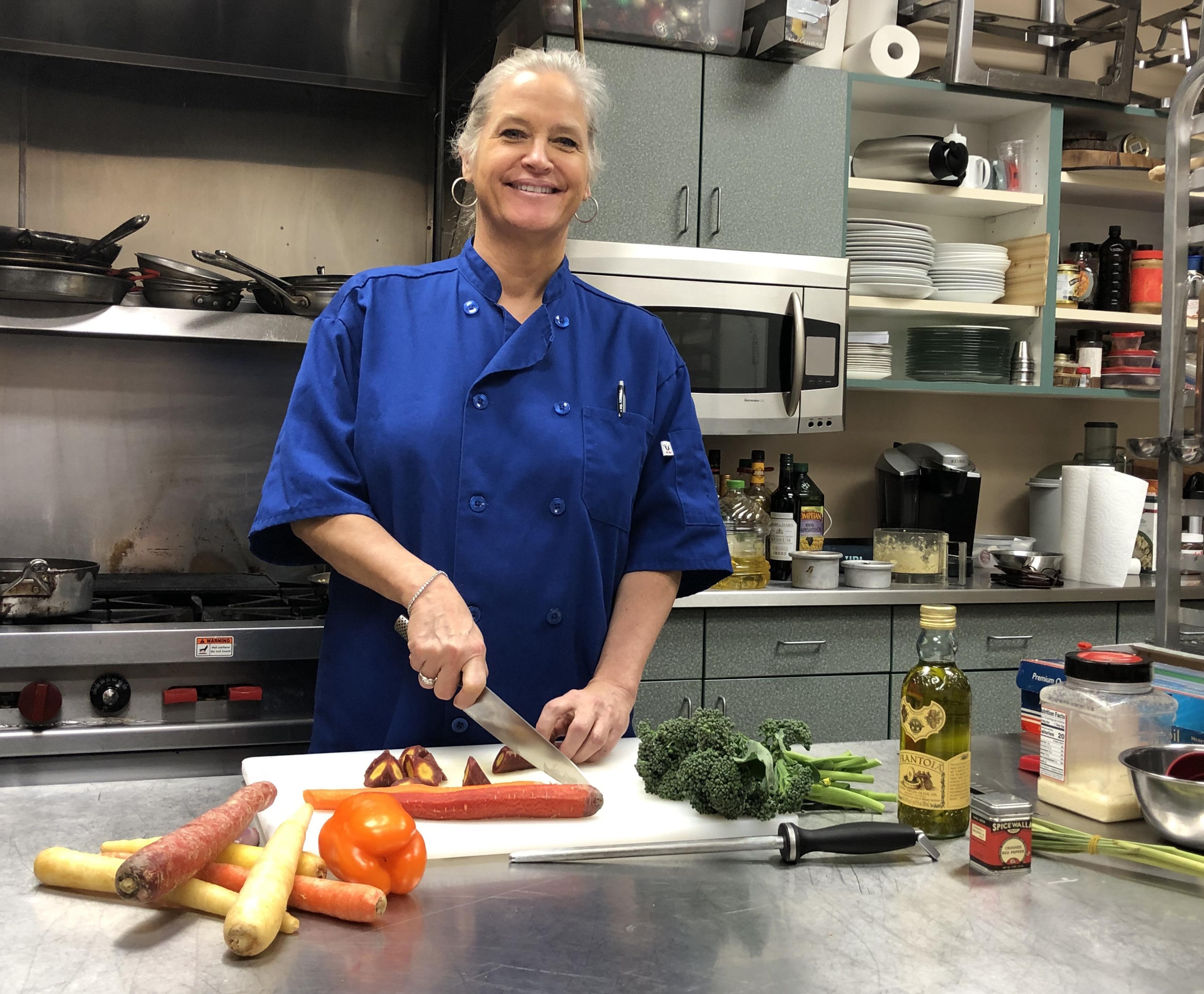
explained. “Everything I cook is something I’ve prepared many times. My clients seem to like the options and variety. But I will cook anything a client wants.’’
Witchley moved to Miami several years ago and launched a private chef and custom catering business. It was doing well and then the pandemic changed the world. She returned to her Central New York roots during COVID-19 to be close to family, including her mother, sister and nephews.
“I rolled the dice,’’ she said. “I said, ‘I’m going to take the business I started down there and bring it up here.’’’
And that’s how Chive came to be. Witchley’s clients find her by word of mouth and via the internet.
When she’s not traveling to the Finger Lakes, there’s no shortage of opportunities closer to home. She sets up at private homes and at venues small and large, for events ranging from dinner parties to birthdays, anniversaries and weddings.
She shops in advance for gigs and does prep work in her Fayetteville kitchen, then packs everything up and heads to her venue. Each course of a meal is finished on site shortly before serving, so guests can see (and smell) what’s to come and ask questions.
If it’s a small party, Witchley works on her own. If it’s a dinner party for, say, 12 or 14, she brings in help to assist with food prep, plating, serving, wine service and clean-up.
A significant number of Witchley’s
catering jobs come from the owners of private planes who make use of the state-of-the-art Million Air hangar near Syracuse’s Hancock International Airport. This could be a drop-off of hors d’oeuvres for a gathering at the facility or a chef-prepared breakfast or lunch to be served on board to pilot, passengers and crew.
“I love doing all these different things,’’ Witchley said. “I get bored if I do the same thing over and over.’’
For more information on Chive Personal Chef and Catering and its services, call 315-345-1884 or visit www.chivechef.com.
Margaret McCormick is a food writer and food blogger in Syracuse.

Frank Guido couldn’t be happier he had a choice for treating his prostate cancer!
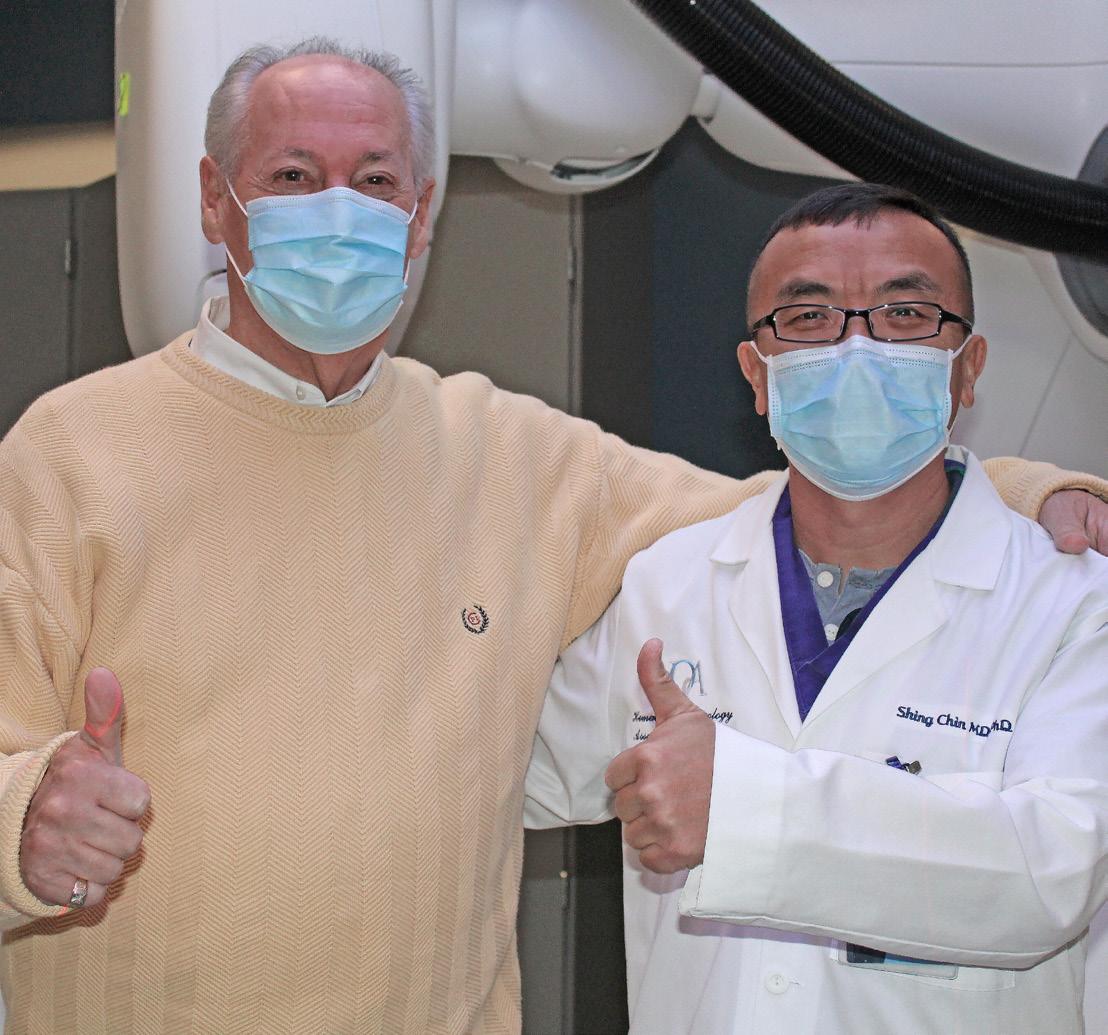
To hear more of Frank’s story and learn if CyberKnife is right for you, visit hoacny.com

Frank chose non-surgical CyberKnife® at HOA –offering 5 treatments instead of 35!
“The original diagnosis was to treat my prostate cancer with seven weeks of radiation, five days a week. I was kind of upset that I was never given the option of CyberKnife,” said Frank. “The precise radiation achieved by CyberKnife, far fewer treatments, and the personalized care I received from Dr. Chin and his team made my decision an easy one. Better, the treatment was a real success!”


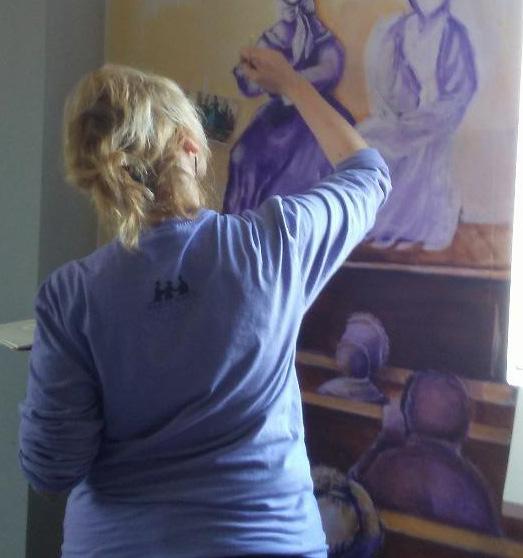
Sandy Shutter developed a taste for art when she was very little.
“I have always had the need to create. I have always been interested in art, from the time I was very young,” said the owner of Artistic Impressions, a retail art boutique and gallery in Auburn. “One of my favorite memories was when my grandmother gave me a big box of crayons with a built-in sharpener.”
Shutter said she took as many art classes as she could at Auburn High School and then majored in
art at Cayuga Community College. Although she was not sure what she could do with her art training, her first job after graduation was in the advertising department at The Citizen, Auburn’s local newspaper.
“We would design and create the art for the ads. We learned how to use Adobe Illustrator, which was very basic, then compared to what is available now, but it helped us create the ads,” she said.
After that she worked in the advertising department at JC Penney
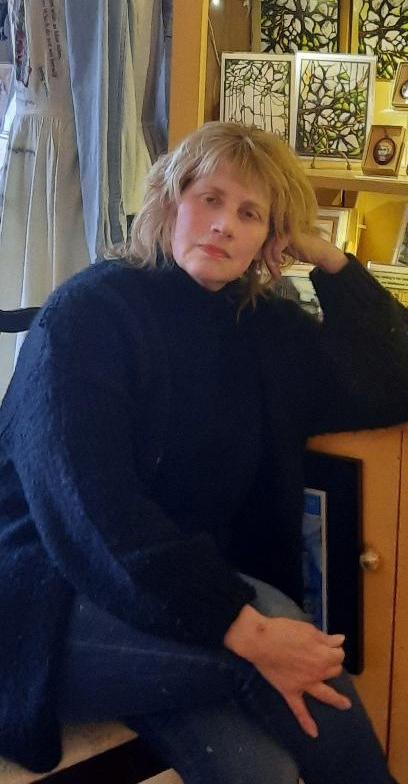
until she received a phone call that opened some new doors for her career.
“My aunt, Karen Kopec, saw an ad that said Sears was looking for a display manager. It was a staff position that involved managing the store as well,” she said.
She took the job, which was at the first Sears store in the Finger Lakes Mall, the current site of Bass Pro. She quickly learned it was a job with a lot of responsibility.
“It was more than just dressing mannequins. I laid floor tile, performed minor maintenance, I painted walls. I even had to learn how to solder wires together in order to fix the cash registers,” she said. “I would also get calls to handle customer complaints.”
The job often involved traveling, sometimes for weeks at a time.
The display managers from different cities would sometimes be sent to new stores that were being opened in places as far away from home as Massena or Pennsylvania.
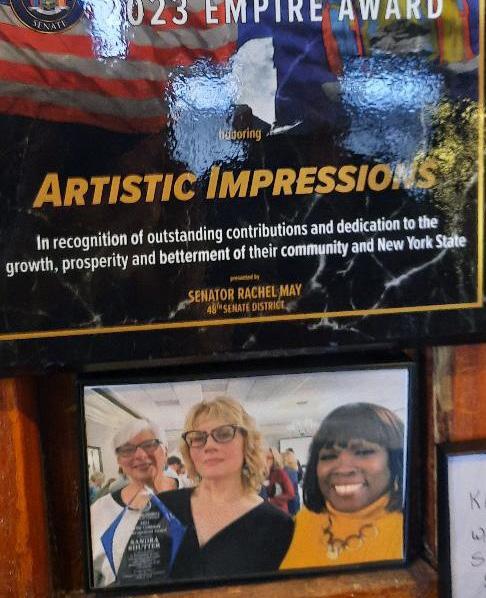
“Sears was a wonderful company to work for. So we did whatever needed to be done,” she said.
As part of her traveling for the company, she served as the operations manager at its Johnson City store for 10 years. During that time, when she was a single parent with two young daughters, she faced a serious medical condition.
“I was at home alone, when I had some kind of medical episode where I was barely conscious,” she said. “Somehow, I was able to call emergency services. The paramedics took me to the hospital, but the doctors could not find anything wrong with me.”
Unfortunately, this did not turn out to be an isolated incident.
“I had another episode the day before Sept. 11, 2001. This time tests showed I had been having a series of heart attacks. The people from Sears helped me with my kids, they brought me meals. They even contacted my

mother. I don’t know what would have happened without them,” she said.
Shutter worked at the Johnson City store for two more years, after which she transferred back to the Auburn store, where she worked until her retirement.
“By the time I retired both my daughters had graduated from college, so I rested,” she said. “I have always had art supplies around, but I have to be calm in order to really create art and that is hard to do when you’re raising two young children.”
She decided it was time after almost 25 years away from focusing on her art. She started selling her work at area craft shows, but the long days sitting or standing in cold, heat and other conditions were difficult. She still wanted to pursue art, but she knew there must be an easier way.
“About a year into the COVID-19 pandemic, I brainstormed with my partner, Bill, about having a shop. I wanted a place of my own, so I
talked to the management at Willard Memorial Chapel. I knew the hospice thrift shop there had moved out and I wondered if that space might be available,” she said.
And it was.
Willard Memorial Chapel, 17 Nelson St. in Auburn, is the only remaining building of what used to be The Auburn Theological Seminary, which opened in 1821. Most of the other buildings were demolished in 1959. The chapel room itself has stained glass windows that were designed by Tiffany. In order to save the chapel from demolition The Community Preservation Committee formed and purchased the building and raised funds to preserve the structure; it is now listed on the State and National Register of Historic Places.
Artistic Impressions is now part of the history of the building and Shutter said she created 90% of everything in the shop.
Her work focuses on women’s
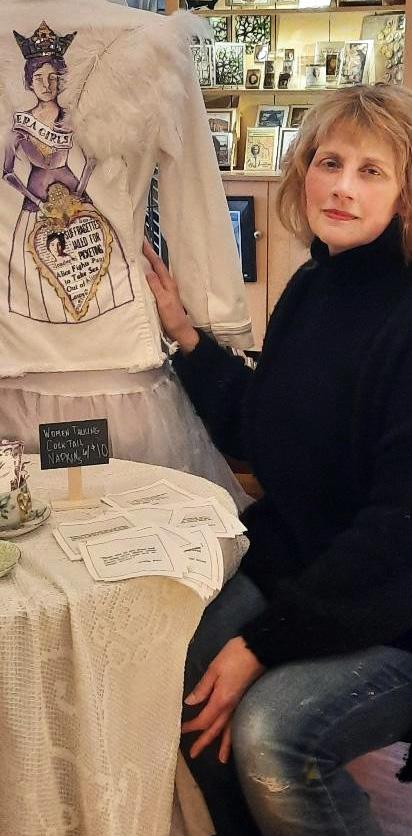
rights, empowerment and famous female figures of the past and present and their contributions to society.
Sections of the shop are dedicated to women’s suffrage, Auburn historical sites, Harriet Tubman and the many activists and thinkers that called Auburn home.
One of her most popular creations are her “Heroines of Her-story” peg dolls, miniature representations of Harriet Tubman, Susan B. Anthony, Mother Theresa, and many other women.
Her creativity and skill have not gone unnoticed.
She has shown her work at a gallery show at the Women’s Rights National Historical Park and at The Seward House Museum, plus she has been commissioned to design public art paintings, create logos and private commissions. Her list of awards includes the Award of Merit from the National League of American Pen Women, the Phyllis Goldman Encouragement Award for Women and, in 2023, the New York State Senate Empire Business Award.
She also painted a mural for the Women’s Rights Historical Park that was inspired by a newspaper sketch of the first Women’s Rights Convention that was held in Seneca Falls in 1848.
Most recently one of her custom designed Christmas ornaments was hung on the capital tree in Albany. “Every county can submit an ornament to be considered for the capital tree,” she explained. “I created one featuring Theodore Case and it was accepted. I embellished it with a steam punk theme and then I mounted it in a shadow box.”
Theodore Case, a former Auburn resident, is considered the father of sound on film, because he invented the technology to make that possible. The Case Research Laboratory in Auburn is now a museum open to the public that displays some of Case’s equipment and notebooks.
Shutter has not only been active creating her own artwork, but she also actively promotes the work of other artists and art venues as a founding member and current president of the Finger Lakes Art Council, a nonprofit organization established to promote the work of art and artists in the Finger Lakes region.







Internal Medicine Associates of Auburn is a private group practice comprised of four internal medicine physicians and five nurse practitioners, certified in family and adult health.
Internal Medicine Associates of Auburn rates in the toptier among primary care medical groups in Upstate New York based on their quality performance scores year over year, and is also an IPRO Quality Award Honoree which recognizes outstanding performance by healthcare providers and stakeholders throughout New York State.
The IPRO Quality Award earned by the practice was specifically in recognition of organization-wide commitment to quality improvement and exemplary performance in the practice’s ongoing transition to value-based care.

If your furry friend has a calm, friendly temperament and gets along well with other dogs, he or she may have the potential to join our team.

Upstate’s pet therapy dogs provide comfort and emotional support to our patients, and help destress and encourage our sta . Brightening one’s day and aiding in recovery, pet therapy dogs are life changing.

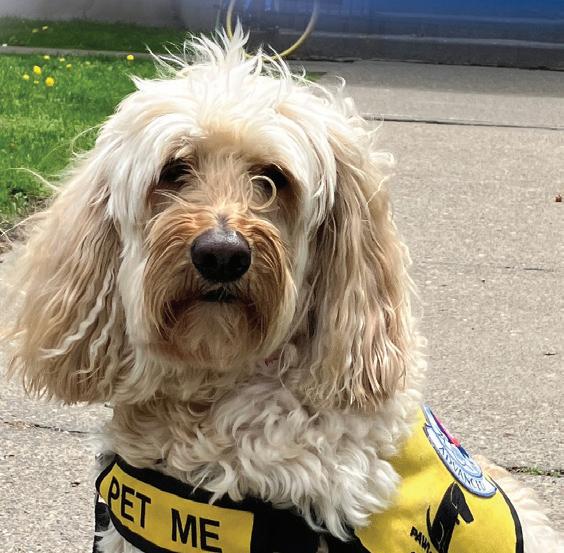
To learn more about how your pup can become a certified therapy dog, visit Upstate.edu/volunteers (pet therapy tab)
Come “heel” with us!




Supported by the JBoss Puppy Power Fund in memory of Jeremy Bossert
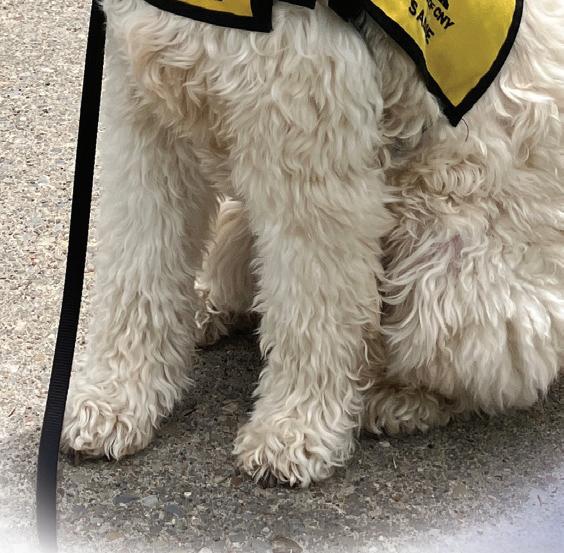

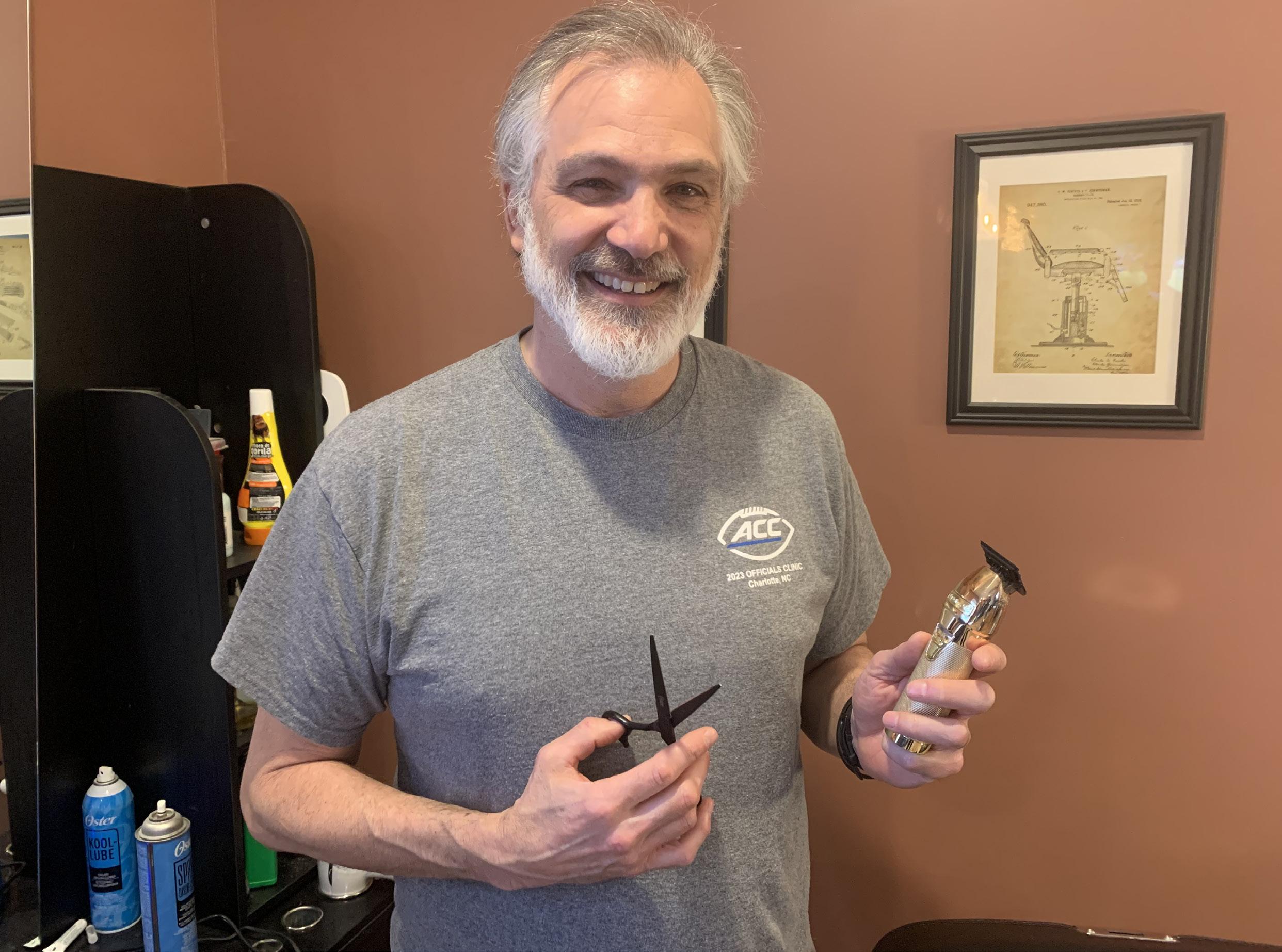
After 24 years working as a state trooper, Pete Beratta finds a new niche in MarcellusBy David Figura
Pete Beratta put in 24 years as a New York state trooper and rose to the rank of investigator before deciding to retire at 48.
Since then, Beratta, now 58, has rewired his life and is enjoying a new career. He owns and runs Pete’s by the Park Barbershop in Marcellus.
“I went from one weapon to another. One job they gave me a gun. And now they give me a razor,” he joked.
Beratta, a sports enthusiast, is also a Division I football referee, a part-time job that each fall has him traveling 13 straight weekends up and down the East Coast, working Syracuse University and other ACC division games.
Why the early retirement from law enforcement?
“I was in my late 40s and decided enough was enough. I was doing undercover work that often had me working nights away from home. I figured I’d work at least one more year before moving on,” he said. “I was going to go for 25 years and had just eight months left.”
And then came the fateful night his father died from complications caused by congenital heart disease and diabetes. (“I was with him at the hospital when he passed,” Beratta said.)
Six hours later, his father-in-law, who was suffering from complications from Alzheimer’s disease, also died.
“I woke up that morning and asked my wife, ‘Did that really happen or was that a dream?’ I told her that somebody is telling me something. I don’t need to work for eight more months. I’m leaving now,” he said. “I took off two weeks for vacation and then took a few days to clean out my desk. I drove to Albany to sign some papers, turned in the keys to my car, my badge, my gun. I was done.”
He said he didn’t get pushback from his wife, Dena, about retiring. Dena, a yoga instructor, was working then at the Medical Center West in Camillus.
“I told him, though, that he had to find something else to do. He was too young to retire and just do nothing,”
his 58-year-old wife said. “He wasn’t going to just chase me around the house all day.”
Their house was almost paid off. Their three kids were getting older. Beratta had an acceptable pension (though he got less because of his early departure) and he and his wife were covered for life by the state’s health insurance plan that he got as a retiring trooper.
His side hustle as a football referee started in 1991 with high school games. In 2006, he began doing Division I games, which paid better but involved much more traveling. He also had a gig running the shot clock at Syracuse University men’s and women’s basketball games, which he did from 2004 until 2018.
“I had one caveat, though,” Beratta said about retiring from his state job. “I had to take the first summer off. I wasn’t going to do anything. I just wanted to be sitting on the couch, sipping coffee when that first retirement check came.”
But he didn’t take that first summer off. Instead, he accepted a job as head of security for the thenSyracuse Chiefs, the local, Triple A baseball team. His son, Benny, then 14, became the team’s bat boy. Beratta held on to that part-time job for two more summers afterward.
Prior to retiring from the state, he had been mulling and discussing plans for a second career with his wife. He wanted to learn how to cut hair. At the time, the community where he lived lacked a barber. Two had died, the other one had called in quits and moved, he said.
“It was a need that needed to be filled,” he said.
Beratta did a little research and found out OCM BOCES didn’t offer barber classes, only cosmetology. “I didn’t want to cut women’s hair, only guy’s hair,” he said.
The closest barber school, Shear Ego, was more than an hour’s ride away in Rochester. Eager to get started, he sent in his down payment for tuition and started taking classes.
“Many of the students were as young as 18 with student loans. I was the grandpa in the class. I paid for everything up front,” he said.
Following two years of coursework, Beratta got his license to cut hair. The Berattas purchased a building on Slate Hill Road in Marcellus and set up a
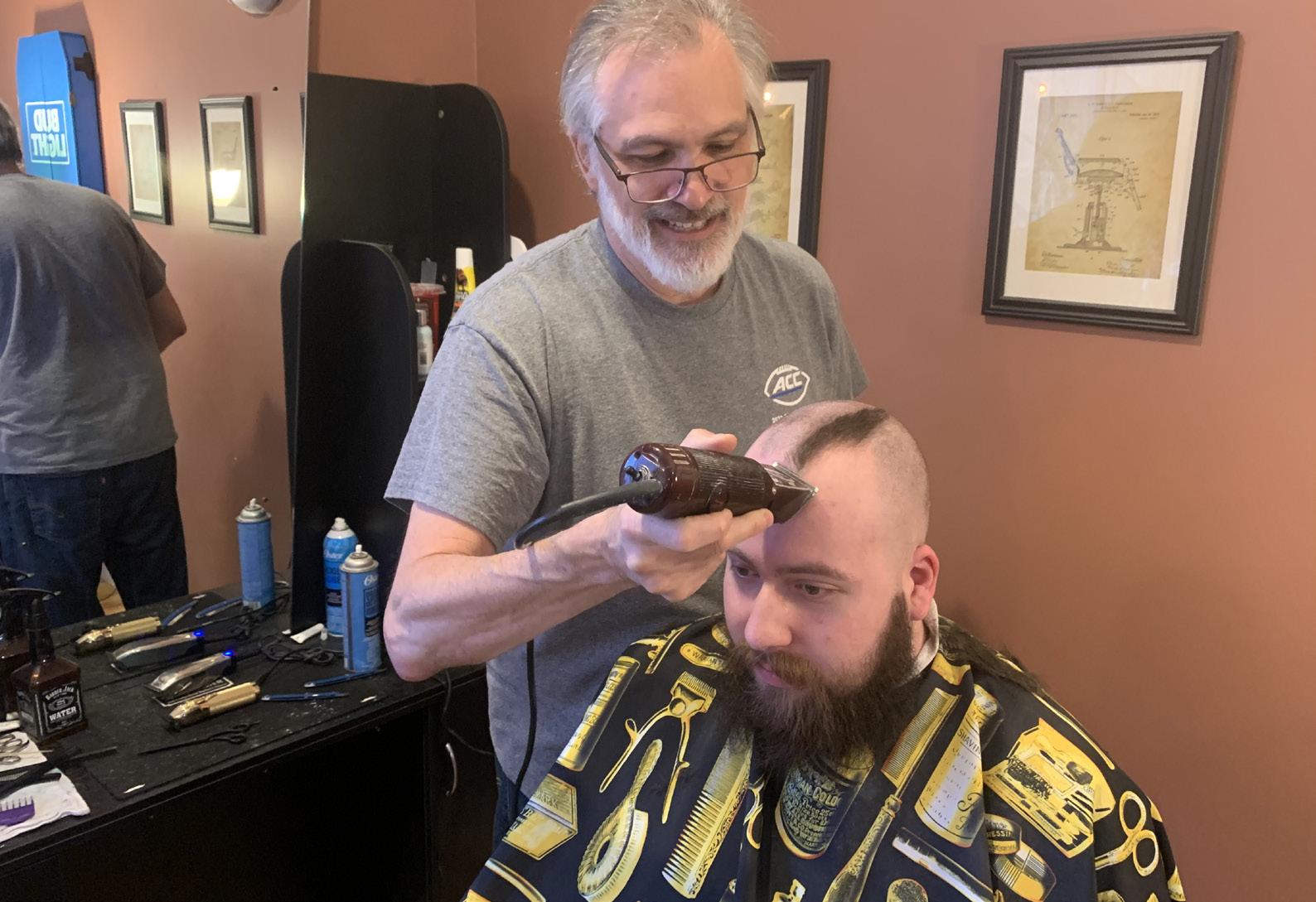

 Beratta at work, cutting the hair of one of his customers.
Beratta at work, cutting the hair of one of his customers.
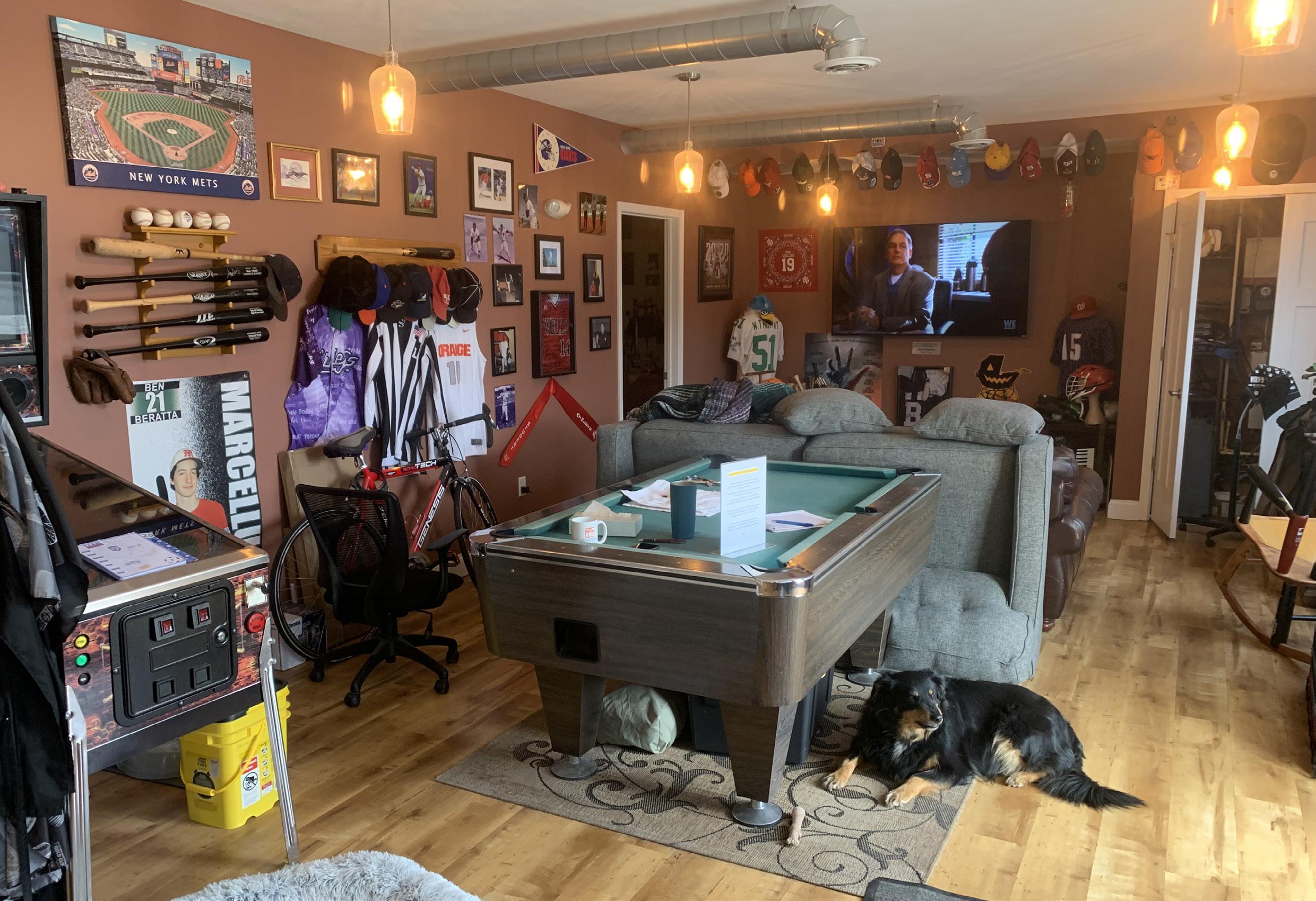
barbershop in front and a yoga studio for Dena in back, calling it the Slate Hill Wellness Center. Dena’s business is called Mandala Moon Yoga.
Beratta did his first haircut at his shop on Oct. 1, 2016. From the beginning, he said he steered away from doing “fancy” cuts on customers. “I’ve seen [young barbers] do that, but I don’t. I’m not artistic enough,” he said.
His barbershop, which he calls his “man cave,” has all sorts of personal and sports pictures and paraphernalia hanging on the walls. There’s a big screen TV, a pool table, a soft couch, a rocking chair, a pinball machine and a few cans of Guinness in the fridge in his office. The couple’s two dogs, Winnie, a border collie, and Chai, an Australian shepherd, roam about the building.
“I feel like I’m happy every day — cutting hair, refereeing, doing what I want to do,” he said.
Beratta said he stays fit by walking, jogging or hopping on a Peloton stationary bike he has at home.
“My health has been good and my wife keeps an eye on me and makes sure I eat healthy,” he said.
His daughter, Juliana, is a licensed massage therapist. “When I start having back issues, I give her a call to come tweak me,” he said.
Beratta said he uses people skills he learned from his state police job while cutting hair.
“I interview everybody. This is their 15-20 minutes,” he said. Conversations while they’re on the chair often include their latest joys and concerns in their personal and family lives. Beratta particularly likes to chat about football, often recapping or giving insights to customers about college games that he worked.
He said he gets a kick from quizzing kids in December about what they want “the big fella” to bring them for Christmas.
“They’ll sometimes tell me things they haven’t told their parents — and that’s with Mom or Dad sitting right there. I’ve been thanked several times by parents afterward for that information.”
Asked about his bucket list, Beratta pointed to a van outside in the shop’s parking lot, saying he and his wife are planning a road trip out to Montana this summer, camping along the way. The van, a vintage, 1990 VW Westfalia Camper, is equipped with two beds, along with a small kitchen, fridge and oven in the main part of the vehicle.
Dena said she “doesn’t get that mentality” of those who say they can’t retire because they have no idea what they would do afterward. “Go see the world. Travel,” she said. “I’m trying to see all the national parks and I’m dragging Pete along with me.”
Meanwhile, her husband has his sights on one day refereeing a major college football bowl game. “The Rose Bowl comes to mind. That’s the Big Daddy,” he said.
His advice to retirees — or anyone else for that matter — is simple.
“If you’re not happy, you have to do something to change that,” he said.
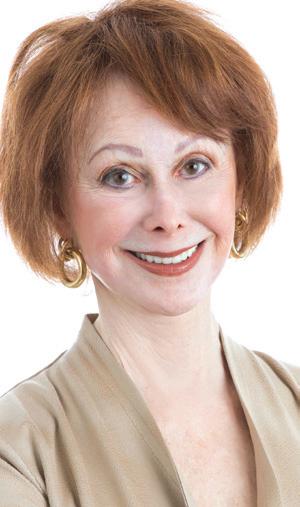
he admonition to “stop and smell the roses” was something I never could make happen when I was younger.
It’s only recently I’ve realized why it is so important to do as we age, but in a very different way than its original meaning of “slow down and enjoy life.”
Let me explain.
When I was working for Onondaga County, our Department of Aging and Youth had a great group of dedicated people who were always looking for ways to make the system work better for the people we served.
When a project we had worked on for months was finally ready to launch, we’d have a press conference or a presentation before our legislative committee to make the announcement. If it went well, we’d have maybe a half hour of feeling great. Then it was back to work as usual. No time for smelling the roses.
Those feelings of elation should have lasted much longer in proportion to the months of work it took to get to a good outcome. It’s like that with weddings and other events that you spend months working on and then it’s over. For those at least, the smell of the roses lingers in looking at the pictures and getting to talk the day over with friends and family.
is that as we get older loss will happen to all of us in various forms. Whether it is loss of loved ones, loss of one or more of our senses or loss of physical abilities, if we’re lucky enough to live long lives we will inevitably experience loss in its various forms.
That’s why we need to make what seems like ordinary, everyday things as memorable as we can and we do that by recognizing their importance at the time. To inhale as deeply as we can and imprint in
matzo ball that feels like eating a cloud with taste.

our brains — the tastes, sounds, smells, sights and touches, so at a future time we can shut our eyes and bring them to mind whenever we want. This will allow us to still get enjoyment from the past while adapting to the changes we’re experiencing.
Another technique to adapt to change is learning how to pivot. Most athletes will decide at some point that it’s time to hang up the shoes, whether it’s tennis, running or other sports that aren’t so enjoyable anymore. It could be that our sense of balance is off for various reasons — arthritis, vision, inner ear issues, hip and knee problems, medications and so forth. Though we hang up one set of shoes, we can pick up another. Tennis players pivot to pickleball, runners to walking, others to swimming. If the feet aren’t so happy doing the work anymore, there’s using the arm workout part of the bike machine to still get the benefits of a cardio workout. And stretching to stay limber is something we can do on our own at home. As long as we mentally prepare ourselves for that need to pivot, we’ll be prepared.
But recently I’ve figured out another reason it’s so important to “smell the roses,” both figuratively and literally. Why we should deeply inhale the smell of a cake baking, savor the taste of a great meal, appreciate a beautiful sunset, delight in a colorful garden and especially... enjoy each hug, kiss and touch from loved ones.
The reason to awaken our senses now to all those wonderful experiences
And at any stage of our lives we can teach ourselves to cultivate our remaining senses. By just reminding ourselves to enjoy the texture and smell of a great meatball or garlic bread or chocolate cake, if there comes a time when our sense of smell is no longer as acute, we can still recall it in our memory while we’re eating. Chew mindfully to enjoy the texture and taste of a great toasted bagel; crunchy on the outside, soft on the inside. Or a fluffy
By now you’re probably sick of me talking about the relationship of hearing aids to dementia. Hearing is a sense that most of us do have some control over, so why wouldn’t we want to do whatever we can to help our hearing and keep our brains active? Equally as important is that hearing well facilitates social relationships in our lives. As my doctor friend, Corinne Smith, told me years ago, “don’t wait until it’s too late to adjust to them.” Just get the damn things already. Once you do, let me know, then I’ll stop lecturing you.
And now I am off to a season of three graduations and two weddings of grandchildren and will remind myself to appreciate every minute so I can call up the memories.

This year marks the international organization’s 100th year and the CNY club’s 70th year of operation
By Norah MachiaSandy Cittadino was busy working in retail and restaurant management several years ago when an unexpected opportunity led her to meet a group of strangers who would later become lifelong friends.
At the time, a Syracuse University professor asked Cittadino to talk to her students and share a “parent’s perspective” on raising a child with autism. Her son, Joe, had been diagnosed with Asperger’s syndrome, a high-functioning type of autism.
As she began receiving more public speaking requests to raise awareness of autism, Cittadino turned to the local award-winning Empire Statesmen Toastmasters Club for help. The club meets weekly in Liverpool and offers members the option to join online.
Toastmasters International is a
nonprofit educational organization that teaches public speaking skills through a worldwide network of clubs. Its mission is to “provide a supportive and positive learning experience in which members are empowered to develop communication and leaderships skills, resulting in greater self-confidence and personal growth.”
For Cittadino and many others, the Toastmasters club has not only helped with public speaking, but also with educational and leadership skills that apply to many types of communication.
“They taught me how to listen and respond” when speaking with employees — first giving praise, then discussing needed work improvements and always ending with a compliment, she said.
After club members give speeches, they are offered positive
encouragement and tips on how to improve their presentations. “Each person is assigned a mentor at the beginning, but then every member becomes your mentor,” said Cittadino.
The group also unexpectedly supported her on a personal level. “I have made lifelong friends” through the organization, she said. Members of the local club have helped her son, who is now 32 years old, follow in his mother’s footsteps by joining Toastmasters.
When Joe was hired a few years ago to work with children in afterschool programs, he needed help with transportation to the different schools. Because of the anxiety resulting from his autism, he didn’t drive. Several members of the Toastmasters club stepped in to give him rides.
“We are like a big family,” said Cittadino, noting many members still
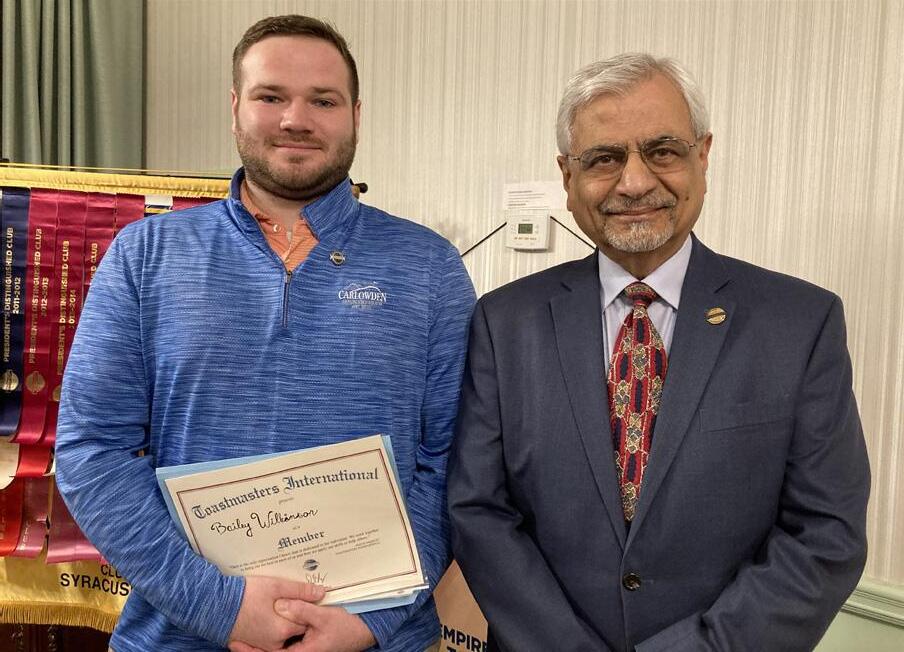
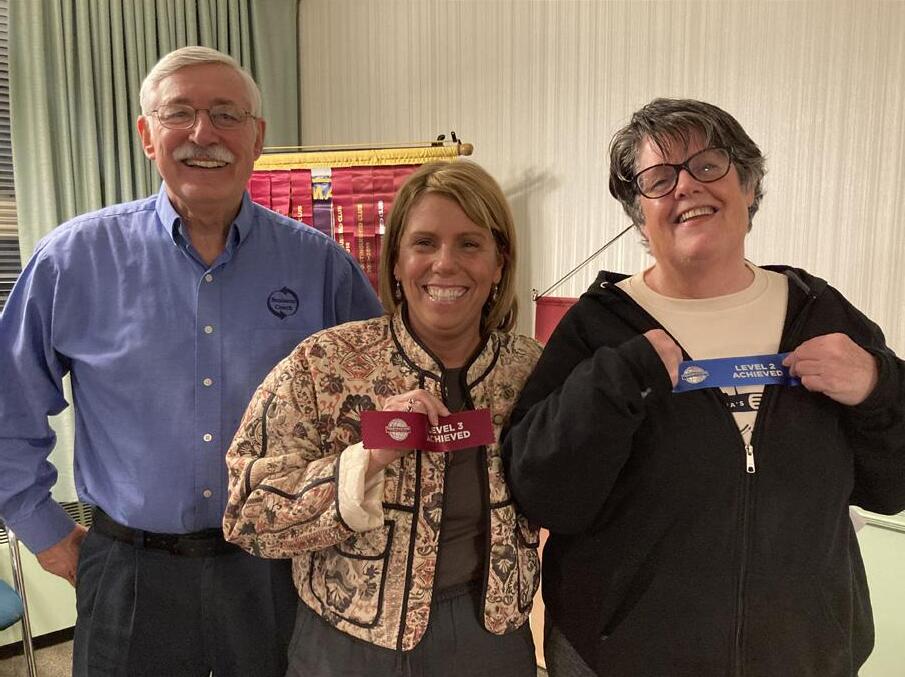
attend autism awareness events on behalf of her family. Her son has “built up his confidence” after joining the Toastmasters club, and now speaks to others about autism. “It has given us both a chance to be part of something together,” she added.
Sam Mehta, a certified management consultant, had been working in the corporate field and giving talks for years before joining Toastmasters. He had never heard of the organization until he was approached by a member of the audience attending one of his workshops for prospective customers, salespeople and marketers.
The audience member, an engineer, belonged to the local Toastmasters club and suggested to Mehta that he attend a club meeting. Mehta was unfamiliar with the organization and rather puzzled by the invitation, but he decided to give it a try.
That was 27 years ago and today, Mehta said it was one of the best decisions he has ever made. “It helped me fine-tune my presentation skills, but it’s about more than just getting up to speak,” he said. “It’s an organization known for leadership training.”
Mehta, who eventually became a Toastmasters district leader, has met hundreds of people through the organization and formed friendships with many of them. “You never get bored and you’re always learning from

everyone else,” he said. “It’s a rich give-and-take program.”
Those who join Toastmasters also learn skills such as “impromptu speaking” or speaking about a newly introduced topic without any preparation, which helps to “expand your horizons of speech,” he said. The topics are not necessarily businessrelated and may even be light-hearted at times. For example, Mehta once led a group discussion on the topic “What would you do if you won the lottery?”
The Central New York club is part of Toastmasters International, which has approximately 270,000 members in more than 14,200 clubs in 148 countries. This year marks the international organization’s 100th year and the CNY club’s 70th year of operation.
The local club was originally started as a corporate one for General Electric employees in 1954, but was later opened to members of the public. The original name, The Electronic Toastmasters, was changed to the Empire Statesmen Toastmasters Club.
“People join for many reasons,” said Joshua Raut, the club’s vice president of membership. Many people are nervous about speaking in public, but it may be a requirement if they want to move into a management position. Others, like professionals from foreign countries, may need to
polish their English language skills.
The Toastmasters club has also helped those interested in podcasting, Cittadino said. “Even though their image may not be seen, we can still teach people how to speak” during interviews, she added.
Many people who give presentations have never had them evaluated by an outside organization and that’s where Toastmasters can help, said Raut. The speeches may cover a range of topics, such as hobbies or family experiences. The club has members who are retired, but still want to share their expertise and knowledge with others.
“Each week, people share stories about their work or lives,” said Raut. “It’s a great way to get to know people.”
Public speaking is on many “top 10” lists of things that cause anxiety and a lot of people don’t think they can do it. But if you have ideas and can’t speak about them, that knowledge is lost, Raut added.
The Toastmasters organization helps people develop the skills needed to speak in front of others, and the more they do it, the more comfortable they become. When it comes to public speaking, “it’s like having a superpower,” he said.
For more information visit www. empirestatesmen.toastmastersclub.org
Member Baily Wilkinson (left) with mentor Sam Mehta. Club president Jim McEntire with Sandy Cittadino and Shirley Hartnett.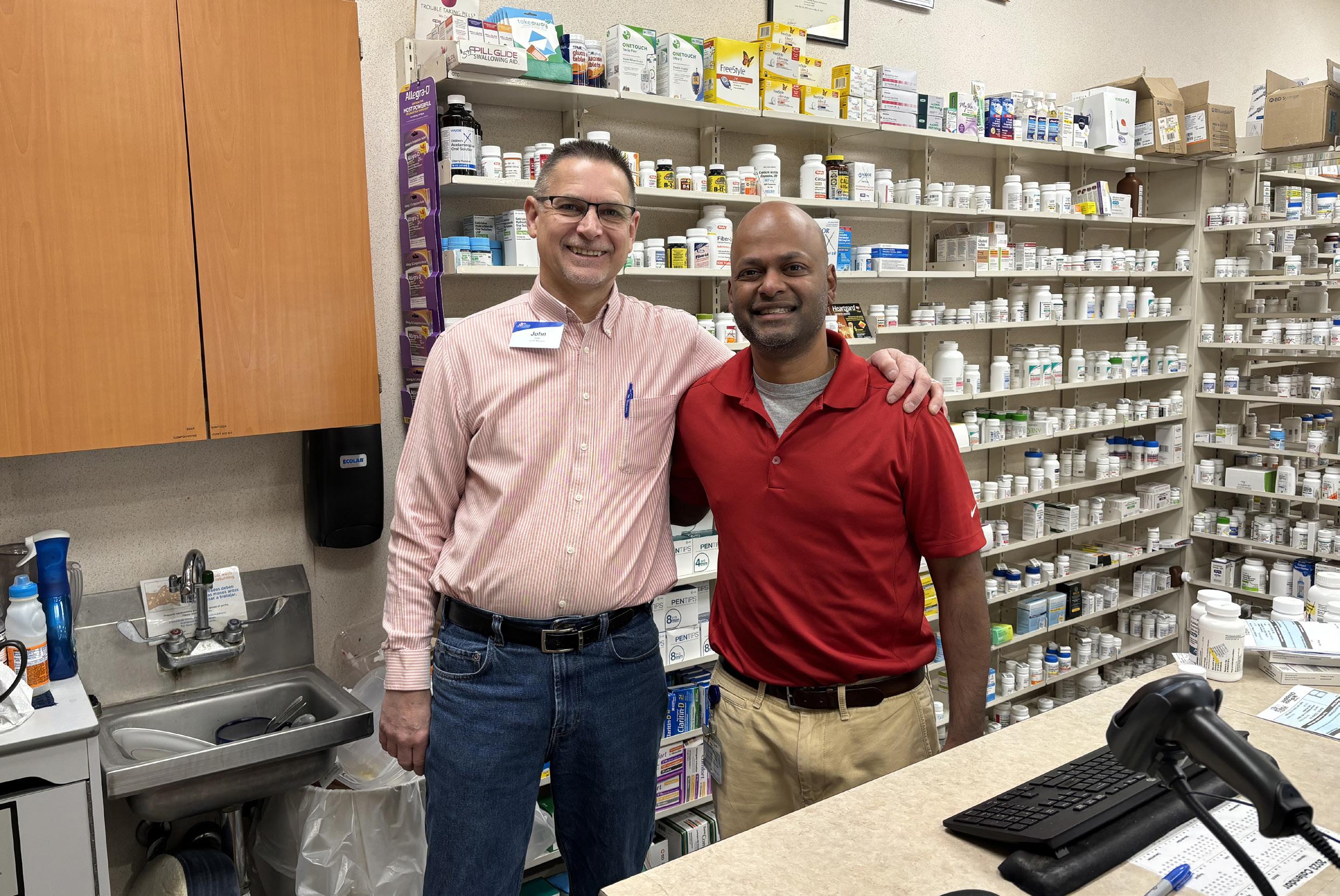
He has the distinction of being the longest-working, tenured store manager in the company’s history
By Tim BennettWhen John Dean took his first job at Price Chopper at the Glens Falls store in 1976 at 16 he had no idea he’d still be in the company four decades later with the distinction of being the longest-working, tenured store manager in the company’s history.
His face may be familiar to many in Central New York because Dean has managed most of the PCs in Syracuse, including the stores on Erie Boulevard, Western Lights and the former one in Hechinger Plaza, as well as stores in Liverpool, Clay, Cortland, Fulton and Cicero — his last store.
“When I started working at Price Chopper as a teenager I liked it because it gave me the funds to buy expensive
stereo equipment and go skiing with my friends,” Dean said smiling, a week after he officially retired this year. “I took some college classes in drafting while I worked at Price Chopper part-time, but I was more into the skiing than my studies. When they offered me a full-time job a year later as an assistant produce manager in Schenectady, I jumped on it.”
Dean remembers the early days of ink-stamping the prices on the items, when there were no scanners and the “swinging beef,” which was the term used for the way beef was transported in tractor trailers to the stores — as fully skinned cows on hooks.
“Once at the stores,” Dean said, “the cows would be attached to the
store hooks, which were part of a rail system that ran right into the meat room. From there the butchers would cut off slabs and work on the individual pieces. You remember the Rocky movie? Well, it was like that. Me and some other young guys even took turns punching the hanging meat just like Rocky did in the movie.”
Although Dean’s first job at PC was bagging, he quickly earned the respect of the manager and was promoted to clean the meat room.
“Back in the ‘70s, the Department of Labor was pretty lax, so I was allowed to do things they’d never let kids do today, like cleaning the blades on the meat slicing machines,” he said. “But the manager liked my work so
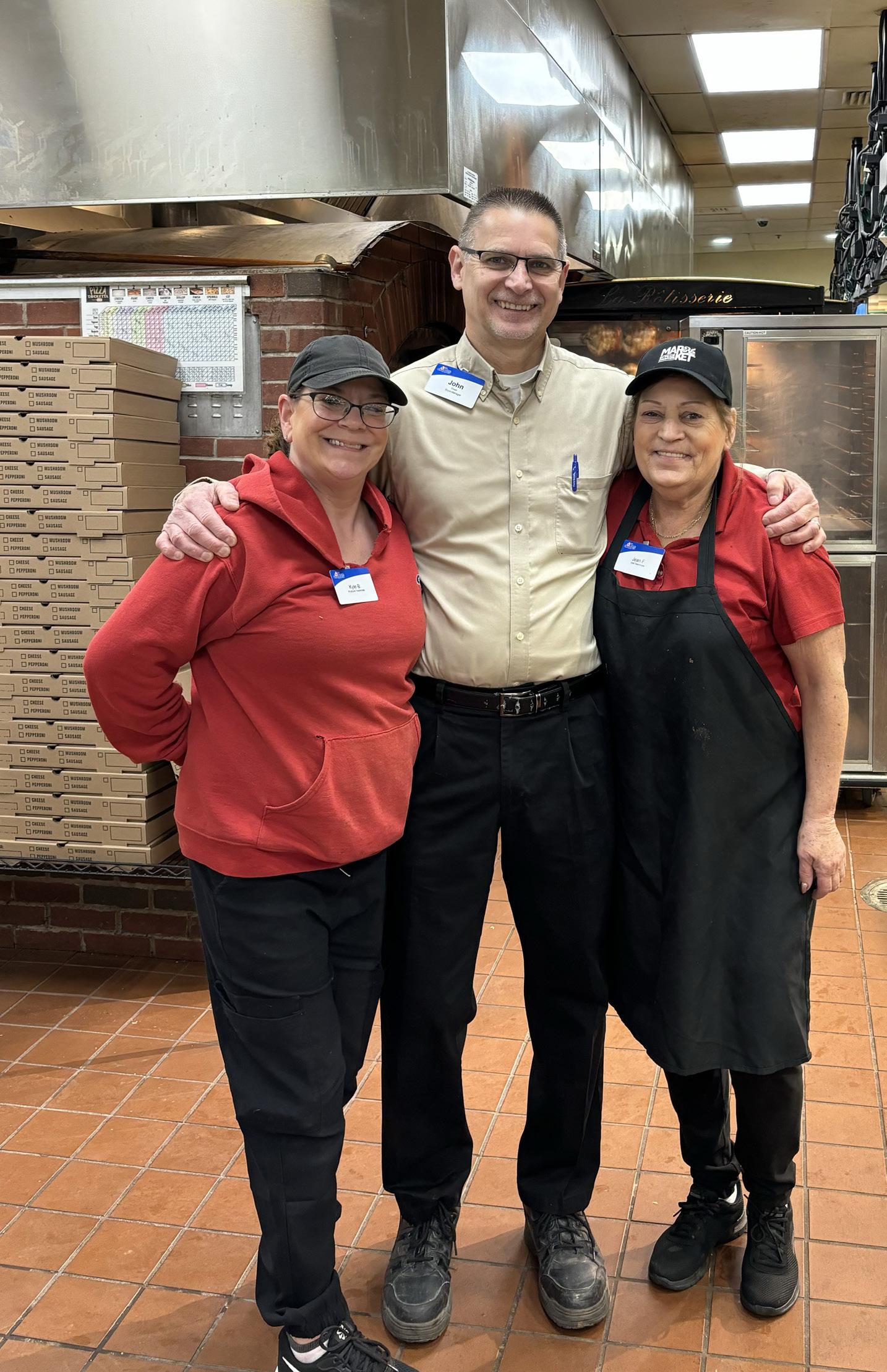
much he had me do the same thing at another store in Glens Falls. I then worked in Schenectady and Clifton Park for about four years until I was sent, along with 15 other workers, to Scranton, Pennsylvania, where they were opening new stores at former A&P locations. I was promoted to department manager of produce at one of the new stores and after three years to assistant store manager.”
“Although I liked the job and the people in Scranton, I always had a dream to work in Syracuse,” Dean
added. “My dad had graduated there in 1959, so as kids we were exposed to SU sports early on and my mom was from that area so we heard about Syracuse a lot growing up. After my dad took me to a SU football game as a kid I knew I wanted to live there some day. When an assistant store manager job in Syracuse was posted by Price Chopper in 1986 I applied and got the job. I was 26.”
When asked about some stories from his perspective as a PC manager, he immediately thought of a shopper
at the Fulton store: “There was an elderly customer named Pete who only had one arm. I never knew why, but it was always obvious whenever Pete was coming in the store because he only had one arm and he had this way of walking like he was on a mission — which to us was to complain and cause problems. There would be gasps from the employees whenever they saw him coming like, ‘Oh no, that one-armed Pete is here again!’ He was so mean and he would argue and complain about everything. At this point, Pete had been doing this for months. One day I saw him going through the hams with his one hand and he called to me, ‘Hey, manager’ and started complaining about the price. Finally, I couldn’t take it anymore and I said, ‘Pete, you come in here every day to complain and you’re miserable and you make everybody upset. Do you know what’s going on in the world today? There are people who are starving. People who are dying. There are wars going on. All this is going on in the world and here you’re making a big deal about 5 cents on a ham. It’s just not right?’
“Amazingly, all of a sudden, his demeanor changed and he calmed down, lowered his eyes, and said quietly, ‘You know, you are absolutely right.’ And, would you believe it? From that day forward that guy never complained again and became the best customer I could ever have. We even found out that we both liked reading about local history and I’d go to his house so we could exchange books.”
Dealing with customers, Dean explained, was not the only thing PC managers were required to do. They also had to organize fundraisers.
“Over 10 years Price Chopper raised more than $100,000 for muscular dystrophy,” Dean said. “Many times we did golf tournaments but sometimes we had to be creative. The funniest event a manager and I came up with was what we called, ‘Cow Chip Bingo,’ which we did at the Hechinger Plaza store in 2002. The first thing we did was paint part of the parking lot like a giant bingo card. Then we sold the squares to our customers for something like $40 a square. The bingo card typically has 25 squares so that meant we received $1,000. The lucky winner would win 50% of that, or $500 and muscular dystrophy got the rest. With Cow
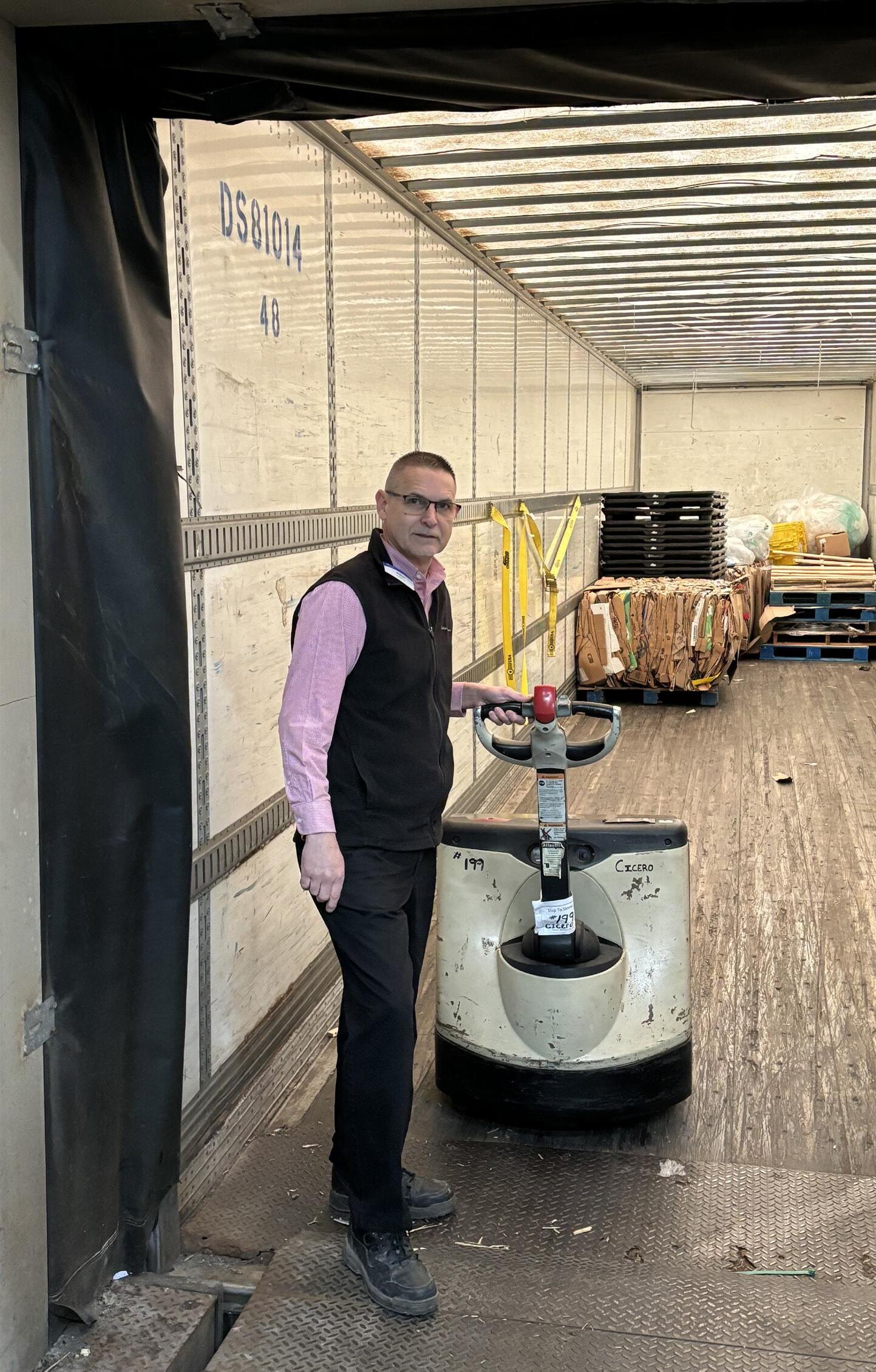
Chip Bingo, however, nobody called numbers. The winner was going to be the person who bought the square on which the cow pooped. On the Saturday of the event we brought in a live cow, fed it a lot of food, including Little Debbie cupcakes and then led her across the bingo board with a crowd of participants cheering her on to plop on their square. Fortunately, it didn’t take long for the cow to cooperate so one
happy customer walked away with a nice profit.”
Dean said one of the highlights of his career was when he worked at the Cortland store. “When I worked in Cortland there were a lot of rural customers that came there from outlying areas in Tompkins County. We used to have a program called ‘Tools for Schools’ and if the families in your local school shopped enough
times at our store they could qualify to win school supplies and the top school would win a computer. In 2004, of all the schools in the entire county, Marathon Elementary School, a very small school, won the computer.
“So, the corporate office sent the computer to my store and it was my job to bring it to the school. I called up the school and I explained that they had won the computer and I asked when I could drop it off. They told me Friday evening would be good and they would have everything ready. So, I got directions to the school. It was probably 15 miles from the store over back roads into the country and it was dark out. But finally I found the school in a very small village.
“I immediately noticed that there were a lot of cars in the parking lot surrounding the school. I thought, ‘Huh, there must be some big event going on. I wonder what it is.’ So I went through the front door and there were people in the vestibule to meet me and they said, ‘Oh, Mr. Dean. Welcome. We are so excited to meet you.’ I asked them, ‘Where would you like me to bring the computer? They led me into the school auditorium and said, ‘You can bring it right up on the stage. I looked around and there were all these tables set up with all kinds of desserts and I see some students in costumes. They ushered me up front and said, ‘Mr. Dean you can sit here.’ Then the students did a play and we ate the desserts. Finally, the principal took me by the arm and I was escorted up to the stage. She looked at the crowd and said, ‘Quiet. Quiet everyone. Mr. Dean is here to present the computer.’ That’s when it hit me that they did all this for me. They treated me like I was the governor of the state showing up in Marathon, New York. And the kids also gave me hand-colored thank you cards. The whole community was so grateful and it seemed like they didn’t want me to leave. It was the grandest thing.”
Unfortunately, all the stories Dean told me could not fit into this short article — like the time a local college fraternity faked a kidnapping at the Midler store parking lot or the time a pregnant mom gave birth on the way to her car or the time he had to give CPR to a customer or the time he was called at 4 a.m. about a problem at his store, only to be told seconds later, ‘Oh. Sorry. That was a Vermont store.’”






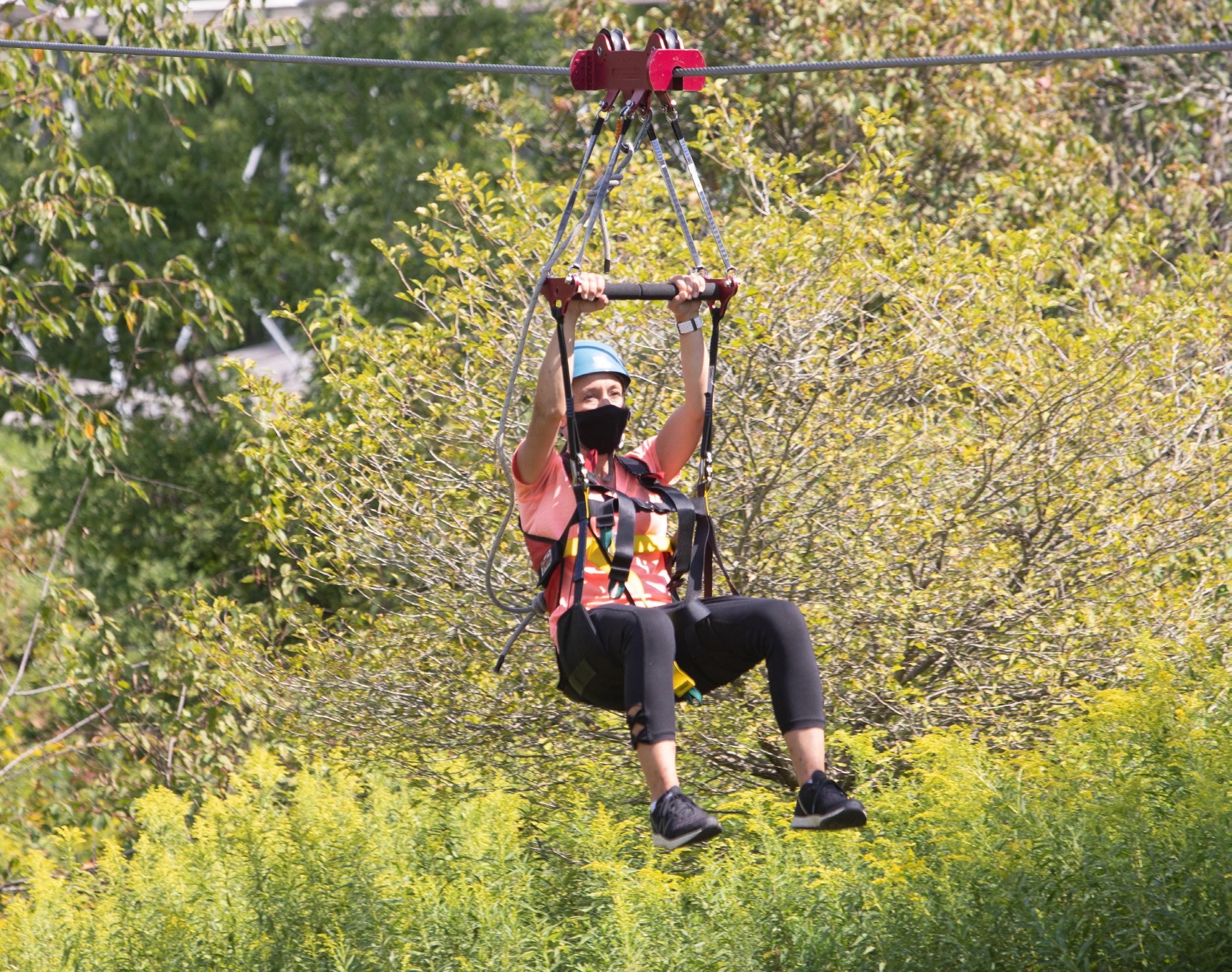
Want a thrilling activity to do with older grandchildren? Look no further than ziplining.
Using safety harnesses and belays, zipline parks provide a safe way to skim through the treetops. Parks include things to do for younger and older children, but generally are not meant for children younger than 4.
• Bristol Mountain Aerial Adventure in Canandaigua is the best local place to go if you have a mix of ages in your group. Children 4-7 who will enjoy the Kids Adventure Park ($28 each) and pre-teen through teen grandchildren who can join you in the main Aerial Adventure Park ($57 each). Each park is mostly high ropes obstacle courses
but includes zip line elements. High ropes courses include walking and climbing on suspended logs and tippy bridges between treetop platforms, plus numerous other climbing elements to challenge your problemsolving skills and sense of balance. The safety equipment ensures you won’t fall far. The courses are ranked by difficulty so you can gradually increase the difficulty as you complete them. If all you want to do is zip line, the Zip line Canopy Tour is for you ($109 per person, must weigh between 80 and 250 pounds). It features seven different rides measuring more than 5,000 feet. The admission is for an all-day pass (not per ride). The only exception is Bristol’s The Launch ($20 or $16 as an add-on to park admission), which
as its name denotes launches a single rider 63 feet in the air with up to 3.8 Gs of force. It’s like being the pebble in a giant slingshot.
More info: www. bristolmountainadventures.com
• Calypso’s Cove Family Fun Park in Old Forge includes a 300-foot zip line as part of the park’s high ropes course. The two-level course is new this year, in addition to the g-karts, rides, arcade and bumper boats. Zip line guests soar over the park’s mini golf course at speeds of up to 21 mph. Pricing for the new attraction is not currently available.
More info: www.calypsocover.com

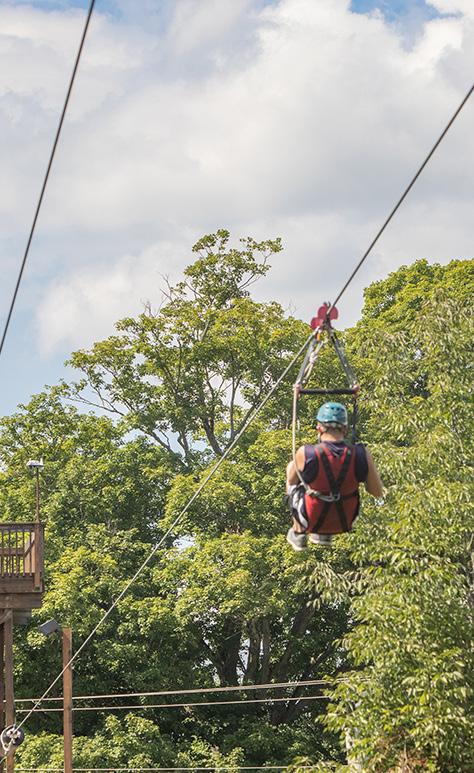
• The zip lines at Outdoor Adventure Center at Greek Peak in Cortland offer speeds up to 40 mph. The rate is $64 per guided tour. Stick around for more thrills with the park’s mountain coaster, high ropes course, ski lift ride and laser tag. There’s plenty to do to make a day of it at Greek Peak.
More info: www.greekpeak.net/ outdoor-adventure-center
• Soaring Eagle Zip Line at Thunder Island Event Center in Fulton is only $3 with a water park band, $4 without a band. A second ride on this 700foot course costs an extra dollar. This pricing and the tandem, seated ride with a buddy is perfect for children who aren’t sure if they want to ride a zipline a second time. Since there’s
plenty of other fun at Thunder Island, those who discover they don’t like zip lining still have plenty of other things to do, like the water park, GellBall, mini golf, and go-karts.
More info: www.thunder-island. com
• Bad weather? No worries. Destiny USA in Syracuse has you covered, as the Canyon Climb Adventure at WonderWorks represents the largest indoor ropes course in the world. Its 80 elements include zip lining and some of its 35 platforms go up to almost 70 high. Tickets are $18.
More info: www. wonderworksonline.com
To enjoy your day at an adventure park:
• Thoroughly understand the park’s height, weight and health recommendations. A grandchild who is too small to participate in most of the activities will feel disappointed.
• Wear appropriate clothing, such as closed-toed shoes with good treads, close-fitting clothing and sturdy fabric, like denim. Tie back long hair and skip dangling jewelry.
• Bring along water bottles, snacks, bug repellent, sunglasses and sunscreen.
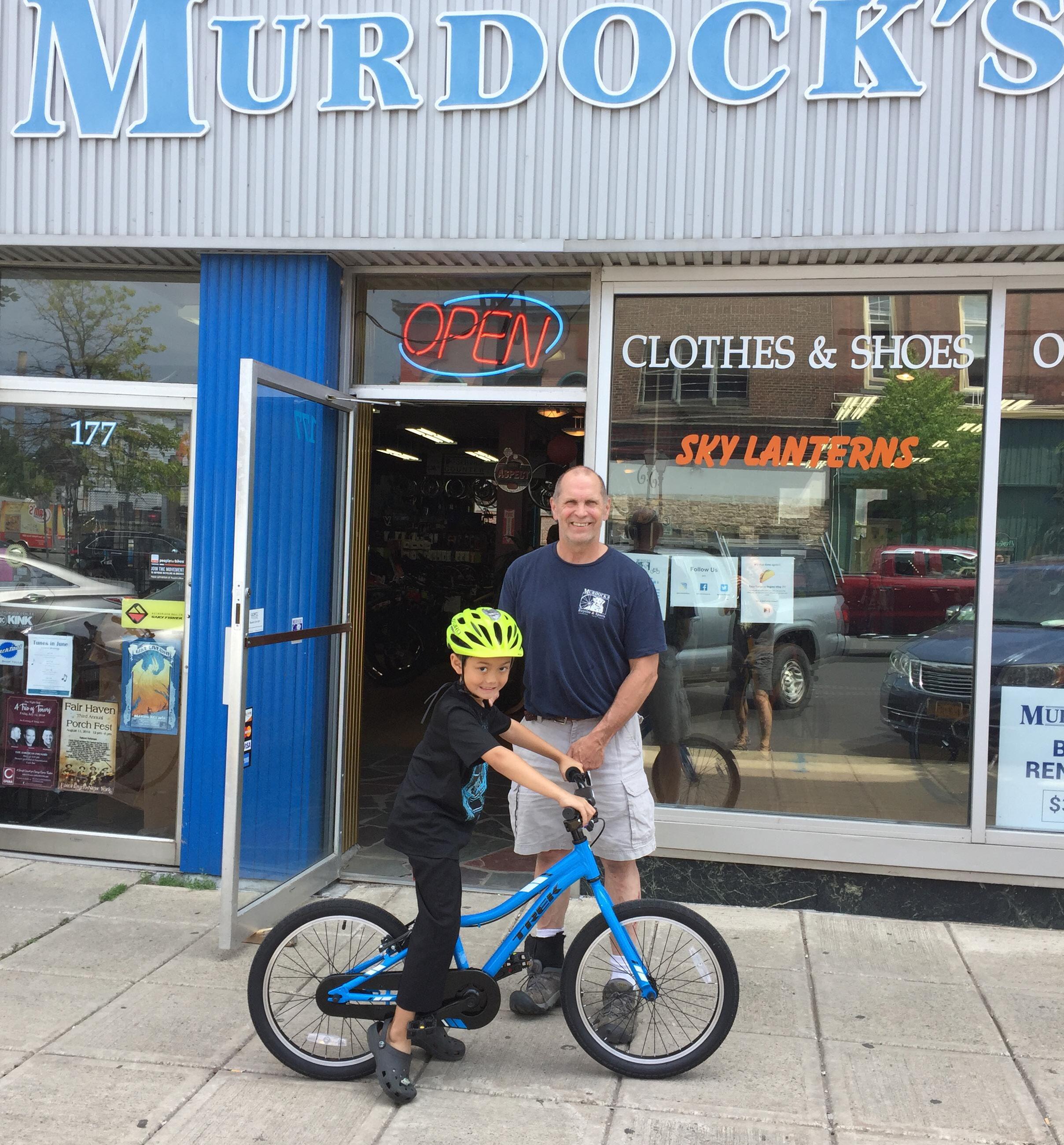
Most people have ridden a bicycle as a youngster, but many leave behind cycling once they’re able to purchase their first car.
For Greg Mills, owner of Murdock’s Bicycle and Sports in Oswego, cycling is a lifelong passion. And at age 64, “my body won’t let me do anything else!” he quipped.
Beyond the joint-friendly aspects of cycling, Mills said that he likes to ride his road bike to get fresh air, see the countryside at a slower pace than
by car and get together with friends, both new and old.
Although he’s primarily road biking now, he has also cycled off-road in the past.
“As a bicycle shop owner, I have to have experience in different types of cycling,” he added.
Road cycling offers a smoother ride that’s easier on the joints than off-roading.
Mills’ business organizes Ride Oswego County, a group bicycle rides and helps participants learn about
other riding opportunities in the area.
“Last night we did a group ride,” he said. “There were three from Baldwinsville riding with us in Oswego and they were planning on going to Cato to ride today. You get into a network of people who share opportunities.”
He added that many cyclists in the group informally share news of upcoming rides throughout the region, just so others have further riding event opportunities. That friendly spirit of camaraderie appeals to Mills, as well
as the dynamics of riding as a group. Riding together offers greater safety, encourages longer rides and builds a sense of community.
When would-be cyclists come into his bike shop, he finds that some feel hesitant about getting into bicycling again, as they say they’re not planning on racing. He views cycling as a pleasurable pastime and not necessarily as a competitive pursuit (although he certainly caters to racers as well).
He encourages anyone who’s been out of cycling a while to “take small steps and get yourself comfortable,” he said. “If you can find a way to do it more, it will have a positive impact on your life.”
It begins with knowing where and why you want to cycle and finding the right equipment to make that safe and pleasurable. For example, riding a cruiser bike on a mountain biking trail would be neither.
Whether as transportation, pastime or sport, “cycling can accommodate anyone,” he said.
favorite childhood memory I have is my dad teaching me to ride a bike.
I can still to this day visualize him running behind me in his plaid Bermuda shorts, holding onto the back of the sparkly blue banana seat of my Schwinn bike. My skinny little legs pushing the pedals faster and faster until he let go and then, it was if I was flying! I was riding a bike!
The feeling I had that warm, sunny summer evening as I coasted down our neighborhood sidewalk was disbelief and utter joy. I was as doing it! All on my own!
My balance kept me upright. My pedals propelled me further and further away from the safety of my dad. He surely must have held his breath as he watched me speed away from him, unsupported. That day, back in 1969, on Norwood Avenue in Niagara Falls, a cyclist was born.
and continued across the northern tier route, to Bar Harbor, Maine. Those 4,200 miles was without doubt one of my biggest accomplishments. Talk about a shot to the arm of heightened self confidence. I was over the moon as I rode into Bar Harbor that rainy July day, completing those thousands of miles. Making it more incredibly amazing was, I rode all that distance with a group of women on a guided tour over the course of those two summers. Summer of 2010, we rode from Washington state to North Dakota, and then summer of 2011 we went the final leg, North Dakota to Maine. The way this tour was split up was perfect because teaching allowed me to have my summers free.
FOR MORE INFORMATION:
Reach out to any of these cycling organizations in CNY to meet up with likeminded cyclists:
• Ride Oswego County, Oswego www.facebook.com/ Rideoswegocounty)
• Owasco Velo Club, Auburn www.owascoveloclub. com/Home.html)
• CNY DIRT www.facebook.com/ groups/292659685678
• Syracuse Bicycle, Syracuse www.syracusebicycle.com
• Onondaga Cycling Club https://onondagacyclingclub.org
• Cycle-CNY www.cycle-cny.com
Into my teen and adult years my bike became my escape, bolsterer of self-esteem and never-faltering best friend. It was always there for me during times of sadness, loneliness, happiness or stress. Never asking me any questions, no judgments, just a silent partner, provider of release and distraction.
Cycling had witnessed breakups, work stress, loss of a loved one, falling in love and landing new jobs. It was during these times it became a beacon in the storm of life whether good times or bad. Each revolution of the pedals taught me acceptance or thrust me forward, toward change.
As the years rolled on, I used cycling as a form of competition, mental health and adventure. Participating in local races and bike tours throughout the country and world, my bike continued to provide me with experiences of awe.
Riding across the country during the summers of 2010 to 2011 was a definite highlight. My cross-country tour began in Anacortes, Washington,
As time went on, touring in Europe became my new quest. Italy, France, Spain, Scotland, Ireland and beyond. Each country had its own different type of beauty. Riding through the hills and peaceful countrysides of these unique places has made me forever grateful for this simplistic two-wheel invention, the bike. One of the best T-shirts I have ever owned was, “Cycling: Cheaper Than Therapy.” And it was true as I found out when my anxiety and ADHD took off at a reckless and high rate of speed. Again, cycling was there as my patient, constant teacher, pacing me and maneuvering me through the turbulence and obstacles that I learned was to become a part of life.
Cycling is something you can do into your 80s, as I have seen friends do. That can give us all hope in staying active. Having a form of movement that is not only a provider of health but can be a piece of the fabric of our happiness is something worthy for us all to pursue. Now, ready to enter a new decade in life, with 60 years of age knocking at my door, I am willing to answer it. Knowing I will have my forever best friend, my bike there beside me, always waiting to show me the way.

About 70% of people aged 65 today will need some type of long-term care in the future, according to the Administration on Aging, part of the US Department of Health & Human Services.
A Place For Mom, a senior care referral company headquartered in Seattle, states on its website that the average length of residency in a longterm care facility is 3.2 years, and more than 20% of residents will need more than 5 years of care.
Currently, Medicaid covers only 54% of the nation’s long-term care costs. The rest requires private
resources or long-term care benefits.
Care provided in nursing homes is much more costly than home-based care. Receiving care at home can help insurance funding and self-funding of long-term care go further. Most people prefer home health so they can remain in their homes. However, the industry lacks workers.
“There is a definite gap in home healthcare in Central New York,” said Jeffrey Hopp, bachelor’s trained nurse and director of patient services at Oswego Health Home Care. “This is not a new shortage and is worsening.”
The scarcity of workers played a part in driving home health companies
out of business. Hopp said that Onondaga County lost two certified home health agencies recently, just as the pandemic increased the need for services at home.
Hopp hopes that greater advocacy within the industry will spur legislators to increase reimbursement, which can help homecare agencies increase payrates and attract more workers to their companies.
Most insurance companies have phased out their long-term care policies. They’re costly to pay out and many policyholders will use the benefits. But you do have options for funding long-term care.
Sara E. Davis, Attorney at Law, PC in Oswego, said that many longterm care insurance plans “have had difficulties. If it’s been in place a decade or more, many of the premiums have quadrupled and many of the benefits have been slashed. A lot of people built their long-term planning around policies they assumed would be viable for them. There are different policies that financial advisers can recommend. We look at what products will work.”
Overall, she recommends preplanning rather than “emergency” planning. The latter limits the options available.
“A big mistake is when their loved one goes into a nursing home and they just pay the bill until they’re down to the Medicaid resource level,” Davis said. “The options are very complex, but I try to educate my clients that even if you choose to not do any preplanning, know that if you end up in a nursing home, it’s imperative you speak with a Medicaid attorney so you can save your assets.”
A few financial tools can help the “community spouse”—the one not in a nursing home or receiving long-term care at home — retain assets.
“I can’t tell you how many clients come in for legal advice after their loved one has been in the nursing home for months and they have paid the bill until they are down to the Medicaid resource level,” Davis said. “It breaks my heart because had they come in when the loved one went into the nursing home, they could have saved some of their assets.”
For those who plan early enough, long-term care insurance can help. Vicki R. Brackens, chartered financial consultant and president and financial planner at Brackens Financial Solutions Network, LLC in Syracuse, said that hybrid life insurance contracts now available offer provisions and riders that “convert the face amount of the contract into a pool of money available for indemnification of services provided based on qualifying activities of daily living categories.”
Although somewhat complicated, the plans allow policyholders to tap into the death benefit while still living to cover long-term care needs. But be ready to dig deeply to cover a plan like this.
Brackens said these plans work best for people who still need life insurance
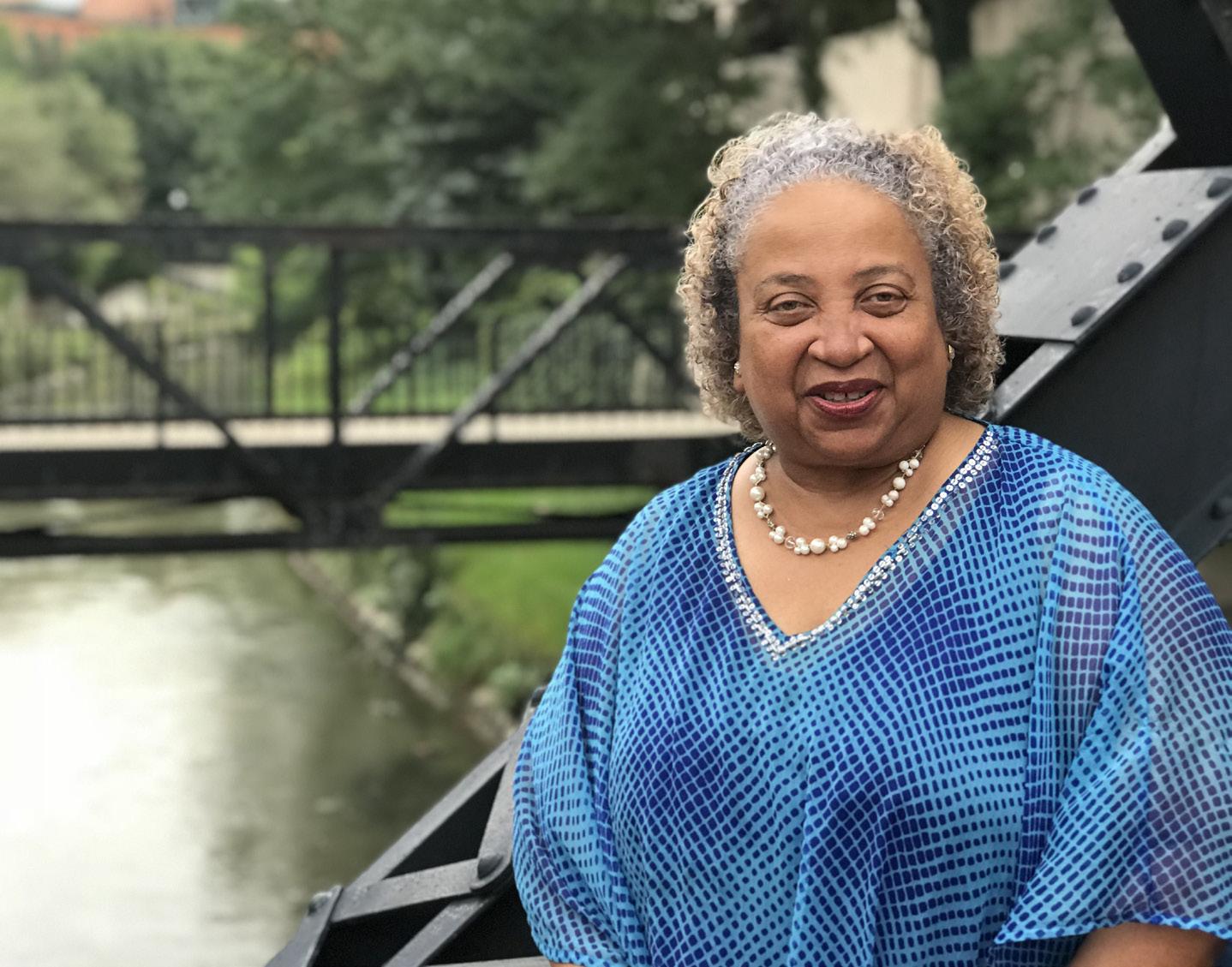
but are planning to supplement the cost of their long-term care.
“If you do not use it, the death benefit is still there to handle your estate planning,” Brackens said. “The contract will be used one way or the other, which is not something under traditional long-term care policies unless you had a death benefit rider.
“It requires that you work heavily with your financial consultants, so you have a contract that satisfies both needs. It does require underwriting like any insurance contract, but several major carriers offer that hybrid structure. It’s not a term contract. It does not qualify as New York state tax deduction because it’s not a classic long-term care policy.”
Arranging for family members to provide care initially at least can also help. For example, living with an adult grandchild may be all you need for a number of years until your needs increase and you need medical assistance. Discussing the terms of the care in advance can help make decisions that your family feels good about.
When considering long-term care needs, it is best to discuss funding them with a financial adviser who knows your situation.

E.
options [for long-term care] are very complex, but I try to educate my clients that even if you choose to not do any pre-planning, know that if you end up in a nursing home, it’s imperative you speak with a Medicaid attorney so you can save your assets.”
Vicki R. Brackens, chartered financial consultant and president and financial planner at Brackens Financial Solutions Network, LLC in Syracuse
If you have 55 or so candles on your birthday cake this year, consider talking with your doctor about scheduling screening or testing for a few age-related medical concerns. It’s a good time to have a baseline established for your vital signs if you have not had a physical in a while.
“Do you believe in taking your car for an oil change or do you go when your car breaks down on the highway?” said physician Rajeev Saini at Northway Medical Associates in Baldwinsville and Fulton. “You want to know about problems before they happen.”
Unless recommended, you won’t need to go to a specialist. But you should ask your primary care provider about:
1. Blood pressure
Saini said that most providers take blood pressure readings at any physical. Testing for hypertension (high blood pressure) is important because it relates to higher risk to the heart (heart attack), brain (stroke) and kidneys (kidney disease). Lifestyle and dietary changes and medication can treat hypertension.
2. Blood work
Saini said that a full blood panel typically includes testing for cholesterol and blood glucose levels. High cholesterol can raise risk of heart attack, stroke, high blood pressure and diabetes. Blood glucose levels can determine risk for diabetes. Your likelihood may be greater than you think as the Centers for Disease Control and Prevention states that onetenth of Americans has diabetes and that 96 million are prediabetic. Lifestyle and dietary changes or medication can help improve cholesterol, diabetes and prediabetes.

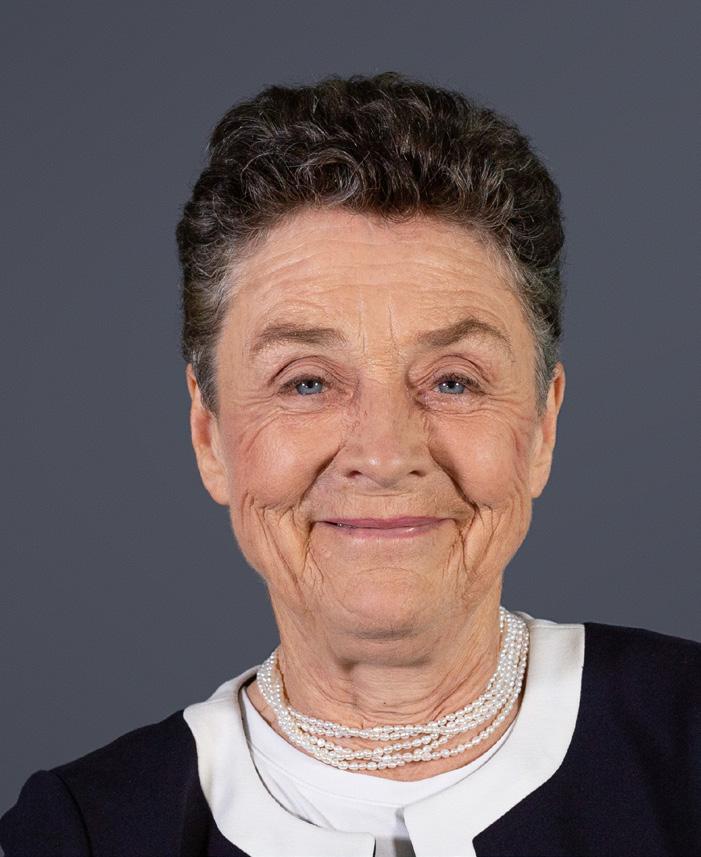

3. Breast cancer and cervical cancer
Pap smears, used to test for cervical cancer, may seem like a test for only women in their reproductive years; however, “even at 50, you’ll still need to do Pap smears through age 65,” Saini said.
They can be provided every three to five years instead of annually starting at 55. He advised annual breast exams to shift to every other year beginning at age 55.
Justin Beebe, nurse practitioner at Fulton PrimeCare, said that women who smoke should especially remain vigilant about their cervical health as “there’s a strong correlation between smoking and cervical cancer.”
For breast cancer, knowing your body can make a difference between effective, early treatment and a much more challenging case. Beebe said that checking for lumps and bumps while bathing and gaining familiarity with what’s normal can help providers know when a tumor began.
“Having a timeline is huge,” Beebe said. “It’s a way to be your own advocate so we can expedite treatment.”
Women with average risk should start breast screening and mammography at age 50.
Cancer treatments can include surgery, radiation and chemotherapy.
4. Prostate cancer
Starting at age 45, men at risk for
prostate cancer should have a rectal exam and prostate specific antigen (PSA) blood test to measure the PSA level, as that runs higher in men with prostate cancer. Treating prostate cancer can involve surgery, radiation or for slow-growing prostate cancer, a wait-and-monitor approach. In a similar vein, those at risk for lung cancer should discuss screening.
Colonoscopy, noninvasive virtual colonoscopy and at-home fecal tests should start at 45, so if you’ve never had one, there’s no time like the present to start.
“If you haven’t had that conversation yet, I recommend at least starting to talk about it,” Beebe said. “One-third of people with colon cancer don’t have family history. Especially if you have family history, advocate for yourself.”
Most providers continue offering them through age 75. Providers can immediately remove and test any discovered polyps with a standard colonoscopy. However, positive results discovered by the virtual and athome tests will require a follow-up colonoscopy for removing polyps.
6. Lung cancer
Gregory Faughnan, physician at St. Joseph’s Family Medicine in Camillus, said that an annual, low-dose CT scan is in order for people 50-80 who have a 20 pack-year smoking history. This means someone who smoked a pack
a day for 20 years or half a pack a year for 40 years.
“This is particularly for those who are smoking or who quit smoking within the past 15 years,” Faughnan said. “The goal is to catch and monitor potential lung cancer before it has a chance to grow or spread.”
He also recommends for anyone between 65 and 75 who’s ever smoked to receive a one-time scan to prevent an abdominal aortic aneurysm.
“If it’s negative, you don’t need to have it done again,” Faughnan said.
Go over your vaccine history with your provider. Some are age-related, like RSV and also shingles, even if you have never had chicken pox and are over age 50.
“Chances are good that you were exposed to chicken pox when you were younger,” Faughnan said.
Pneumonia vaccine is recommended for those 65-plus unless another health concern warrants earlier vaccination. Every 10 years, you should have a tetanus vaccine. Discuss COVID-19 boosters as well. Of course, annual flu vaccine is also a good idea to prevent a nasty illness.
People of any age can experience skin cancer. However, with longer sun exposure comes greater risk. Ask your provider to perform a skin examination to check for suspicious moles. When removed early — typically in an
Physician Rajeev Saini practices at Northway Medical Associates in Baldwinsville and Fulton. Susan E. Brown, Ph.D, is a certified nutritionist and director of The Center for Better Bones in East Syracuse.in-office procedure — no further treatment is necessary.
“There’s not currently any hard recommendations for screening for skin cancer,” Faughnan said. “If you have concerning moles and things that change, mention it to your doctor. There’s such a wide spectrum of moles. Talk with your doctor if you have something that concerns you.”
Perhaps you don’t feel like your vision has changed much in the past few years. However, Faughnan thinks it’s still a good idea to see the optometrist, as this provider can check for the presence of eye diseases and recommend ways to help care for your eyes and accommodate any agerelated changes.
Even if your TV remains at the same volume you’ve always had it, a baseline hearing exam can help providers know how much your hearing has changed if you someday develop some hearing problems.
Faughnan said that there’s no guideline as to when to start hearing exams. However “about 85% of people older than 65 would meet criteria to benefit from hearing aids, but only about 20% do.”
Treating hearing issues early on helps patients better adapt to using hearing instruments and prevent isolation and other social issues that arise from untreated hearing loss.
“If possible, get your first bone density test even before menopause,” said Susan E. Brown, Ph.D, certified nutritionist and director of The Center for Better Bones in East Syracuse.
During menopause, bone loss accelerates, so testing beforehand can provide a benchmark.
As for those told they should take medication for bone loss, Brown advises a medical work-up to determine if they have any underlying reasons for bone loss.
Of course, these are general guidelines. When you should schedule screenings and tests relies upon your personal and family health history. Some people need to begin screening and testing for certain conditions younger than others. Your own comfort level also matters, so discuss all of these factors with your primary provider.
Finding and researching doctors is a lot easier than it used to be. Today, there are variety of websites you can turn to that provide databases of U.S. doctors, their professional medical histories, and ratings and reviews from past patients on a number of criteria. Here are some good sites to help you get started, along with a few additional tips that can help you find the right doctors.
To help you locate some good doctors in your area, a good first step is to get referrals from trusted friends, along with any doctors, nurses or other healthcare professionals you know.
You also need to check your insurance provider. Call your insurer for a list of approved doctors or ask whether the doctor you’re considering is in-network.
If your mother is enrolled in original Medicare, you can use the care compare tool at “Medicare.gov/ care-compare” — click on “Doctors & Clinicians.” This will let you find doctors by name, medical specialty or by geographic location that accept original Medicare. If she’s enrolled in a Medicare Advantage plan, call or visit the plan website to get a list of approved candidates.
Once you find a few doctors, you need to call their office to verify that they still accept your insurance, and if they are accepting new patients.
You should also consider hospital affiliation. Your choice of doctor can determine which hospital you go to, if needed, so find out where the doctor has admitting privileges. Then use some hospital ratings services like “Medicare.gov/ care-compare” (click on “Hospitals”) to see how it compares with other hospitals in the area.
After you find a few doctors you’re interested in, there are various websites you can consult, to help you evaluate them.
For example, the Federation of State Medical Boards offers a tool at DocInfo.org that will let you find out doctor’s board certifications, education, states with active licenses, and whether or not a physician has been disciplined by a state medical board.
The Centers for Medicare & Medicaid Services (CMS Data) is also a good source for researching doctors. For example, it will help you find out how many times a doctor did a particular procedure and what they charge for it — go to “Data.CMS.gov/tools” and click on “Medicare Physician & Other Practitioner Look-up Tool.” And to learn about the financial relationship that doctors have with drug and medical device companies, visit “OpenPaymentsData.CMS.gov.”
Some other good sites for finding and researching healthcare professionals include Healthgrades (healthgrades.com) and Vitals (vitals. com).
Both sites provide substantial doctor’s information on education and training, hospital affiliations, board certification, awards and recognitions, professional misconduct, disciplinary action, office locations and accepted insurance plans.
They also offer 5-star ratings scales from past patients on issues such as communication and listening skills, wait time, time spent with the patient, office friendliness and more. But be aware that while physician rating websites can be helpful, they can also be misleading and unreliable.

As we mature, the incidence of skin cancer does rise and that is always our concern
By Jeffrey LaDuca, Ph.D., M.D.
Well now I get it! For years I have seen copies of 55 Plus magazine in my waiting rooms and around town. I always thought, “Well that’s nice, but it doesn’t apply to me.” But now that I have crossed that threshold I totally understand!
I’ve been practicing dermatology in Central New York for almost 25 years. A good number of our patients are 55-plus. Daily, even hourly, I discuss issues with maturing skin (I never say “aging”).
As we mature, the incidence of skin cancer does rise and that is always our first concern.
Thankfully many skin issues that occur with maturity are benign and cosmetic. A number of benign skin lesions can look alarming and actually mimic skin cancer.
So getting checked is never a bad idea.
One in five Americans will develop
a skin cancer before the age of 70. And it estimated that 9,500 people are diagnosed with skin cancer every day. And the overall incidence of skin cancer has been rising over the decades.
Basically there are two categories of skin cancer: melanoma and nonmelanoma skin cancers. Annually there about 1 million non-melanoma skin cancers diagnosed in the United States and about 200,000 melanoma skin cancers. Non-melanoma skin cancers are
Melanoma is the deadliest form of skin cancer. However, when detected early, melanoma can be effectively treated. You can identify the warning signs of melanoma by looking for the following:

One half is unlike the other half.

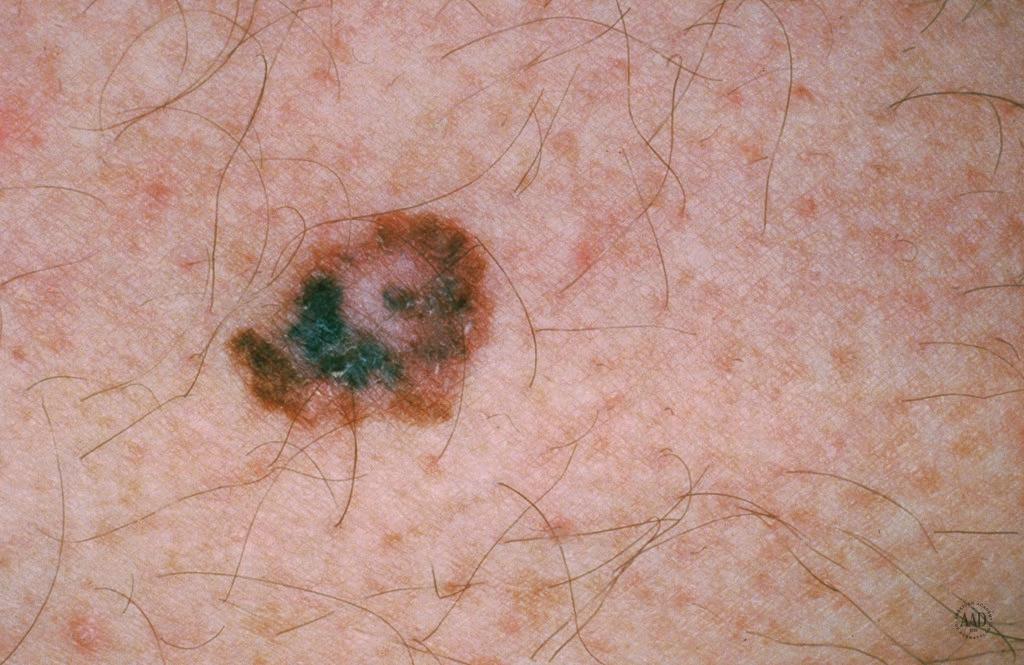
Varied from one area to another; has shades of tan, brown or black; sometimes white, red, or blue.
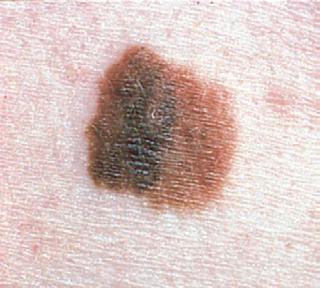

Typically greater than 6mm (the size of a pencil eraser) when diagnosed, they can be smaller.
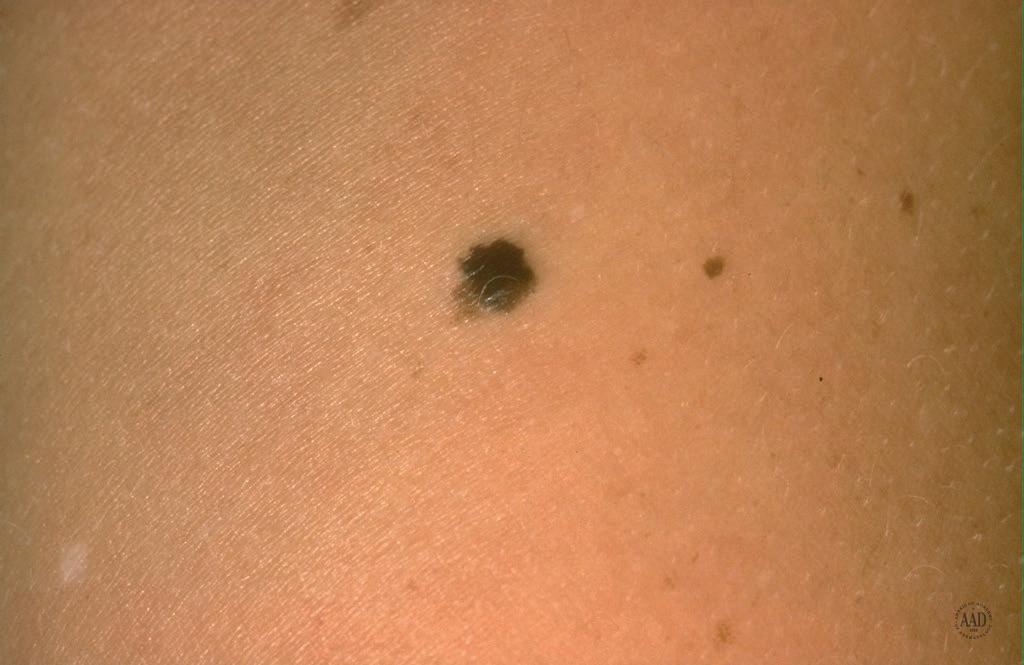


from the rest or is changing in size, shape or color.

Example:
very common; the most common types being basal cell carcinomas (BCCs) and squamous cell carcinomas (SCC’s), with BCCs outnumbering SCCs about 4 to 1.
These types of skin cancers are typically found on sun exposed areas of the head, neck, shoulder, arms and legs and appear as non-healing lesions that may bleed.
Examine your partner’s body front and back, then look at the right and left sides with their arms raised.
BCCs nearly never metastasize (leave the skin), but can grow and be destructive to local areas and cause bleeding and pain. SCCs typically do not metastasize, but can, if large enough, or of an aggressive nature. Once inside the skin they can show up in local lymph nodes, along nerve roots and into other organs such as the lung or liver. Early diagnosis and treatment can minimize pain and scarring and potentially save lives.
Bend elbows and look carefully at forearms, underarms and palms.






If you notice a new spot or an existing spot that changes, itches or bleeds, make an appointment to see a board-certified dermatologist.
cancers, when caught and treated early, can be almost 100% curable. However, melanomas that invade deeper into the skin have a higher rate of metastatic spread to lymph nodes and other organs. Once there is spread of the melanomas cells, cure rates are reduced. Over the past two decades, treatments for these metastatic melanomas have improved dramatically. But sadly over 8,000 will die of melanoma in 2024.
TIPS FOR CHECKING YOUR PARTNER’S SKIN: 1 2 3 4 5
Melanoma skin cancers are considered the more serious type of skin cancer. Again, these skin cancers typically show up in sun exposed areas, but we have found melanomas on feet, scalps and on genitals (areas where “the sun don’t shine”).
Typically they are dark moles on the skin surface. Melanoma skin
There are other more rare types of skin cancers that can occur. Recently, with the passing of Jimmy Buffet, Merkle cell carcinoma has been discussed more frequently. This and other rare skin tumors do occur, but at a much reduced frequency. However these rarer skin cancers tend to be ever more aggressive and deadly.
Melanoma Skin Cancer
• Superficial spreading: Has not invaded deeper into the skin, low potential to metastasize
• Nodular: Has started to invade into the deeper areas of skin, has potential to metastasize
On average, one American dies from melanoma every hour



• Lentigo maligna: Typically on sun exposed skin, very superficial, low potential to metastasize
• Acral lentiginous: on hands or feet, often overlooked, often metastatic
• Amelontic: Does not appear dark in color, often not recognized as skin cancer, can metastasize
Examine the back of their neck and scalp. Part hair for a closer look.
Non-Melanoma Skin Cancers
Basal Cell Carcinomas (BCCs)
• Superficial
• Nodular
• Pigmented
• Cystic
Check their back and buttocks.
• Sclerosing/Infiltrative
Squanous CellCarcinomas (SCCs)
• Bowen’s Disease or SCC in situ
• Well differentiated
• Moderately differentiated
• Poorly differentiated
Rare types of Skin Cancers:
Finally, look at the backs of their legs and feet, the spaces between their toes, and the soles of their feet.
• Merkle cell carcinoma
• Sarcomas
Risk Factors
Risk factors for skin cancers include fair skin type and light colored
hair and eyes. The number of moles that you have can increase your risk of melanoma skin cancer. The ABCDE’s of skin cancer is a great screening tool (see below). Easy sun burning, history of sun burns or blistering sun burns is also a risk factor. And family history is important as well. Some people inherit genes that predispose them to skin cancers. With all this said, patients that tan easily and rarely burn can get skin cancers as well. RIP Bob Marley (died of melanoma on his foot).
“Pre-Cancers”
“Cancer is kind of like pregnant” is what I commonly tell my patients. “You either are or you’re not.”
The same can be said about skin lesions.
Lesions are either cancerous or they’re not. However, sometimes we throw around the term “pre-cancer” because it makes sense.
Examples of “pre-cancers” are actinic keratoses and dysplastic nevi. Actinic keratoses (AKs) are areas of sun damage that have the potential to turn into squamous cell carcinomas. Historically about 1 out of 10 might turn into a skin cancer over time. I think of this like colon polyps which are considered “pre-cancers.” If they are found during a colonoscopy, they are removed so that they don’t become cancerous. Likewise, AKs should be treated so that they don’t have the chance to become cancerous. Dysplastic nevi (DN) are moles that are not “normal”, but not cancerous. They have some atypical cells in them and might turn into a melanoma at some point. DNs are rated as being mildly, moderately and severely atypical. Obviously, the more atypical they are, the more likely they are to turn into a melanoma. Mild and even moderately atypical moles are not particularly dangerous, but could evolve into more atypical lesions over time.
There are a number of benign skin lesions that are common in our patients over 50.
Some of these lesions are attributable to sun exposure and “weathering.” And some lesions are genetic…. I often tell my patients that
they need to pick their parents better. Nature-vs-nurture: Nature is what we received genetically and nurture is what we did yourselves over the years.
Examples of nature is our genetic components: fair skin, light colored eyes and hair, ability to tan vs burn and numbers of moles. And there are a number of benign skin lesions that “just happen.” Examples of genetic skin lesions are birth marks, seborrheic keratoses, sebaceous hyperplasia and cherry angiomas. Nurture is summer days at the beach and tanning parlors… what we did to ourselves.
• Birth marks which can be pigmented like a mole or vascular. Pigmented birthmarks can be the subject of whole volumes in text books. They can be “small, medium or large” and pose a variable risk of developing into melanomas over a lifetime. Typically size and location dictate the risk. Vascular birthmarks are typically red and fade over time. Examples of these are “stork bites” on the nape of the neck, “angel kisses” on the forehead, or hemangiomas which can occur anywhere on the body at birth or shortly afterwards, grow, and then regress during childhood. These lesions rarely pose any health risk.
• Seborrheic keratoses are a noncancerous skin lesion that appears as a waxy brown, black, or tan growth anywhere on the body (face, chest, shoulders, or back). They are the most common noncancerous skin growths in “mature adults.” Some people may develop one or two some 30 or 40, and some will develop 100’s. They are not related to sun exposure and no treatment is necessary. However if they cause irritation they can be removed.
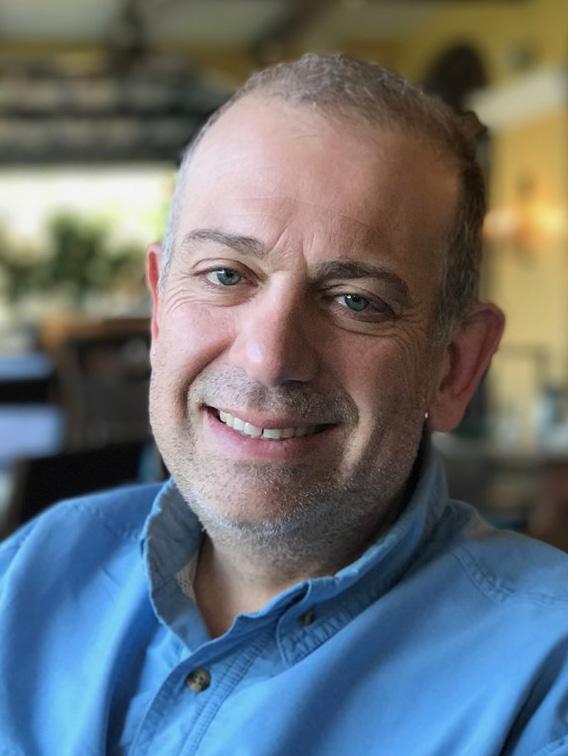
• Sebaceous hyperplasia is a common, benign condition of sweat glands in adults. Commonly these lesions are found on the nose cheeks and forehead and may be multiple or single. They manifest as yellowish, soft, small papules with a central depression. Sebaceous hyperplasia are benign, with no known potential to turn into skin cancers. However, they can look similar to basal cell carcinomas. They may be associated with lowered immunity in transplantation patients receiving medication.
• Cherry angiomas are small red/ purple papules that start to develop on the skin after the age of 30. They can occur anywhere on the body but tend to be more frequent on the trunk. These lesions are harmless however they can be a source of cosmetic concern when located on cosmetically sensitive areas of the face, head, and neck. These lesions can easily be removed with lasers or cautery devices.
There are a number of other benign and cosmetic concerns that occur in mature skin, wrinkles, “age spots,” “liver spots,” easy bruising to name a few. There are a number of options to improve these concerning lesions. But one needs to remember that skin cancers are the more serious skin concern. It is recommended that patients over 50 be screened for skin cancers by a skin specialist.
Depending on your risk factors, screening can be every few years or less. But early recognition and treatment of skin cancers allows for the very best outcomes!
Remember, we want to live long enough to inconvenience our children.
Jeffrey LaDuca, Ph.D., M.D. is a board-certified dermatologist who has been practicing in Central New York for almost 25 years as Reflections Dermatology. He attended LeMoyne College, Roswell Park Cancer Institute, SUNY Upstate and University of Rochester for his training. He has published book chapters, written several medical journal articles, teaches PAs, NPs, and medical students and lectures extensively to medical groups locally, regionally and nationally. And he loves golf. For more information, visit www.skinreflections.com.

Agood night’s sleep can make you feel years younger, while crummy sleep leaves you doddering around like an oldster, a new study shows.
Sleeping well enough to feel extremely sharp when you wake is associated with feeling four years younger than one’s actual age, researchers found.
On the other hand, extreme sleepiness makes a person feel six years older than they really are, results show.
“This means that going from feeling alert to sleepy added a striking 10 years to how old one felt,” said researcher Leonie Balter, with Stockholm University’s Department of Psychology.
For this study, researchers first surveyed 429 people ages 18 to 70
about how old they felt, how much sleep they get and how sleepy they felt.
The survey results showed that for each night a person had insufficient sleep, they felt about three months older than they actually were, on average.
Based on this, the researchers designed an experiment to test whether good sleep could make someone feel young and vibrant.
Previous research has shown that feeling younger than one’s actual age is associated with living a longer and healthier life, and there’s even evidence that people who feel young have younger brains, researchers said.
“Given that sleep is essential for brain function and overall well-being, we decided to test whether sleep holds any secrets to preserving a youthful sense of age,” Balter said.
The experiment involved 186 people ages 18 to 46. Participants were asked to restrict their sleep to just four hours in bed for two nights, and at another time asked to sleep nine hours in bed for two nights.
After a couple four-hour nights, participants felt 4.4 years older, on average, than they did when they got sufficient sleep, researchers report.
The new study was published March 27 in the journal Proceedings of the Royal Society B Biological Sciences.
“Safeguarding our sleep is crucial for maintaining a youthful feeling,” Balter concluded. “This, in turn, may promote a more active lifestyle and encourage behaviors that promote health, as both feeling young and alert are important for our motivation to be active.”

itamin D — what is it and what does it do?
The scientific name is calciferol. It comes in two forms. Vitamin D2 (ergocalciferol) is found in plants. One natural source is mushrooms. Commercially manufactured D2 is made by exposing yeast to ultraviolet light. Vitamin D3 (cholecalciferol) derives from animal sources. It’s found in fatty fish such as salmon and tuna, fish liver oil, beef liver, egg yolks and cheese. The major commercial source of D3 is sheep’s wool. The small intestine easily absorbs both D2 and D3. Dietary fat improves absorption of vitamin D. Both seem equally effective, although some purists prefer D3 since that is the form naturally found in humans.
After absorption into the body, the liver first metabolizes it to a form called calcidiol. Next the kidney further metabolizes it to into the active form calcitriol. Calcidiol has a longer half life in the body, therefore that’s the measure used to monitor a person’s vitamin D status. Levels less than 12 ng/mL indicates deficiency. 12-20 ng/ mL is borderline. 20-50 ng/mL are adequate. Levels more than 50 ng/mL should be avoided and more than 60 ng/mL are toxic.
Vitamin D promotes absorption of dietary calcium. It helps maintain calcium levels appropriate for bone health, anti-inflammatory processes, cell growth regulation and glucose metabolism.
Vitamin D deficiency in children can cause rickets. This disease leads to soft bones with skeletal abnormalities such as bowed legs. Because breast milk is low in vitamin D, breast fed infants should receive vitamin D supplements. Vitamin D deficiency in adults can produce weak bones and dental problems. If severe it can cause seizures and cardiac

rhythm abnormalities.
What about sunlight? Ultraviolet B light enables the skin to metabolize cholesterol into vitamin D. Adequate vitamin D synthesis requires 30 minutes per day of sun exposure three times per week on the face, arms, hands and legs without sunscreen between 10 a.m. and 4 p.m. Ultraviolet B light does not penetrate window glass or sunscreen. The necessary exposure can be difficult to obtain in northern climates, in dark skinned individuals and in people who use sunscreen to reduce the risk of sunburn, skin cancer and wrinkles.
Should your vitamin D levels be checked? The US Preventive Task Force found insufficient evidence to recommend universal screening. Studies have shown conflicting evidence as to whether taking calcium plus vitamin D reduces bone fracture risk. But the studies have some
drawbacks, so the recommendation is that adults consume 600 international units (IU) of vitamin D and one gram of calcium per day from food or supplements. Pregnant and lactating women and people older than 70, need more.
Other potential benefits of adequate vitamin D levels include decreased cancer risk and mortality, lower cardiovascular disease risk and benefits for Type 2 diabetes. But the data at this point is not conclusive as to whether vitamin supplementation actually provides all these benefits.
Too much vitamin D can raise calcium levels and cause gastrointestinal upset, muscle weakness, neuropsychiatric changes, kidney stones, renal failure, cardiac arrhythmias and death. Toxic levels of vitamin D increase the risk of falls and fractures.
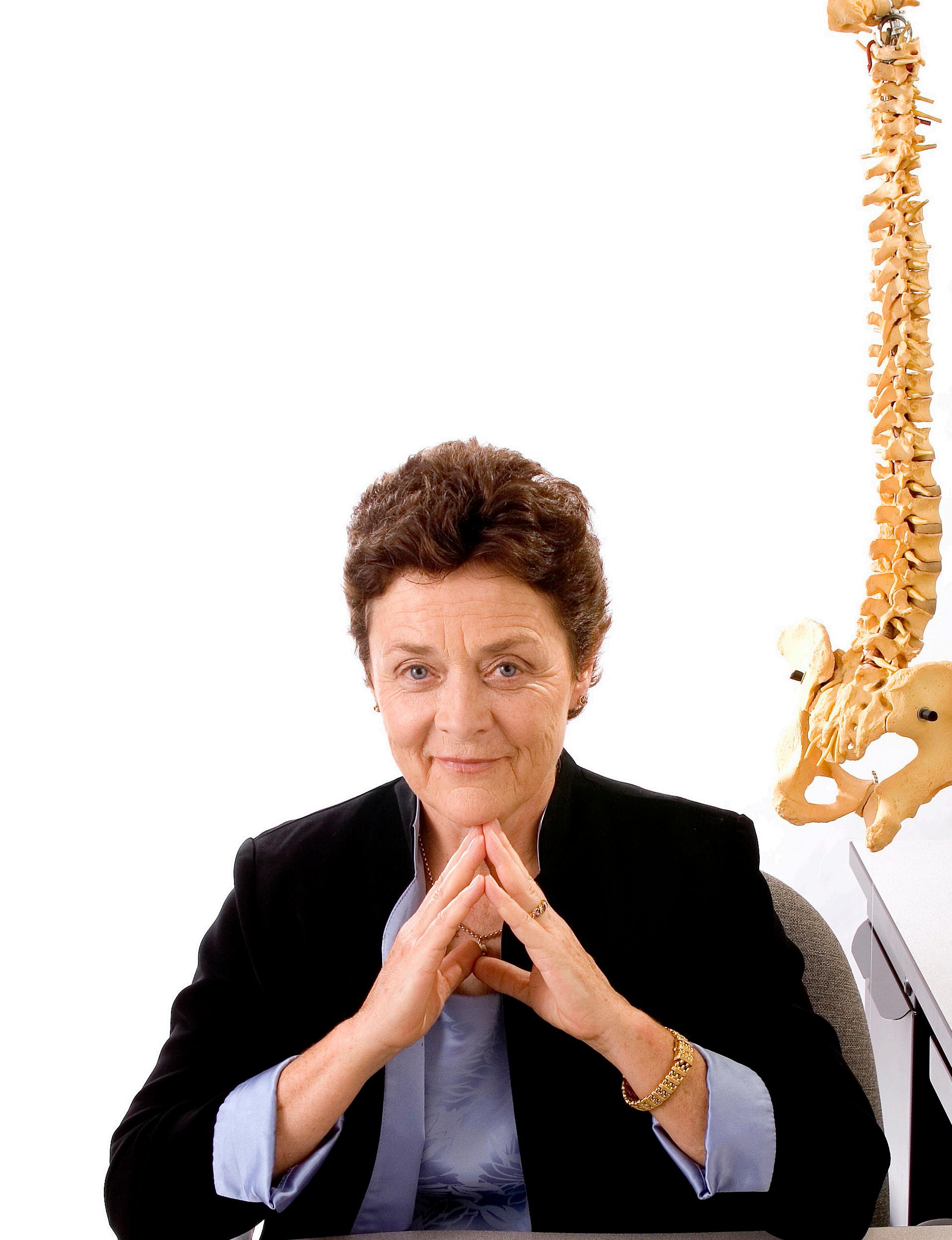
When Susan Brown’s grandmother broke her hip and subsequently died because of the complications, Brown began to think about how the fracture shortened her grandmother’s life.
“I was so ignorant at first and thought it was because of aging,” Brown said. “She slipped in the bathtub. She was such an amazing person. I started thinking how long would she have lived if she didn’t have osteoporosis and rickets?”
Though 102, the grandmother was active and vibrant until the fracture caused her to lose condition. Could preventing fractures improve quality and length of life? Her interest became a life calling.
Three decades later, Brown operates Center for Better Bones in East Syracuse, along with the Nutrition Education and Consulting Service and the Osteoporosis Education Project in Syracuse.
Typically, the approach to proactive bone health is popping a calcium supplement each day. But Brown’s research has revealed that a multi-faceted approach can make a difference. Her whole-body approach can support bone growth and regeneration.
Considering Brown’s education, taking a cross-cultural approach to bone health makes sense. She earned a master’s and Ph.D. in anthropology from University of Michigan. Once she became interested in bone health, Brown also became a board-certified clinical nutritionist and licensed nutritionist.
From her anthropological studies and research, Brown discovered that cultures with the highest calcium intake have the highest osteoporosis rates — a discovery that contradicts conventional bone health advice. Brown concluded that preventing fractures is not just about calcium intake for bone density. She concluded that osteoporosis can be prevented through changes in diet and lifestyle. These changes include balancing the body’s pH by lowering acidity and increasing alkalinity to prevent bone loss and exercising and consuming nutrients beyond calcium to strengthen bones.
Her consultations (both in-person and virtually) help clients establish risk for fracture and determine whether a visit with the patient’s physician is in order to look at any medical reasons for bone loss. Brown helps clients craft a personalized diet, medical-grade supplement plan and lifestyle changes for bone health and wellness. They also look at means of reducing physical and emotional stress and ways to become more active.
One of the biggest misconceptions about bone is that it simply forms the skeleton and protects organs.
“In a simple way, bone is extremely intelligent tissue that does many, many things for the body like helping to guarantee biochemical balance,” Brown said. “It does everything from produce immune cells to be a guardian of acid based balance within the body and healthy blood stability. Those things are essential for minute to minute existence. It serves as a gigantic reservoir of alkalizing compounds and minerals. After studying bones for 40 years, I can tell you it’s extremely intelligent tissue.”
Simply gulping a couple of calcium tablets a day isn’t enough to support the health of such complex and important tissue. And Brown added that the typical American lifestyle doesn’t help: too little activity; a highly refined food diet with too little produce; and extensive exposure to pesticides and toxins.
“One-third of people don’t have one fruit or vegetable a day,” Brown said. “We have unwittingly created a lifestyle and eating patterns that damage bone.”
She recommends increasing produce to three to five vegetables and one or two fruits per day of a variety of colors and plentiful herbs, along with some supplements to fill in any gaps.
“You can eat Cheetos and French fries, but it won’t be as wellfunctioning,” Brown said.
Instead, she recommends eating more beans, such as chickpeas, lentils and kidney beans for protein and trace minerals. Their fiber also supports the health of the gut, which Brown calls the “second brain,” since it sends messages to the brain and influences and is influenced by the brain.
“We need to eat more whole grains
like millet, oatmeal and quinoa,” Brown said.
A varied, balanced diet heavy on produce supplies the body with sufficient nutrients to work well, including supporting bone health.
She also recommends a vitamin D test to check the level.
Physical activity also matters.
“Show your body you need bones by doing physical activity that pulls and tugs on bones and carrying around weight,” Brown said.
She recommends 40 minutes of physical activity, outdoors if possible. She advocates for functional activity — movement that helps people maintain their ability to perform activities of daily living.
“Think about what you want in the future,” Brown said. “Do you want to be vital or taking 14 medications? Do you want to play with your grandchildren? It does make a difference what you eat. Take a minute and appreciate this amazing body and how can you help it do its job.”
Because emotional and psychological stress damages bone, Brown encourages clients to break chronic anxiety and improve on emotional patterns that aren’t healthful. She said that stress causes the fight-or-flight response in the body that hurts bone health.
“We could shift our attention as we start realizing we can manipulate intention by changing our thoughts,” Brown said. “Do I want to keep that thought? Is it serving me?”
Deep breathing can help calm the sympathetic nervous system as well.
She encourages clients to form a community of likeminded people concerned about health to reduce stress, exercise and cook together and share prayer or meditation time.
“Community is healing; support and community are so important, whether two or 20,” Brown said.
A DeWitt resident, Brown loves meditation, gardening, golfing and cooking with friends. She has one grown son. Her writings include “Natural Bone Health: A Practitioner’s Guide to Healthy Bone, Joints and Muscles.” “Better Bones, Better Body,” and “The Acid Alkaline Food Guide.”


book,” notes Kathy A.

“I used to love seeing all the dates on the borrowing card in the back. A filled card was an indication of how good the book was. It was like the rating system before ‘Goodreads’
“My mother and father made weekly trips to the library and always brought me along. I remember the large wood tables and big windows on the first floor. I believe there was also a fireplace. The atmosphere seemed more like a residence than a public space,” remembers Louise M.
“My biggest thrill was when the librarian suggested to my mother that I get my own library card. I was not yet the ‘legal age’ to have my own card but my mother agreed,” she adds. “I felt so grown up and independent though I was barely tall enough to see over the circulation desk while checking out an armful of books for weekend reading.”
For my part, I loved sitting for hours in a comfy leather chair in the big central window above the door, reading whatever treasure I had found in the children’s stacks on the second floor.
Another Carnegie library became my home away from home, as I spent time at Syracuse University’s Carnegie Library my freshman year.
Our Shakespeare professor
The Oswego Public Library, founded in 1853, is the oldest library in America still in its original building.
had assigned us to listen to one of the Bard’s plays on records: each play recorded on a dozen or so big, heavy vinyl discs. It made Shakespeare’s words so much easier to understand, along with the humor and subtle nuances. Long before cassette tapes, books on CD or instant downloads on an audiobook app, we were introduced to the joys of listening to a book.
In graduate school I spent long hours at the University of Toronto’s Pontifical Institute library at St. Michael’s College, translating from Latin 13th-century illuminated manuscripts the Vatican had sent to Canada for safekeeping against Nazi invaders.
I remember seeing a medieval curse, elaborately painted on the wall by the exit, graphically warning of the evils to befall those who stole a book from the library. Later when unpacking my belongings back home, I was horrified to find I’d accidentally brought home a library book. Thinking of that curse, I rushed to the post office to return it.
And when our children came along, it was the Oswego Public Library, that beautiful Castle on the Hill, founded in 1853 by abolitionist Gerrit Smith, that introduced the joys of reading to a new generation.
Built in the style of Norman castles in 1855 and 1856, it is America’s oldest library still in its original building.
My late husband Bill and I would bring the children to the library each Saturday to pick out a week’s worth of books, happy that they shared our love of reading.
Our son, Mike, still lives in Central New York, but our daughter, Katie, has crisscrossed the nation in her academic career. So she has held library cards in Ohio, Missouri, Florida, Utah and California, where she is a musicology professor. I’m proud to report she now has written her own book on David Bowie, which sits on a shelf in her campus library.
Now libraries offer so much more than books. This spring you could watch Oscar-nominated movies at a branch of the Onondaga County libraries.
The library is a community space for learning of all kinds. The Onondaga County library website shows events to appeal to all learners, from video games and chair yoga to GED classes. Libraries offer computers and

The door of the Amsterdam Free Library proclaims founder Andrew Carnegie’s intention, that knowledge be free and accessible to all.
internet connections for those who don’t have them at home, audiobooks and DVDs, magazines and more. Many host readings by local authors.
And if getting to the library is difficult, you can access their collections of audiobooks and e-books online, using your library card.
A library card is really your ticket to a world full of knowledge and imagination. You can learn about current issues, travel back to a bygone time or imagine worlds not yet discovered.
Like any living, growing thing, libraries need care.
Donate, volunteer and support your library.
Stop by to ask how you can help,
or even to just thank a librarian. And if you can, bring a child — a grandchild, niece or nephew or young friend. Share with them the endless possibilities of your library’s collections.
Attend a story hour or just browse the stacks. Let them sit for hours in a comfy chair pouring over whatever treasure they find in the stacks. You’ll be doing your part to keep the love of reading alive and kindle the imaginations of a whole new generation.
Someday when they are seniors, sharing the memories they cherish most, they’ll recall the hours they spent with you in their local library.


Druger at his 90th birthday party at at Heroy Geology Building on the Syracuse University campus. He is next to a cutout of a younger Druger.
Wagner Dotto, publisher of 55 Plus magazine, asked me to write a frank article about what it’s really like to be 90 years old.
Until he requested this article, I barely thought about it. Then reality struck.
I realized that I had reached 90 and wondered “How did I get so old so fast?”
Since everyone is not lucky enough
to reach 90, I decided to follow his advice and write the requested article.
I celebrated my 90th birthday with a huge party at Heroy Geology Building on the Syracuse University campus. More than 100 friends, family and others attended the celebration. The invitation stated:
“Birthdays are great, Parties are fun, No presents required,
But Marvin wants one. If you bring a present Don’t spend much money, Bet something that’s Cheap and funny.”
Also, people could voluntarily contribute to a fund for making some renovations in the Patricia Meyers Druger Astronomy Learning Center in Holden Observatory in my honor.
After greeting many people at the party, I began to wonder: “What the hell am I doing still vertical at age 90 when so many others never make it that far?”
First, I have to acknowledge my family. I had a remarkable wife who died in 2014 from metastatic lung cancer. We spent about 60 years together before she passed away. I now have three grown children and seven grandchildren. They all watch over me and treat me as though I was 100. A grandson and granddaughter stood behind me as I gave a speech at the party to make sure that I didn’t keel over. The family calls me regularly and they panic if I don’t answer the phone right away. Having such a devoted family is wonderful. When the chips are down your family is there for you.
Secondly, I was fortunate enough to meet a lovely woman at Wegmans who has been my “girlfriend” for about 10 years. We have traveled together, had many dates and have developed a deep affection for each other. At 90, most men don’t have a second chance at love.
Love is especially essential in old age. We all need someone to love and someone to love us. Another form of love that I have received has come from the 50,000 students whose lives I had the privilege to influence in a positive way.
Thirdly, being 90 means facing reality. The sad truth is that 10 out of 10 people die, so the risk is very high and becomes higher as we age. Planning at this stage is difficult, but is necessary. I once asked Story Musgrave, the renowned astronaut who did the spacewalk to fix the Hubble telescope,
Marvin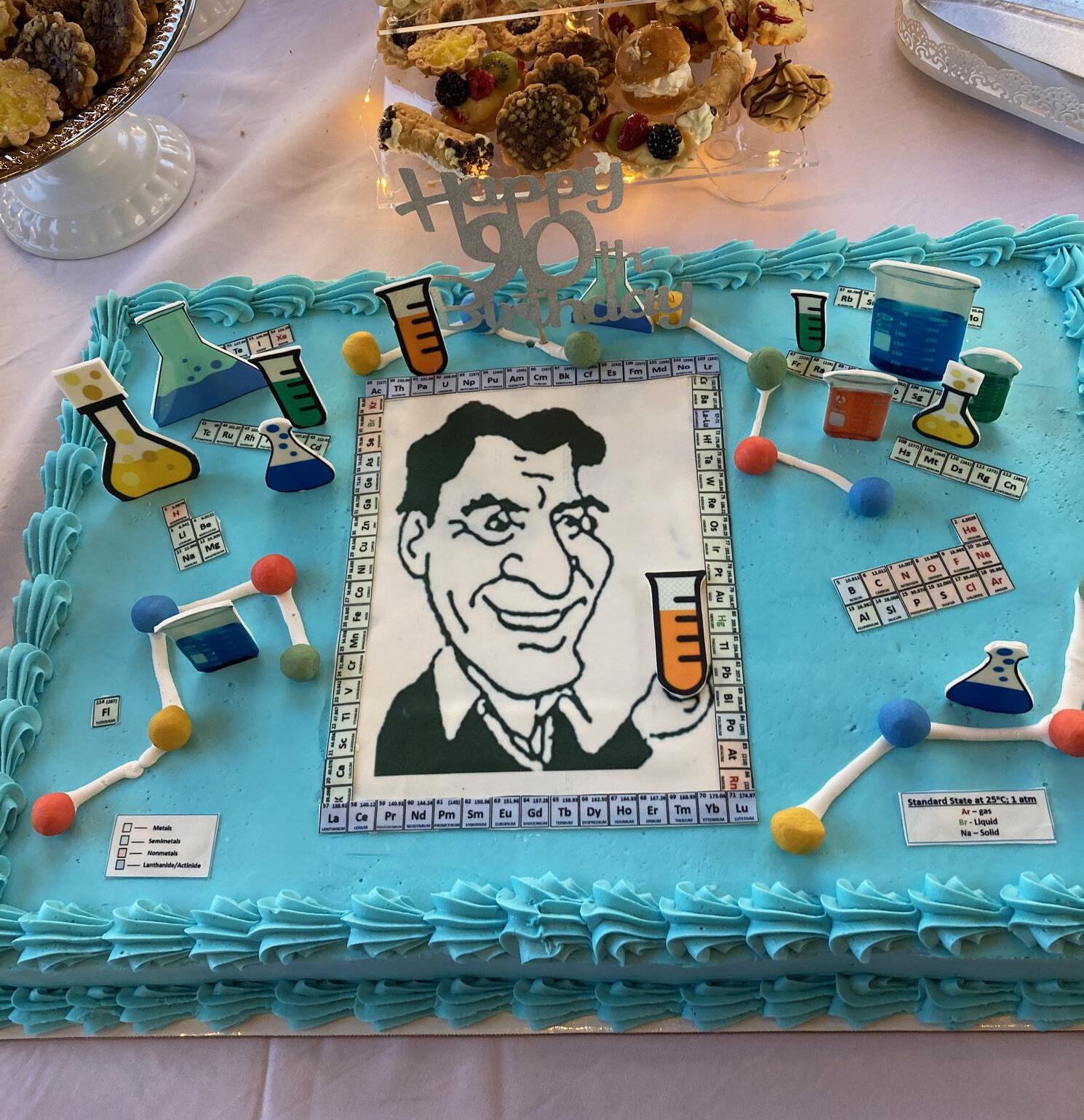
“What’s your next big project.” His response was, “I’m preparing to die.” I laughed at his remark, but I’m not laughing anymore.
What shall I do with all my valuable treasures? In 90 years, I have accumulated a huge amount of “priceless” treasures that clutter my house. When my brother passed away a few years ago, he also had accumulated a large amount of “indispensable” items. We went to his apartment to clean things up. We threw most of his “treasures” out of the window into a large bin outside the house. So much for “indispensable” items.
Another inevitable aspect of being 90 is that health problems become more critical. In my lifetime. I have had my share of health problems, but I survived them all. The truth is that, as we grow older we are bound to get something that we don’t want. Right now, I am recovering from major surgery for scar tissue in my intestine. My intestine looks like a jigsaw puzzle. I lost considerate weight and my mobility has suffered. I can no longer jog or even walk quickly. I have
observed many people my age who have similar mobility problems. At my age, canes, walkers and wheelchairs are not uncommon. So far, I refuse to use these devices — but, eventually, I may have to.
One of my themes is to DO MORE before I HAVE TO DO less. So, despite dwindling motivation, I force myself to be as mentally and physically active as possible.
I write articles for 55 Plus magazine, do poetry readings, conduct historical tours of Syracuse University, have a radio program (temporarily suspended due to staffing problems) (i.e., Science on the Radio), direct a Saturday science enrichment program for high school students (i.e., Frontiers of Science), have books published (i.e., Strange Creatures and Other Poems About Life — Newman Springs Publishing) and am completing a new book (More Misadventures of Marvin) that is a sequel to “The Misadventures of Marvin” — Syracuse University Press and other activities.
Being mentally and physically active are essential for survival at age 90. Despite reduced mobility and
Syracuse weather, I try to take a long walk every day, although motivation is sometimes lacking.
Loneliness creeps in as we grow older. Good friends suddenly disappear. Unfortunately, spouses do not usually die at the same time and one spouse usually has to go on alone. I still have episodes of loneliness and depression about the loss of Pat.
Being 90 is a blessing and a curse. Many others never make it that far. I have no regrets about my life. I have had an amazing career and have had so many memorable experiences. Pat once told me that, on a scale of one to 10 with 10 being the best, her life was a 10. I jokingly replied, “Mine was a six.”
Right now, I survive on my mouth, my mind and my money. When I told that to my son, he said, “Mostly your mouth.”
The curse is that we can’t get younger. No matter what we do, infirmities develop and old age pays its toll. When someone tells me “You look great,” they are probably really thinking, “I thought you were dead.” We get more philosophical as we age. I think more about the meaning of life and death. When I get upset, my attitude now is to “Let it go.” “It’s not really that important” and “this too shall pass.”
It’s not easy to maintain a positive attitude, but that’s what we must do. I’ll end this article with a poem I wrote about being 90.
Life has turned another page, You feel the aches of older age, But even though it’s hard to run, Being 90 can be fun, You can think and laugh and talk, Even though it’s hard to walk, You can’t hop up from the floor, But your life has more in store, Your memories of happy days, Make 90 bright in many ways, And think about the future too, Each year brings you something new, People think of you each day, And that’s what counts On your 90th birthday.
May you all reach this golden time of life. Good luck.
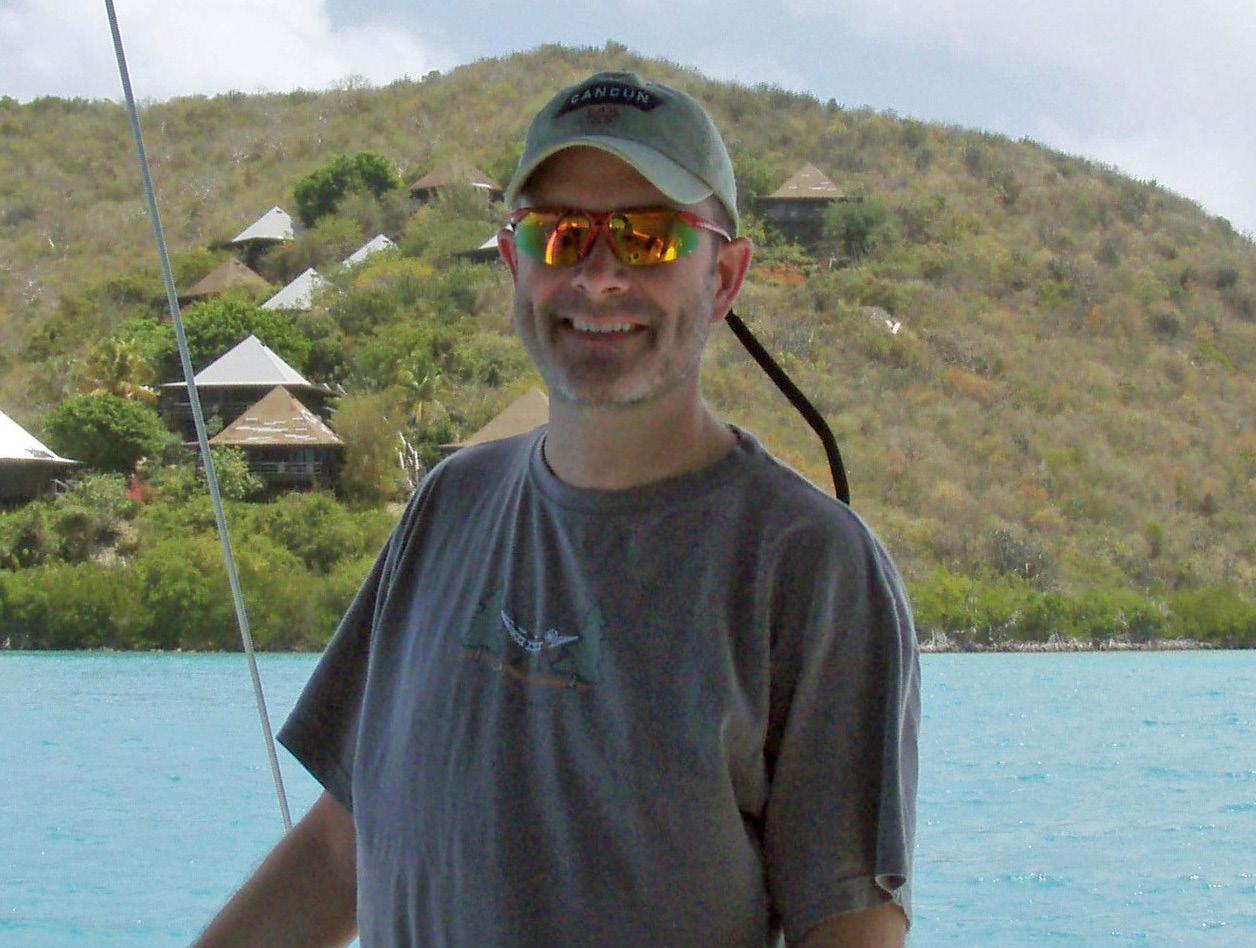
Syracuse resident only started writing a few years ago, but already has self-published his third novel on Amazon and is working on his fourth.
Q: You recently published “Black Tides,” which is the third in a series featuring the aspiring archeologist Nick LaBounty. What got you started on this trilogy?
A: I’ll back up a little bit. In retirement, I was looking for a creative way of spending my time. And lo and behold, just about the time I retired, the pandemic hit and the accompanying isolation. I decided that I had an itch to write a book — something I had always wanted to do, but never had the time to do because of chasing careers.
Q: How much of you is in Nick LaBounty?
A: I wish I could be Nick LaBounty. I have a love of history and archaeology and I wanted to create a character that was not so unapproachable and so perfect. I wanted somebody who was kind of an everyman, who stumbles into things and despite his own frailties and limitations, is able to overcome and solve some deep-
rooted historical mysteries. I wanted somebody that people could relate to as opposed to the superheroes and these perfect characters you see on television.
Q: How did you get started in writing?
A: Over the years I had started and stopped, bits of ideas and books. Nothing that ever manifested itself in an actual publication. So when the pandemic hit and I had time on my hands, I thought that this is an opportunity to touch on some of our travels and adventures and my love of unsolved historical mysteries and weave together a tale, and that’s really the genesis of it.
Q: Your books, in large part, seem to take place in ancient times. What appeals to you about those time periods?
A: My wife, Sandra, and I have, over the years, traveled to a variety of different countries. God bless her. She has put up with my love of history and I’ve taken her down some paths of things that are pretty obscure and probably not as interesting to her, but some places are just awe-inspiring.
We’ve been to ancient Greece. We’ve seen the pyramids created by the Maya in Mexico. We’ve traveled in Europe. If you just write a book all about an ancient time, you reach one audience. I do an ancient mystery, but I alternate the initial chapters to try to keep the interests of the reader in something that’s in contemporary times. My protagonist, through his own incompetence, stumbles across one of these mysteries and becomes enmeshed in it. I will continue the narrative and the ancient timeline to a point, and then leave that mystery hanging. Nick takes it from there and tries to solve it in current times.
Q: You touched on self-publishing on Amazon. How does it work?
A: This is a fun and interesting discovery process for me and if I had muddled through it by myself, I think I would still be writing the first book instead of working on my fourth one. I enlisted the help of a professional editor who as very wellversed in navigating the labyrinth that is Amazon. He guided me through my writing process and how to physically produce something that Amazon could sell. The publishing industry has evolved tremendously. If someone orders my book today and they want a physical copy, Amazon will print them a single book and ship it to them. It’s literally print-on-demand, although the vast majority of the books that are consumed, at least in America, are electronic. People subscribe to Amazon and they can read all the books they want for a monthly fee.
Q: What’s next for Nick and for you?
A: My wife has joined me in retirement. We base our travels on finding the next area that I want to investigate a mystery and we make a trip out of it. We both enjoy meeting the people, the architecture, the food, learning the local history and it’s an opportunity for us to travel and experience those other cultures. But then I have the research and in the gray of Syracuse winters, bang out a novel. Last October we were over in Scotland, researching the book I’m currently writing. There was a Roman legion that got lost in the Northlands of Scotland. Nobody really knows what happened to it, although there’s a lot of speculation and mystery.
We offer the only Comprehensive Multiple Sclerosis Center in Central New York.
Upstate supports patients for the needs associated with MS. Advantages include a new infusion center, medication management, specialty pharmacy, nutrition guidance, physical therapy, urology support and social work. Patients also are evaluated for clinical trials where new treatments are offered.
Patients should ask their primary care provider for a referral to the Upstate Comprehensive MS Center or call 315-464-4243.

THE UPSTATE ADVANTAGE ALSO MEANS OUR P PROVIDERS ARE MS CERTIFIED OR FELLOWSHIP TRAINED FROM LEFT: DEBORAH BEDFORD, NP; COREY MCGRAW, MD; KIMBERLY LAXTON, MD; SANDRA GIBSON, PA, MSCS.
